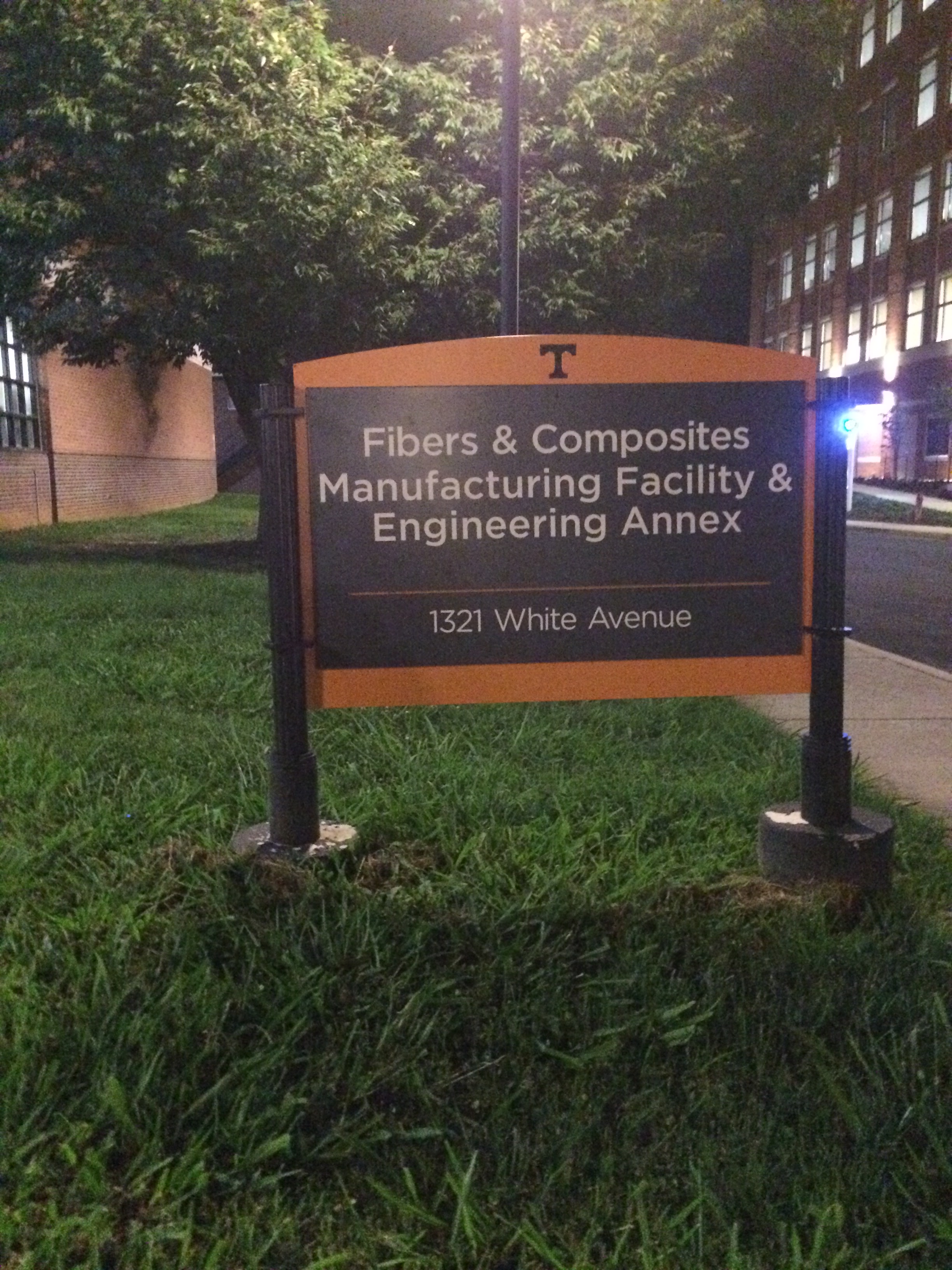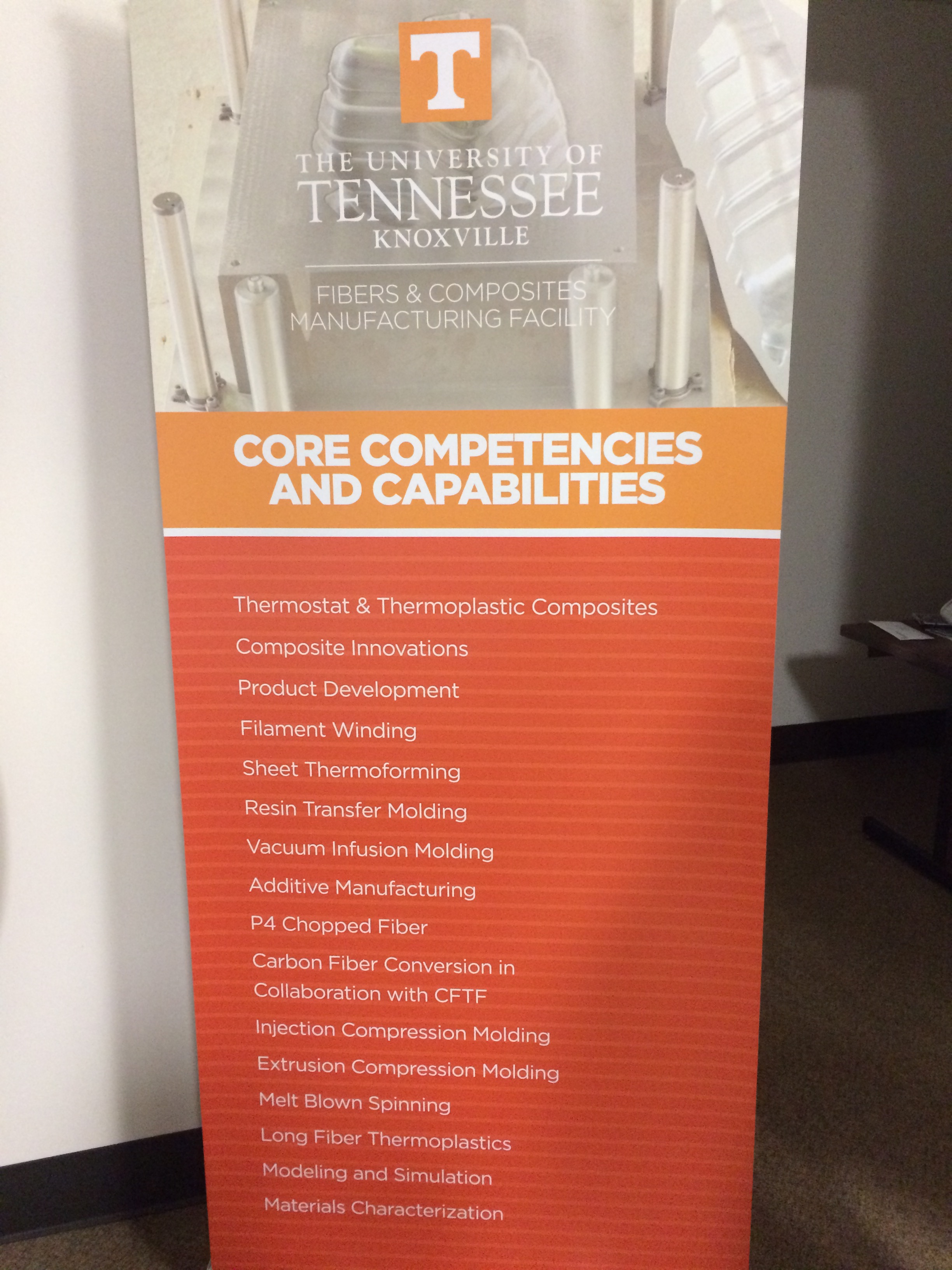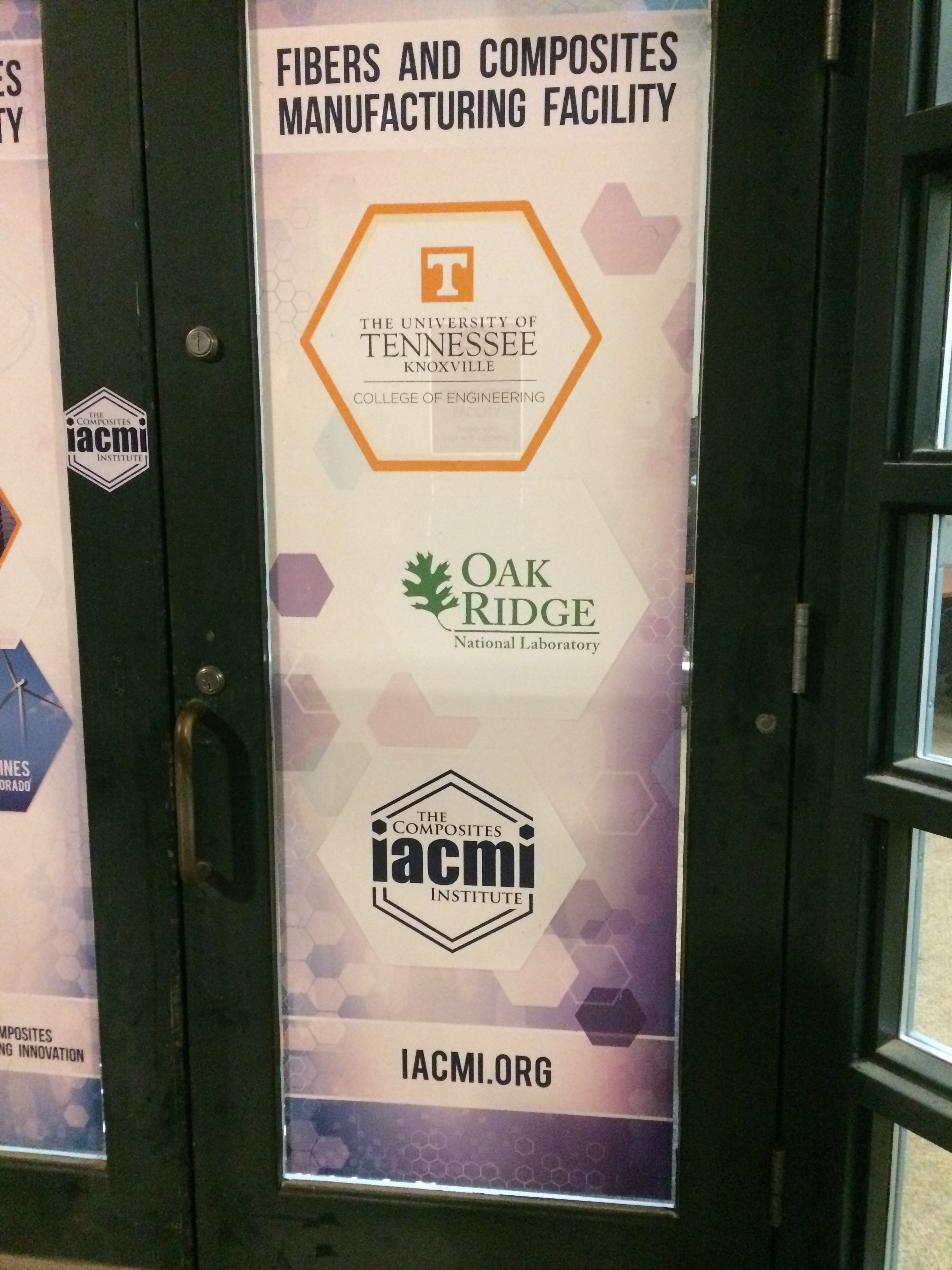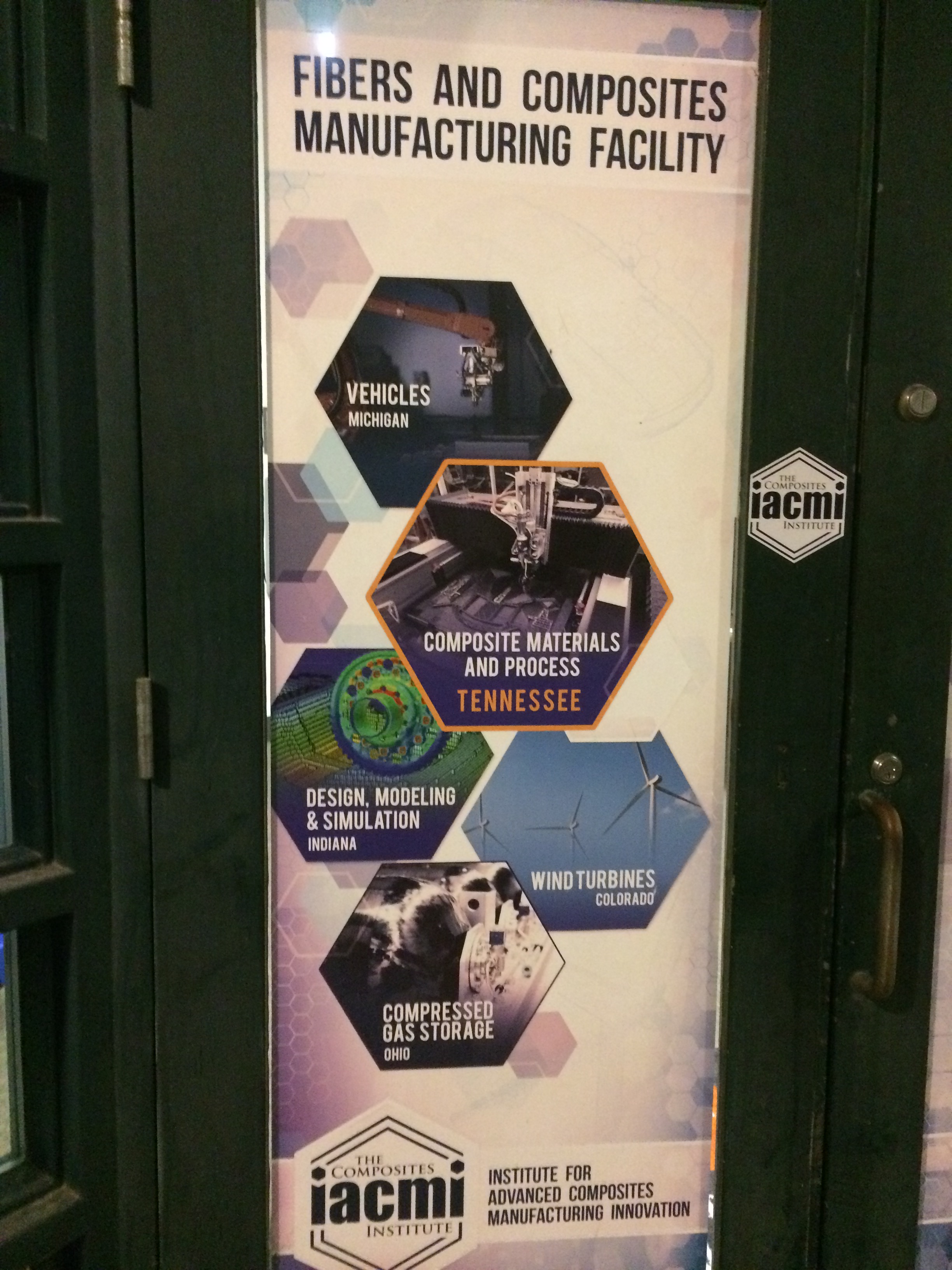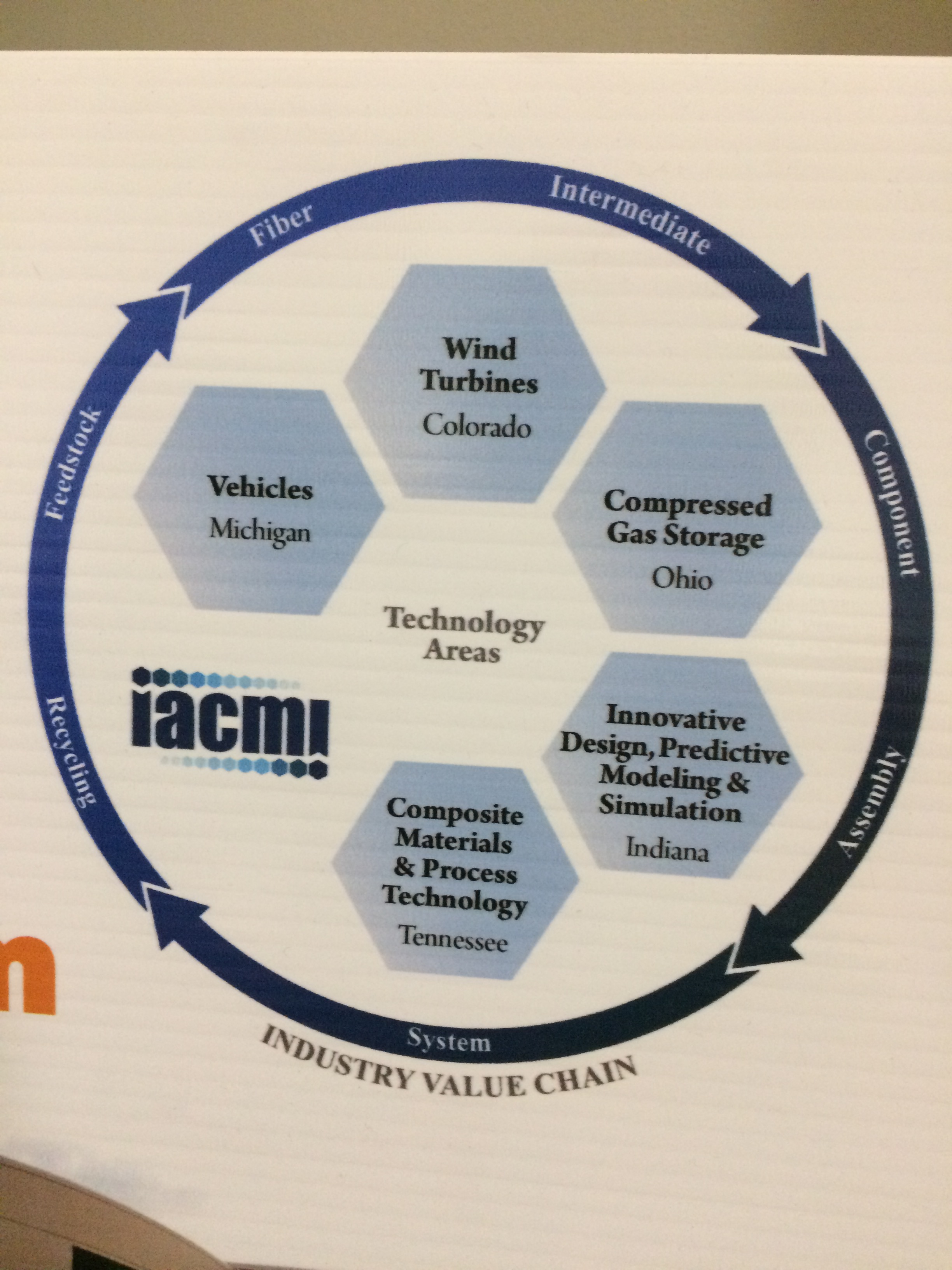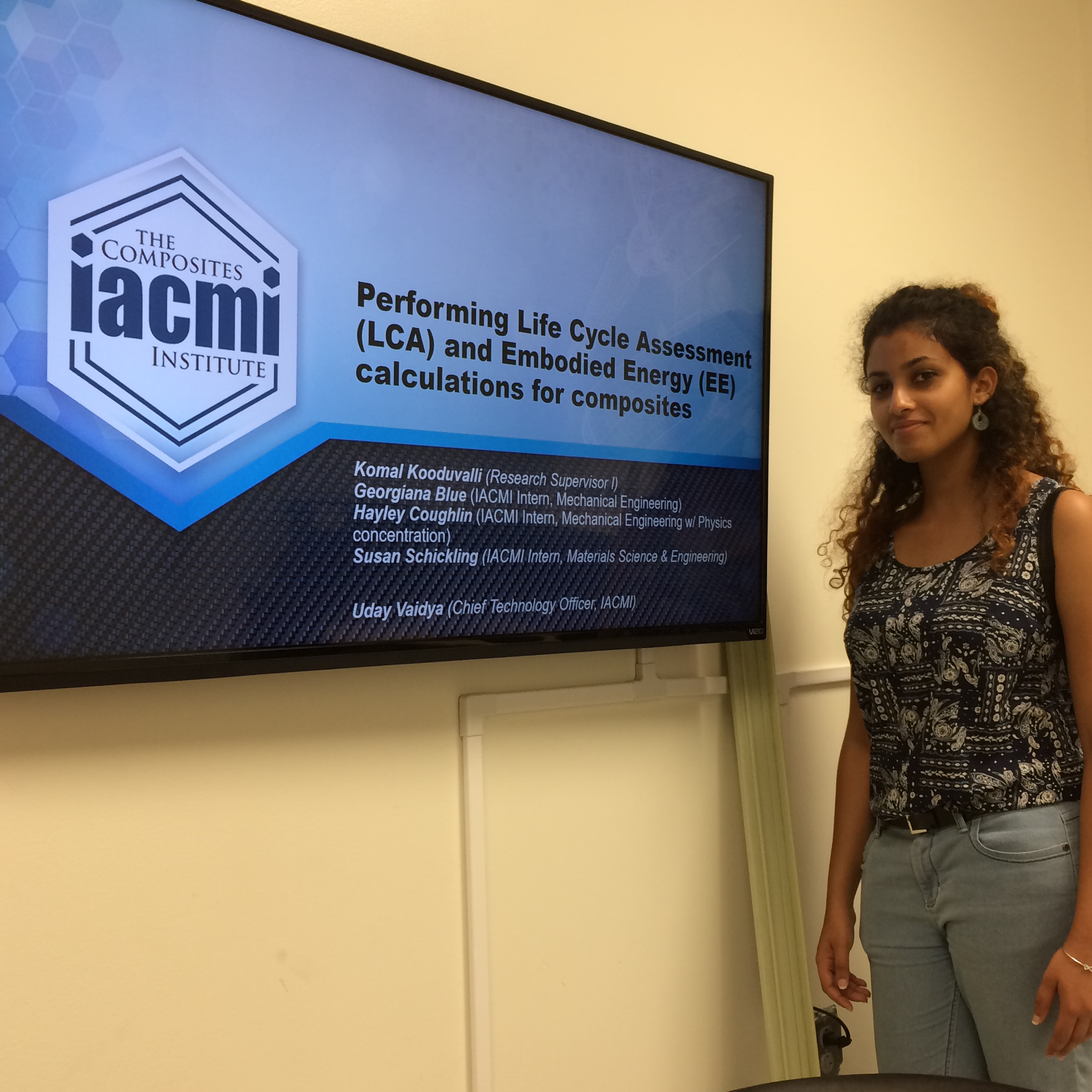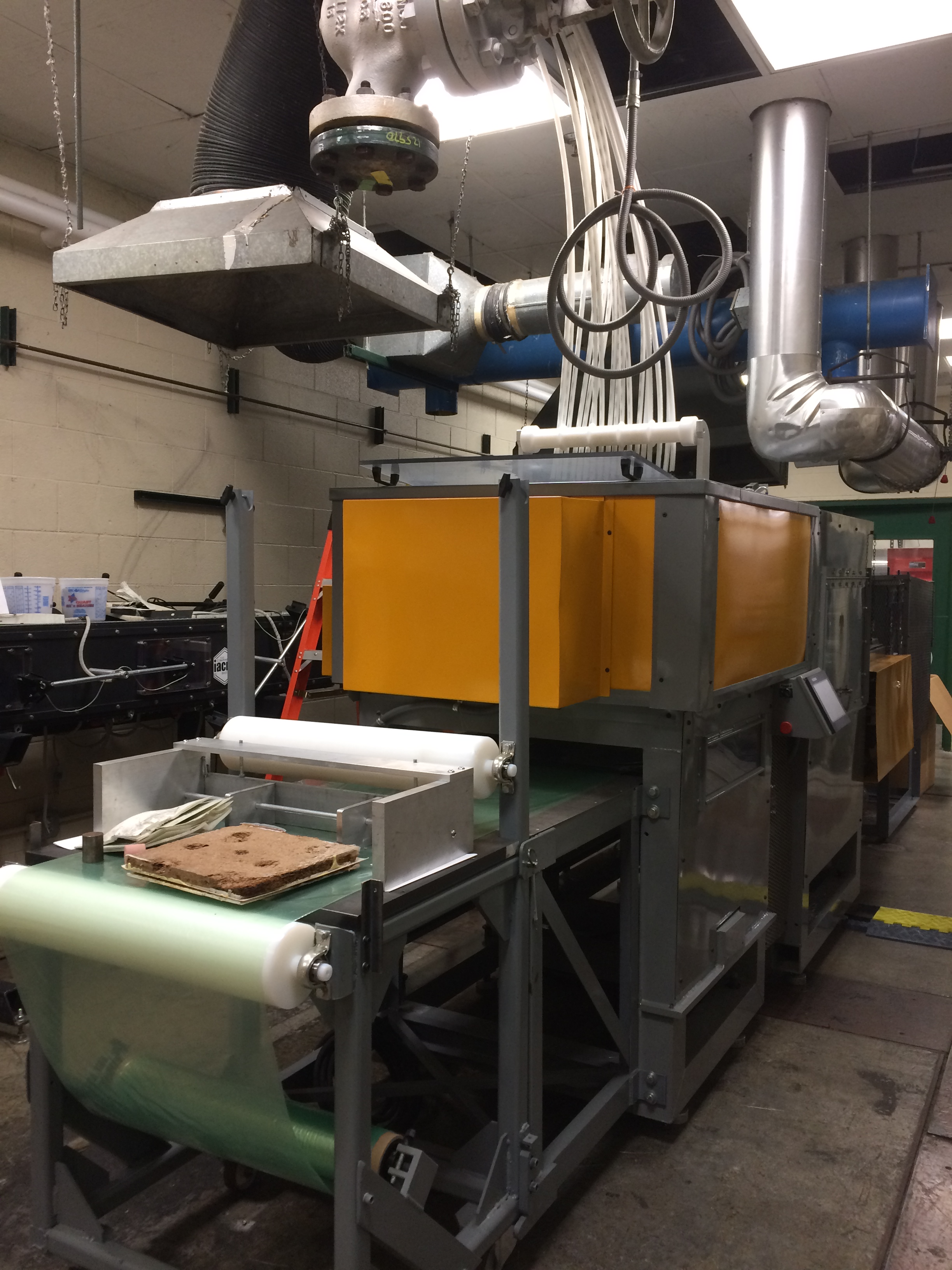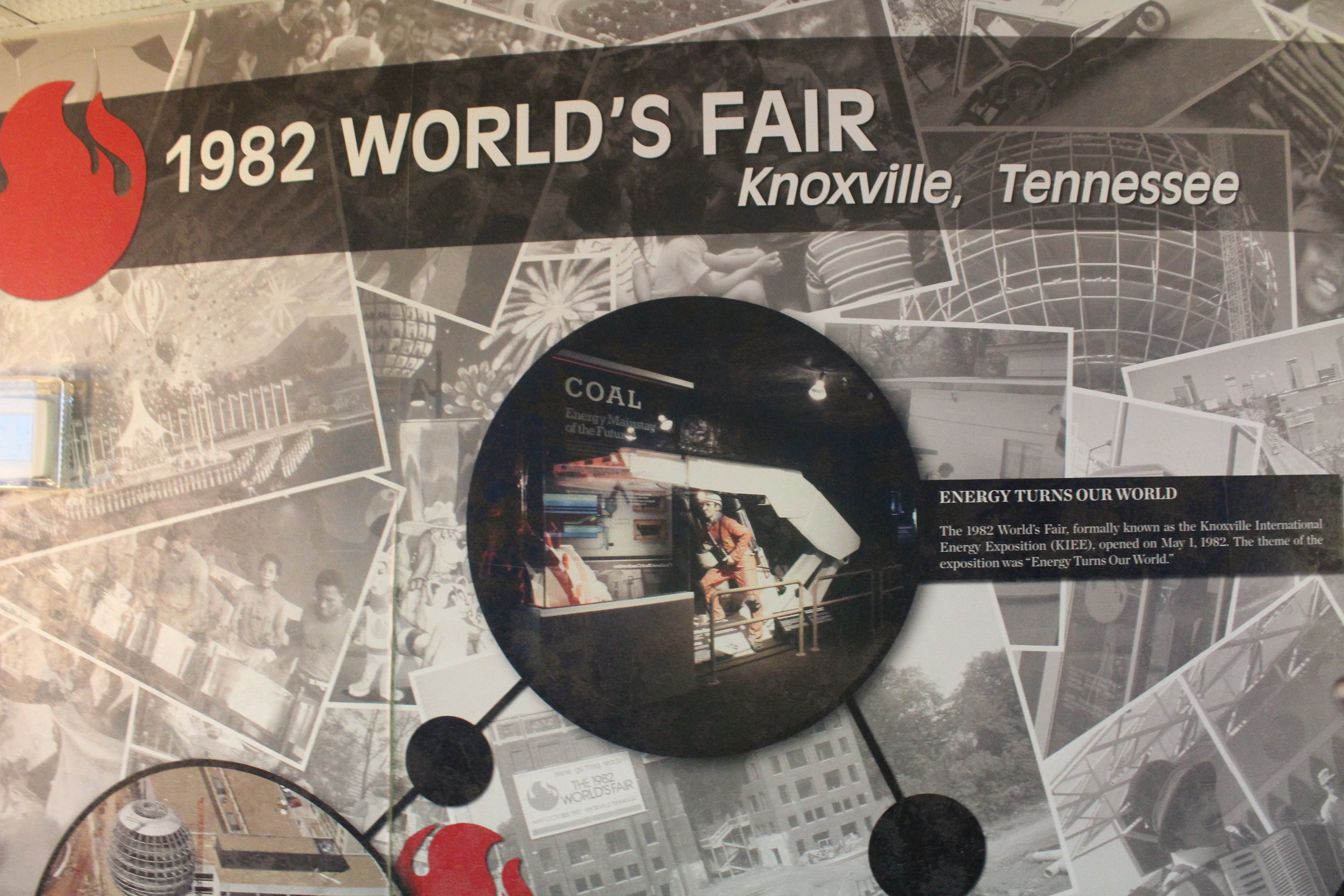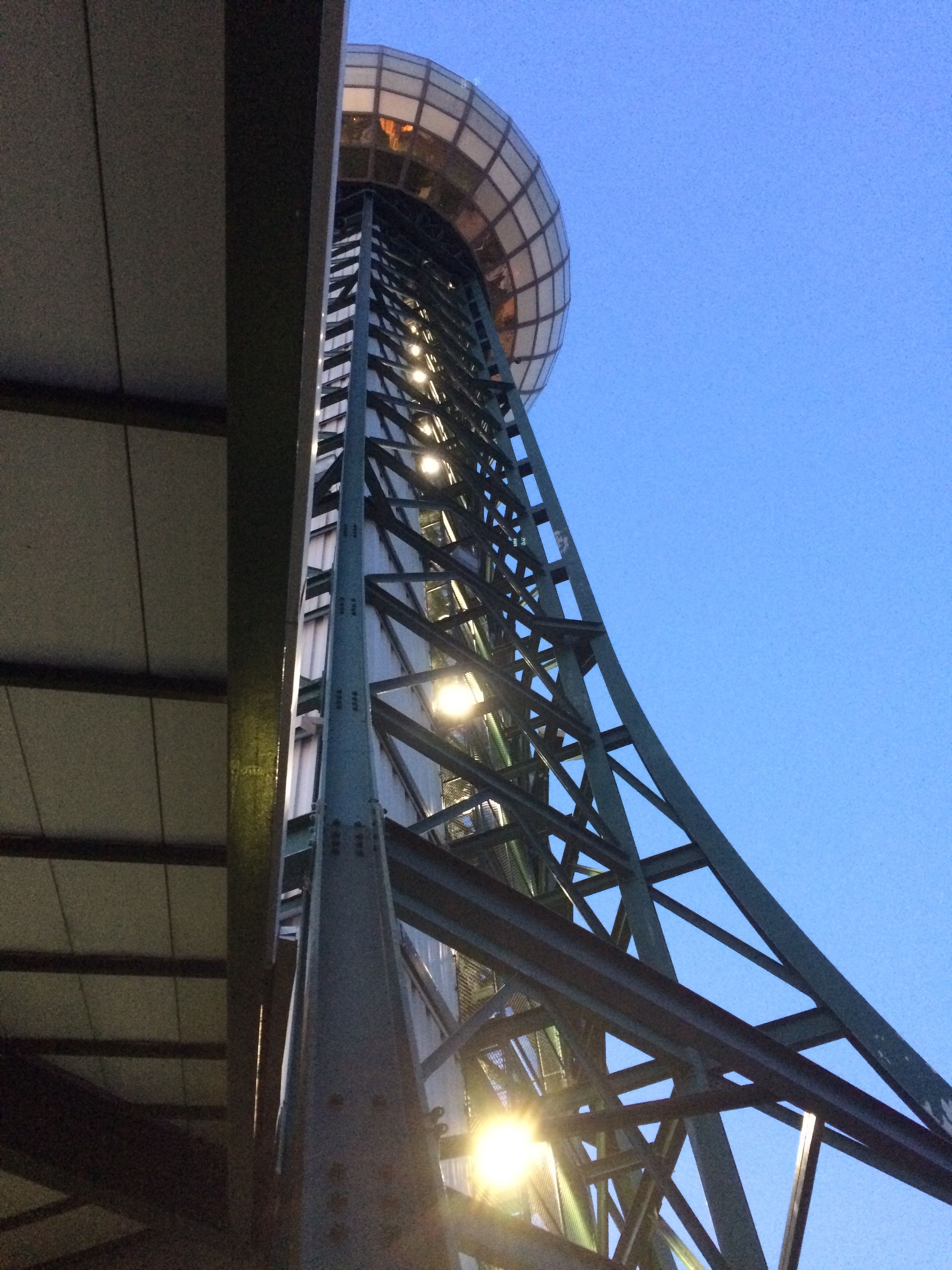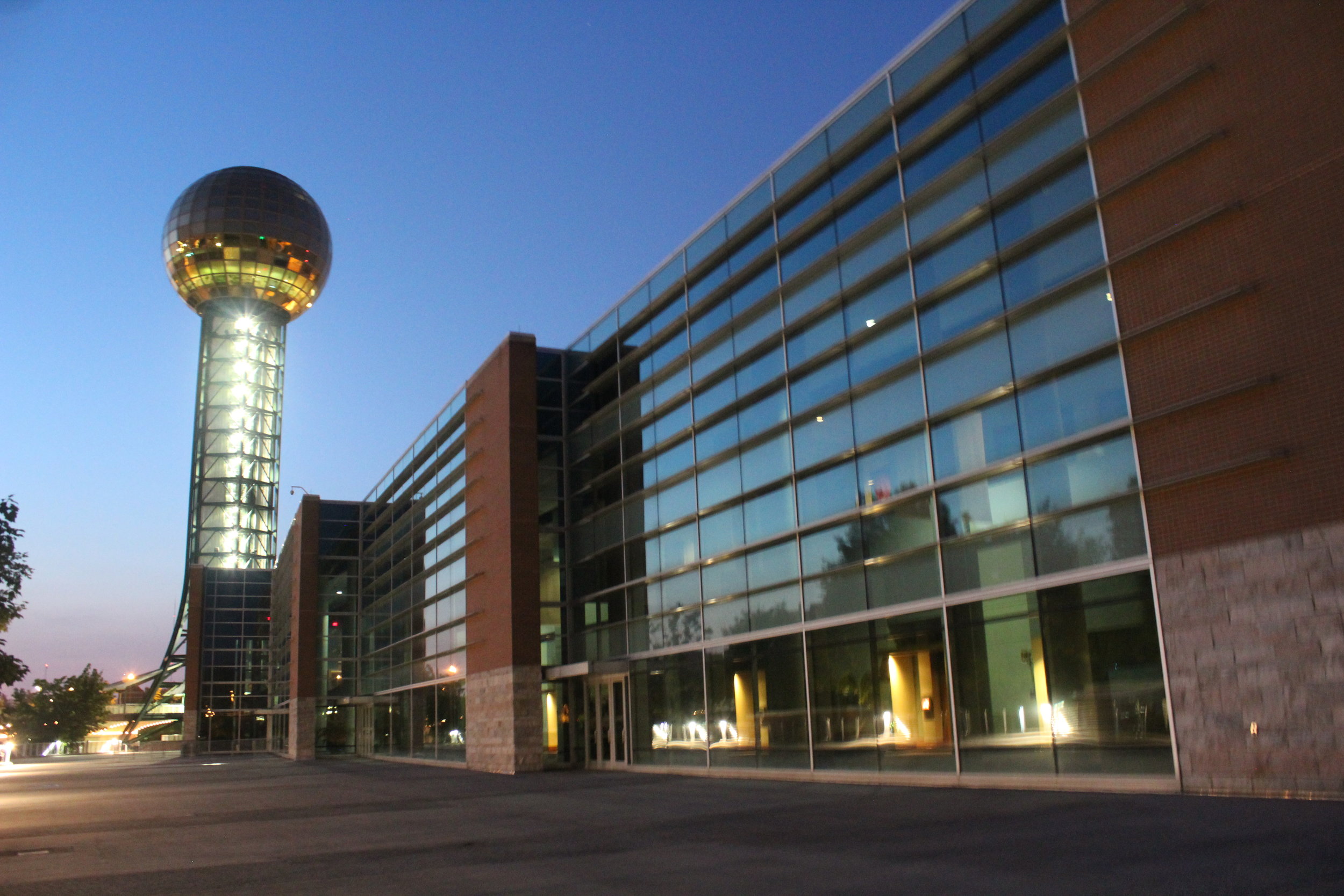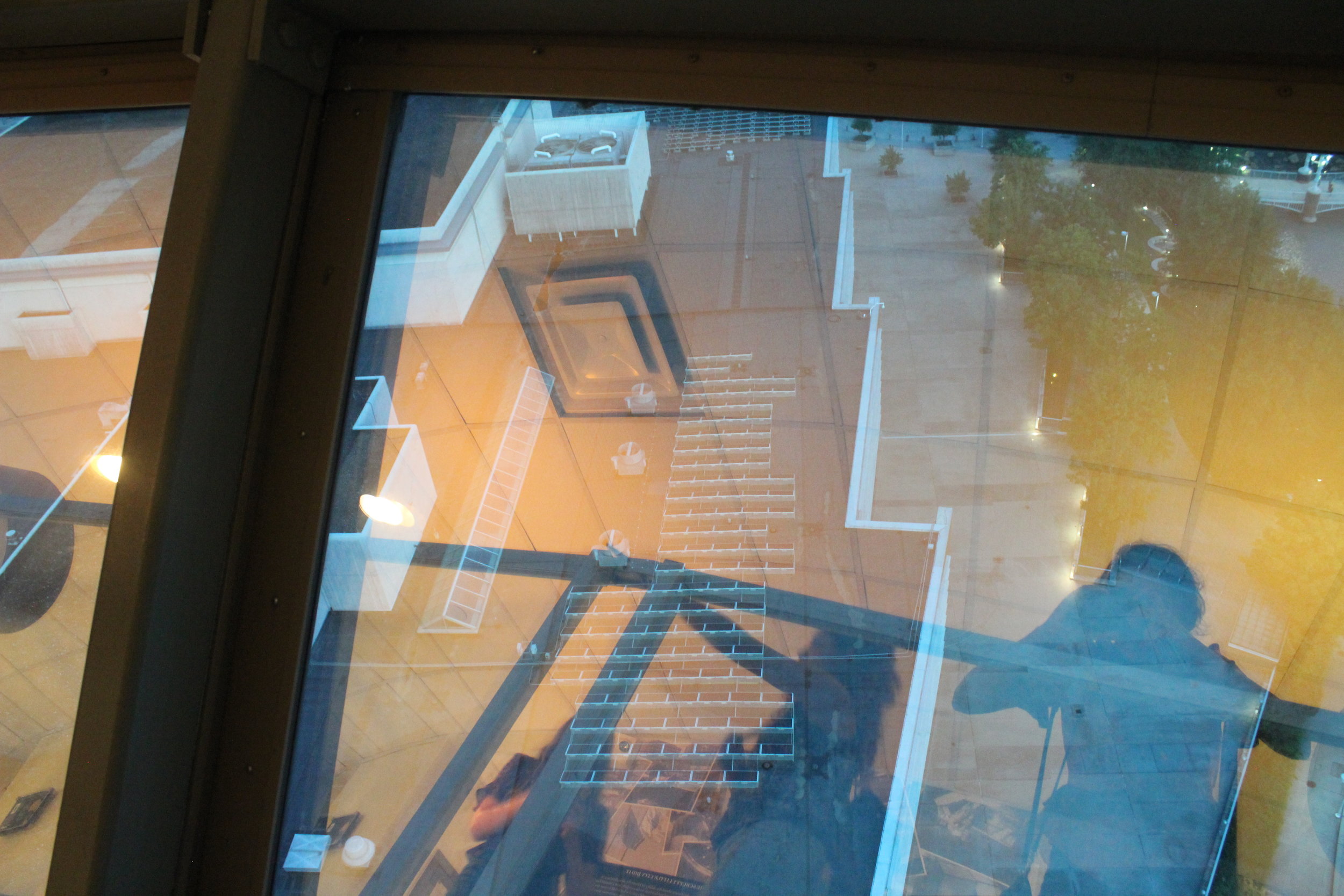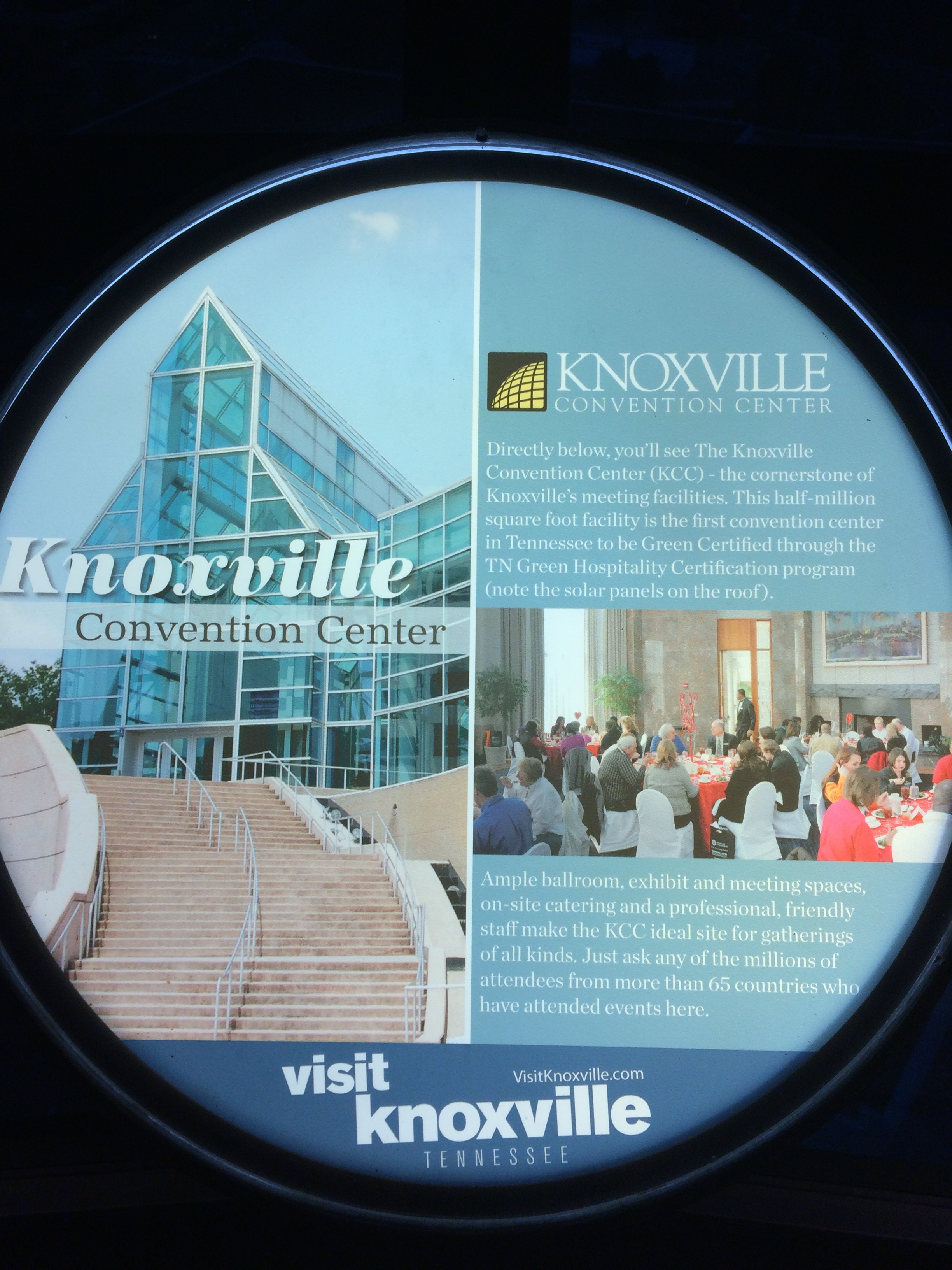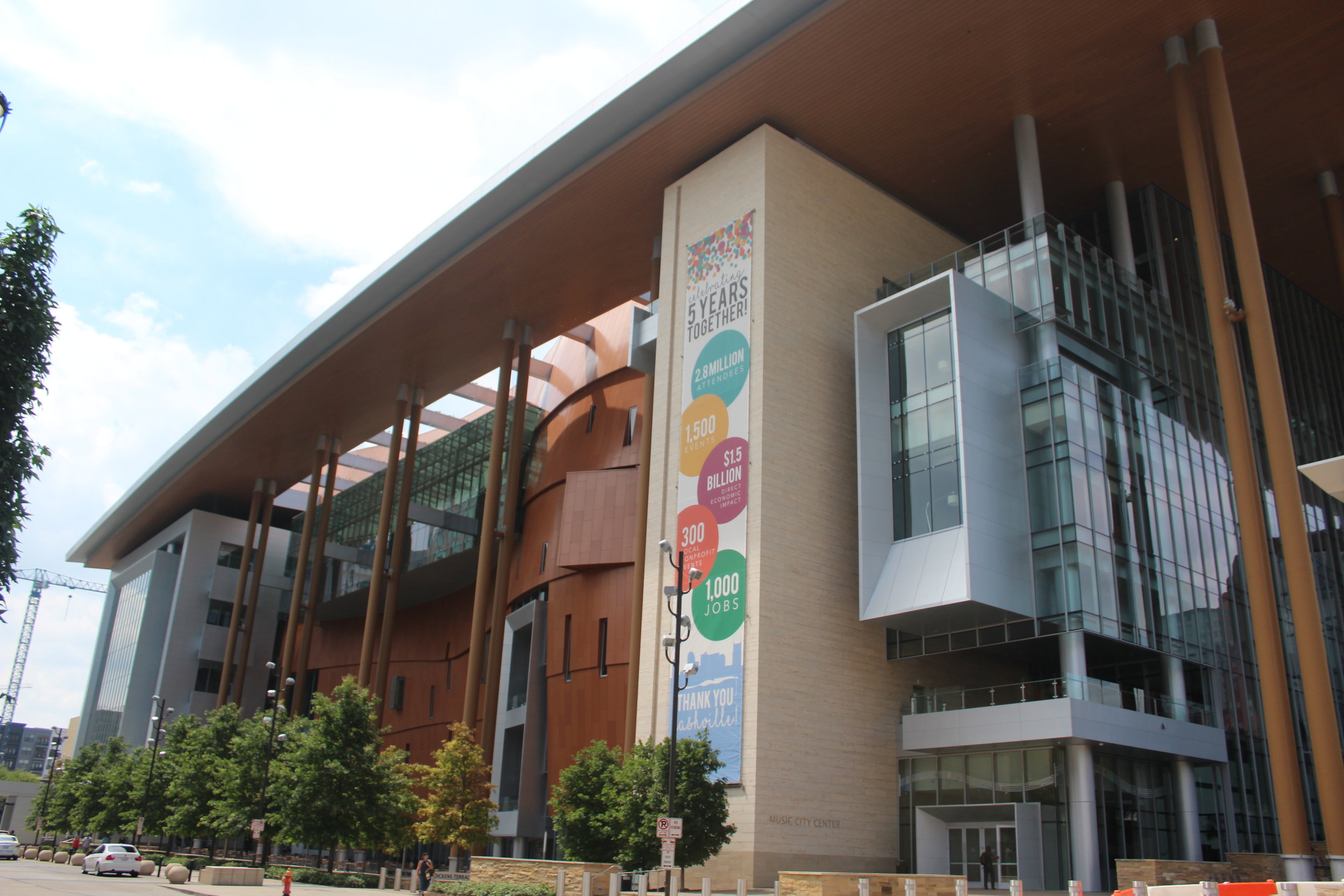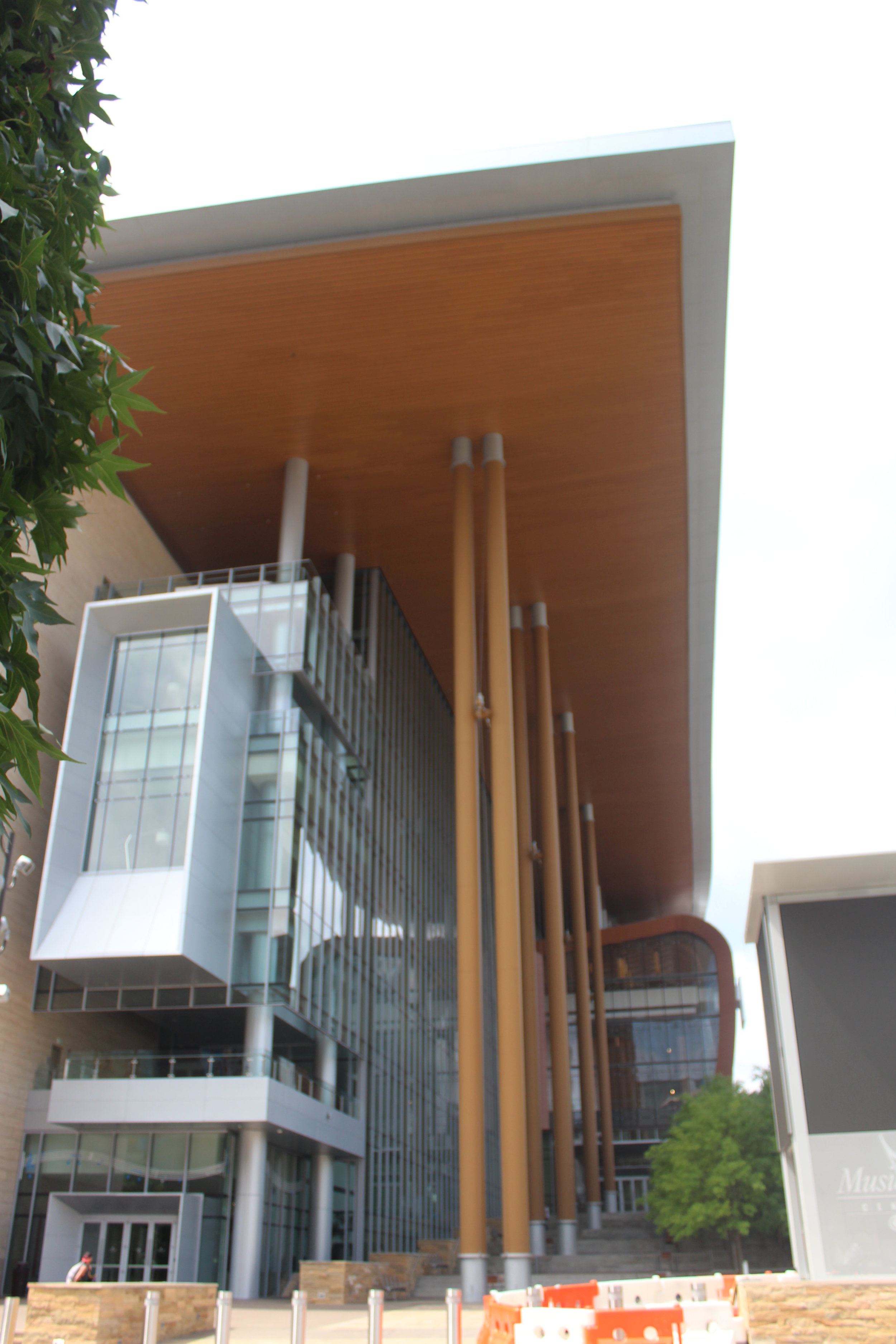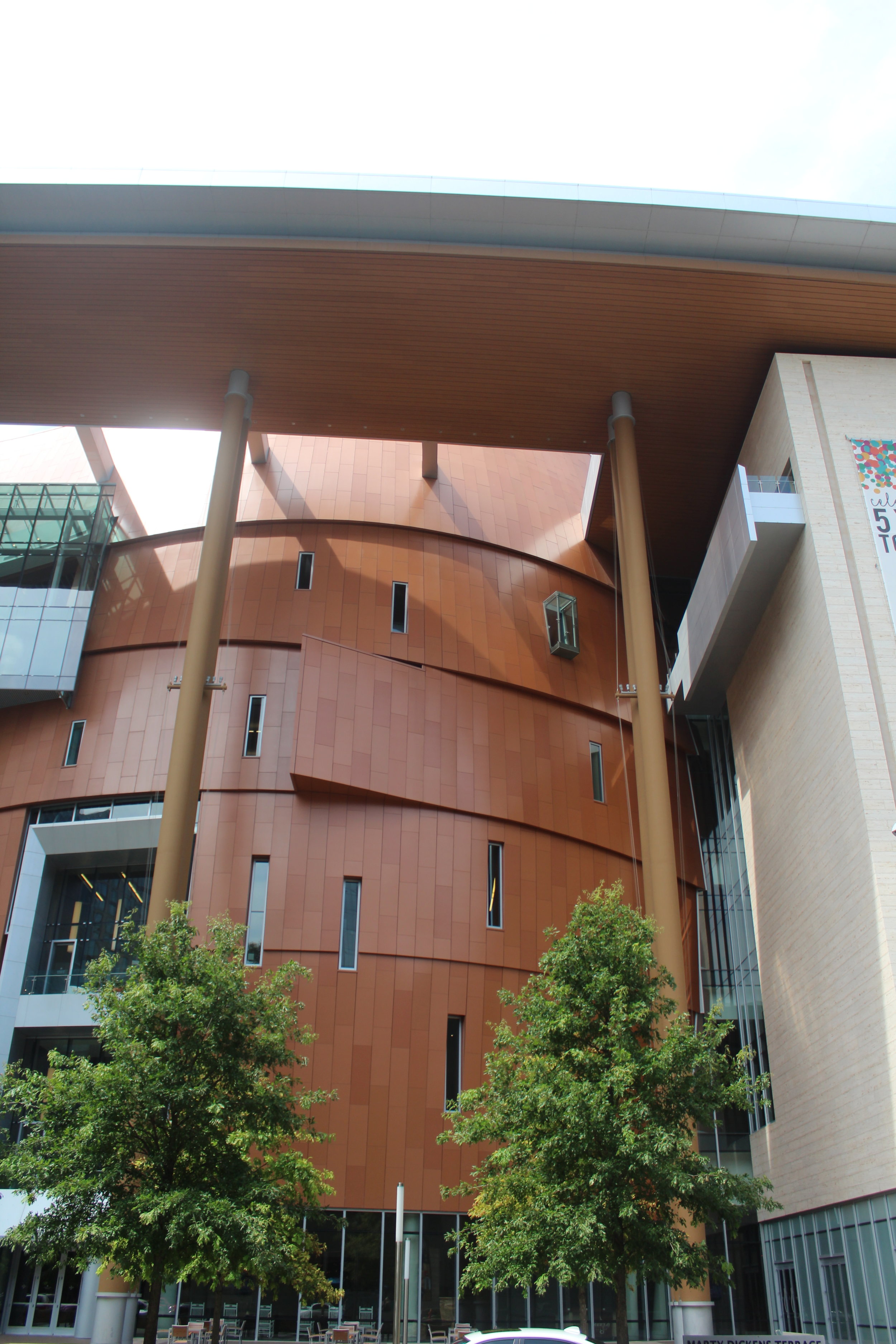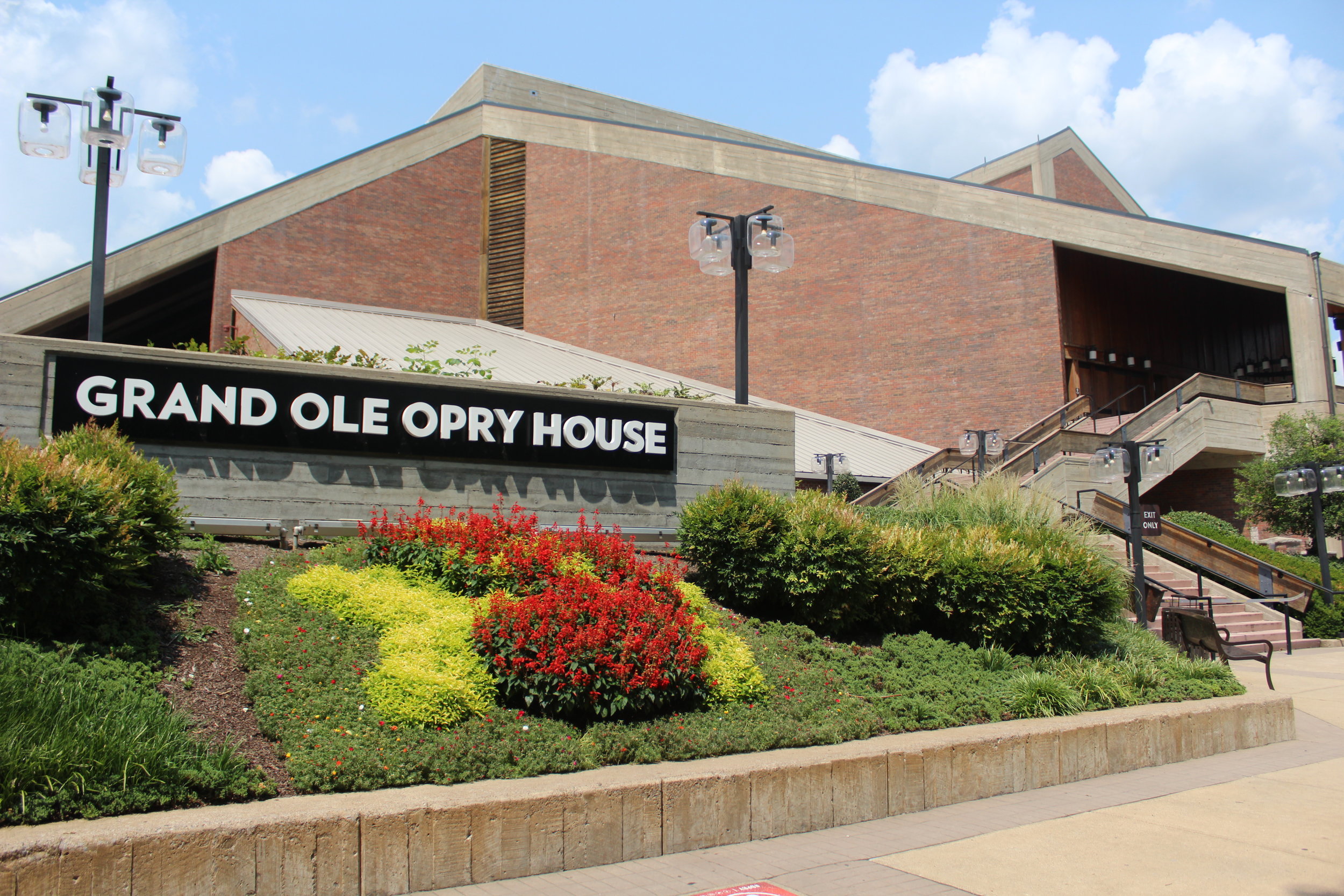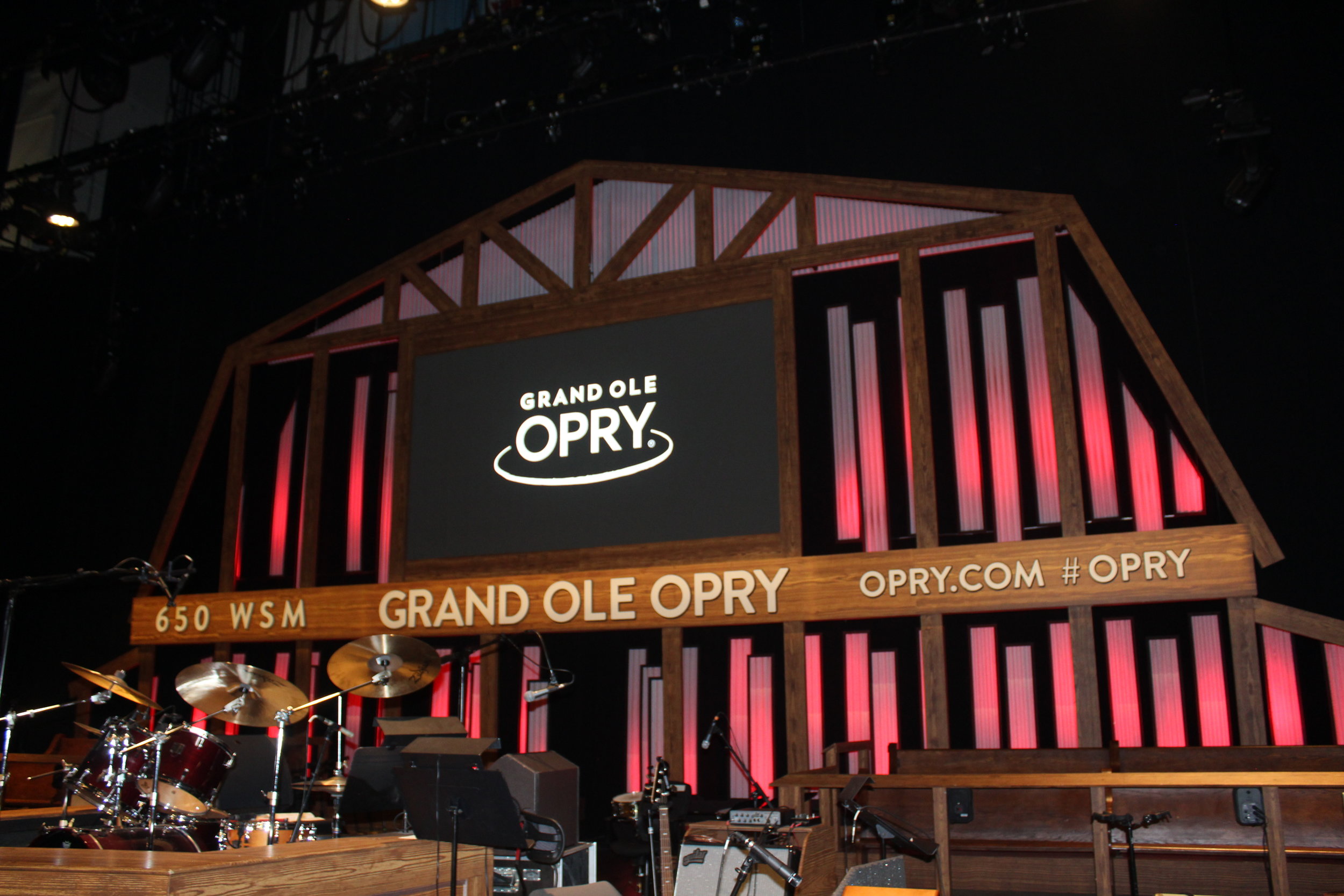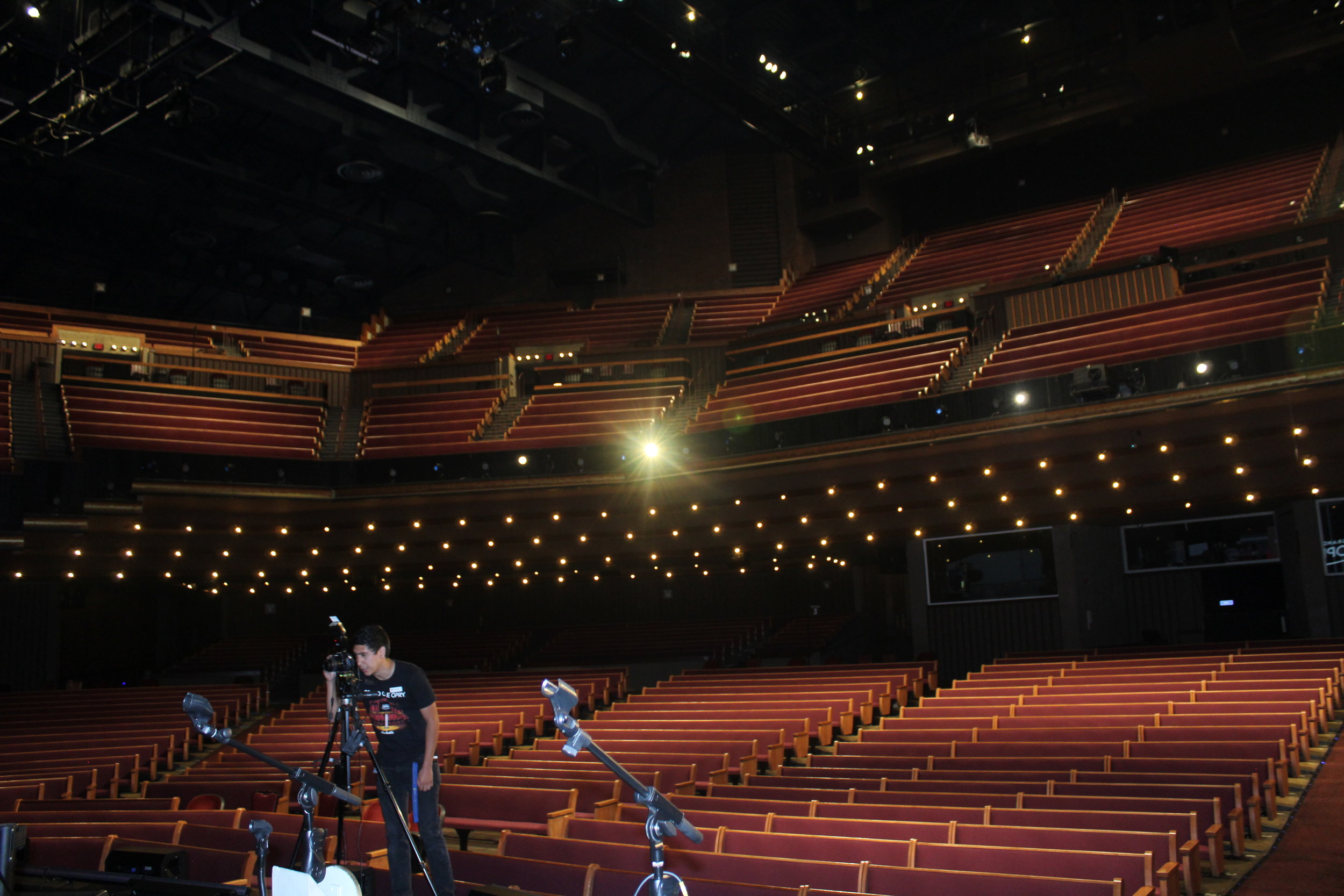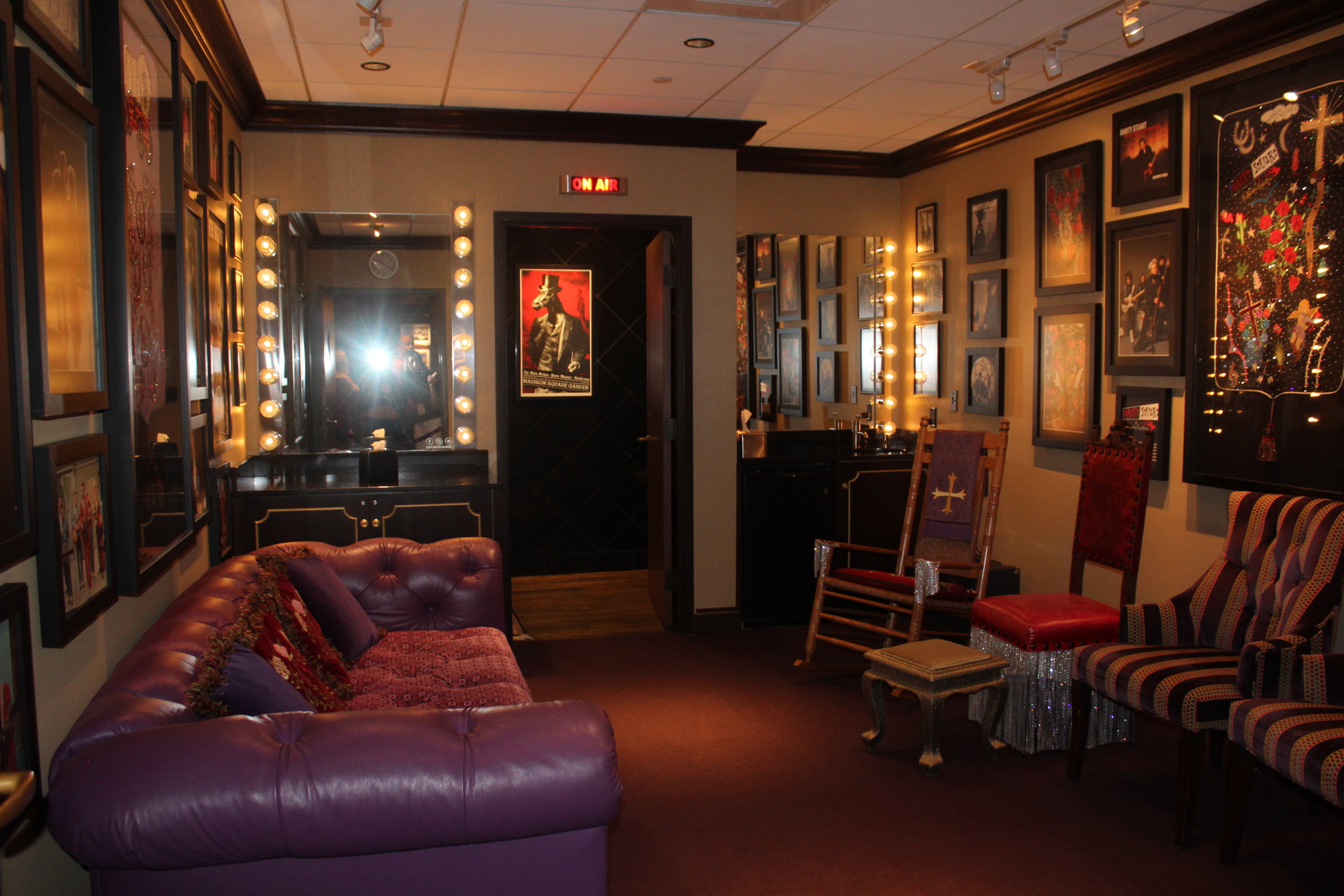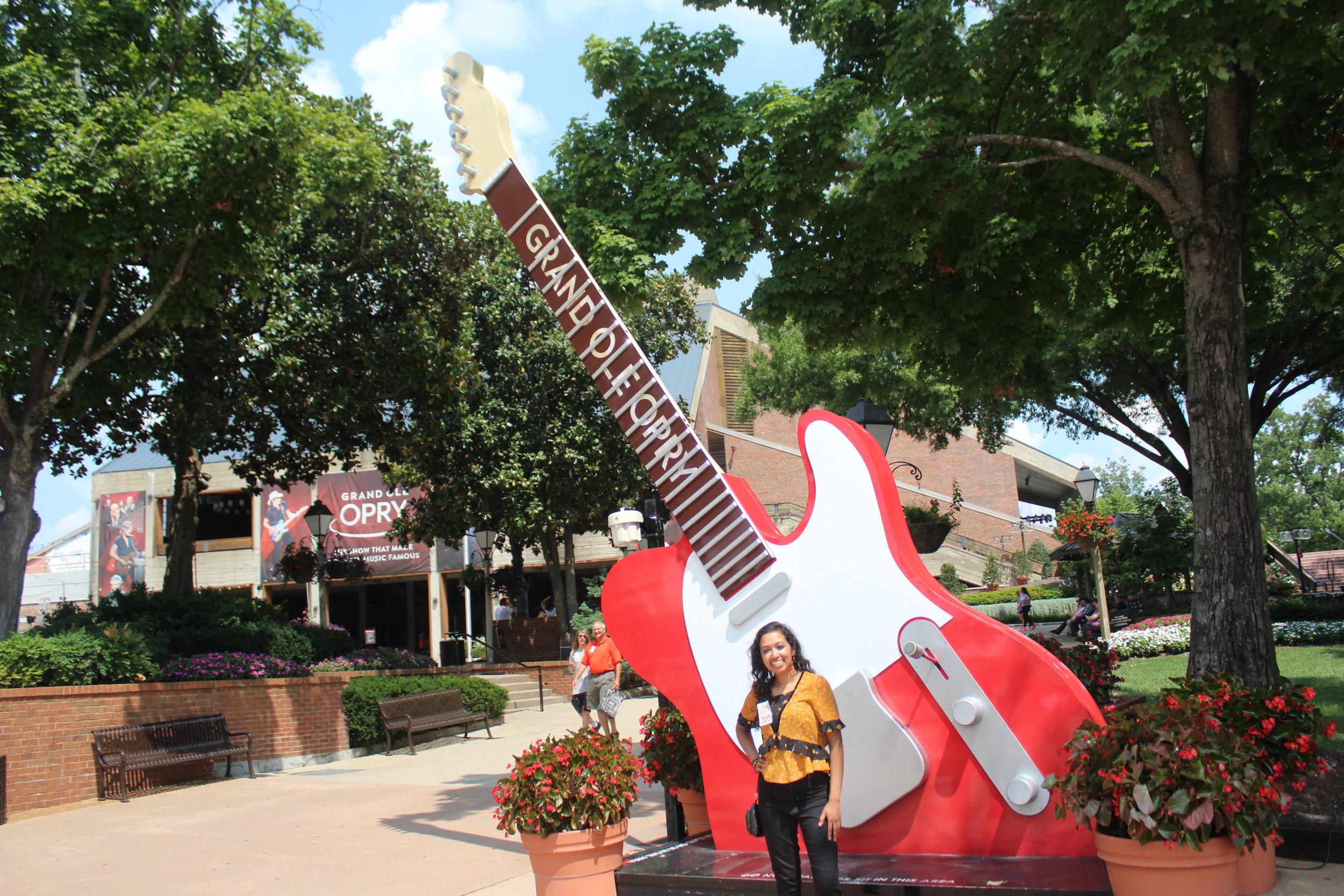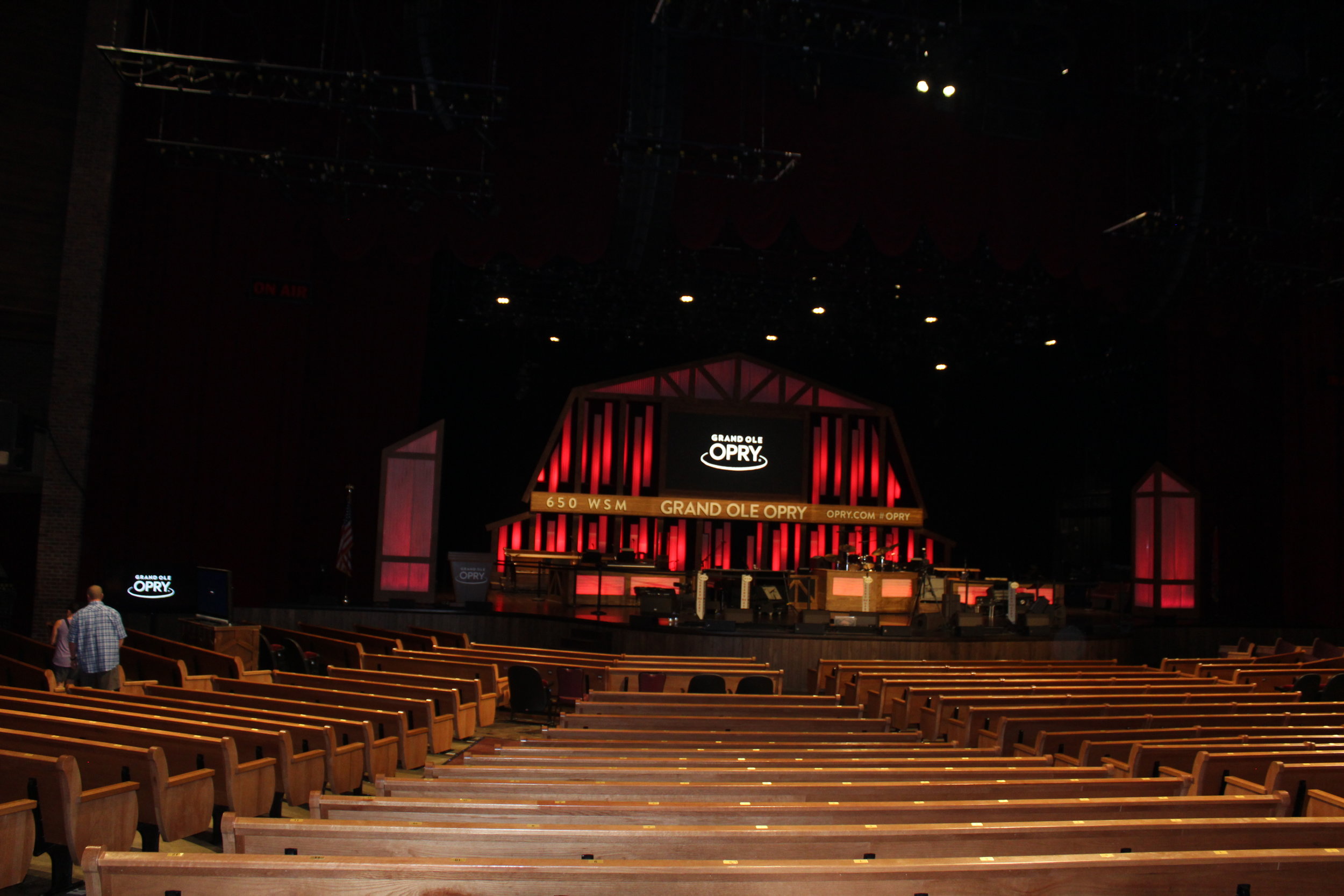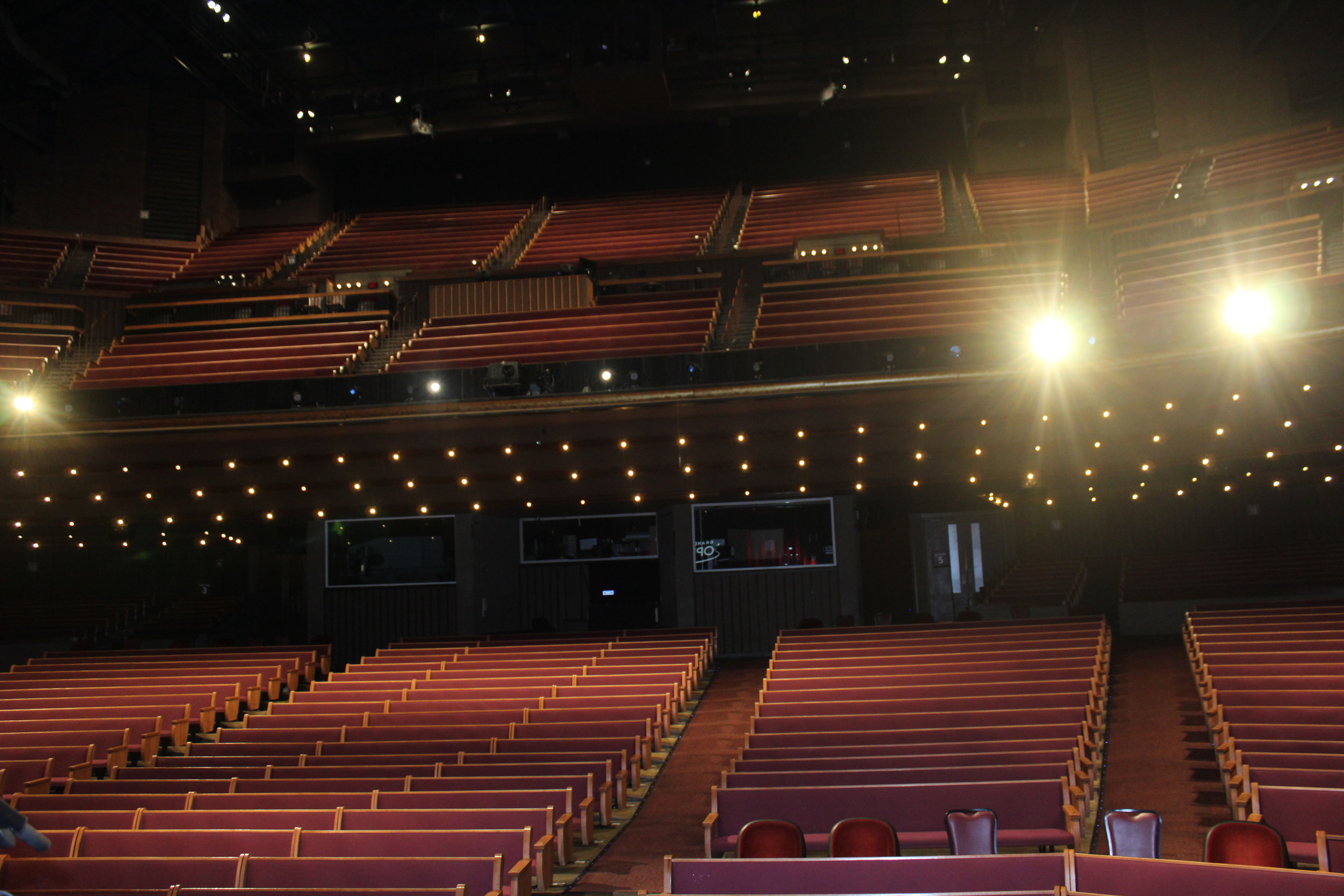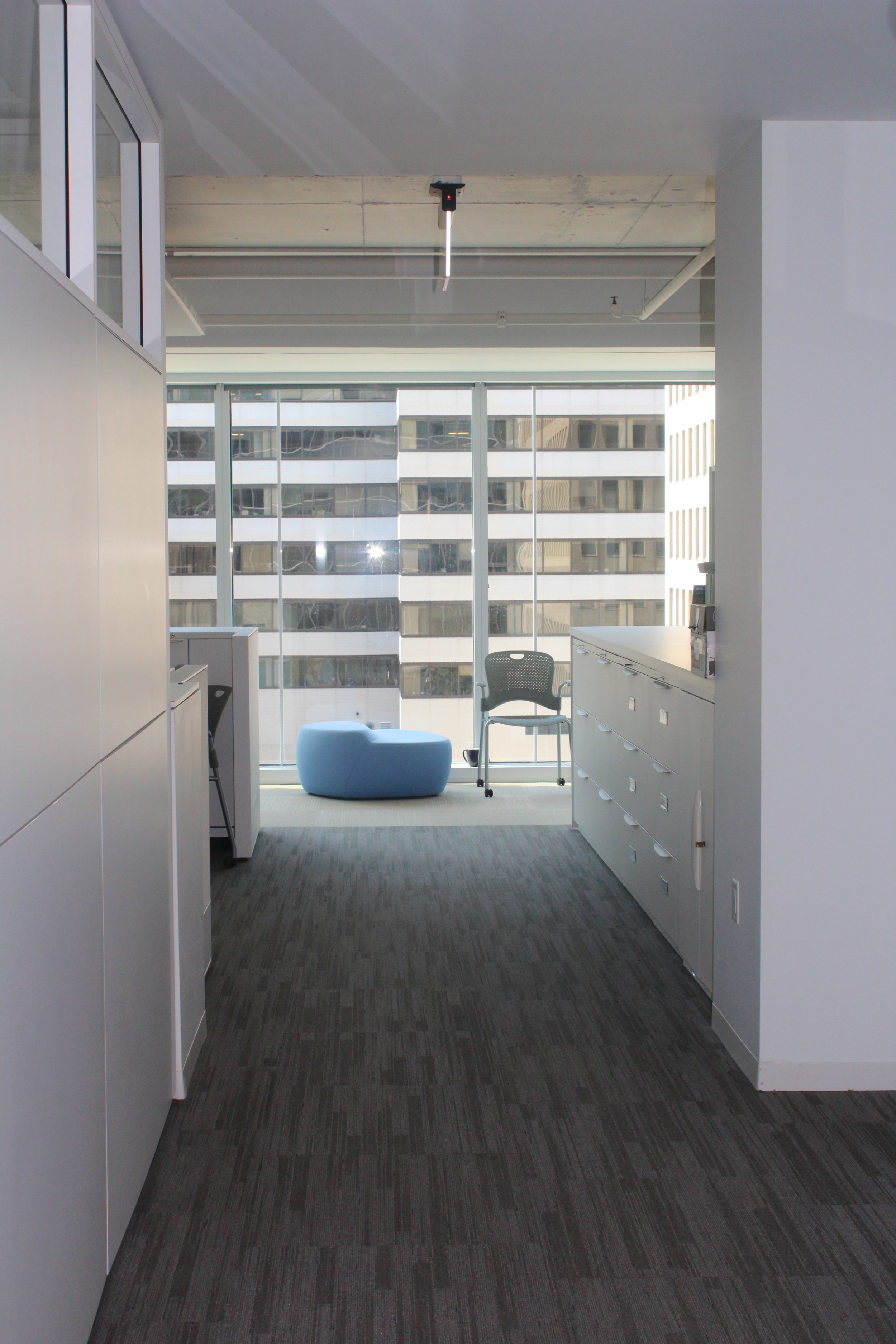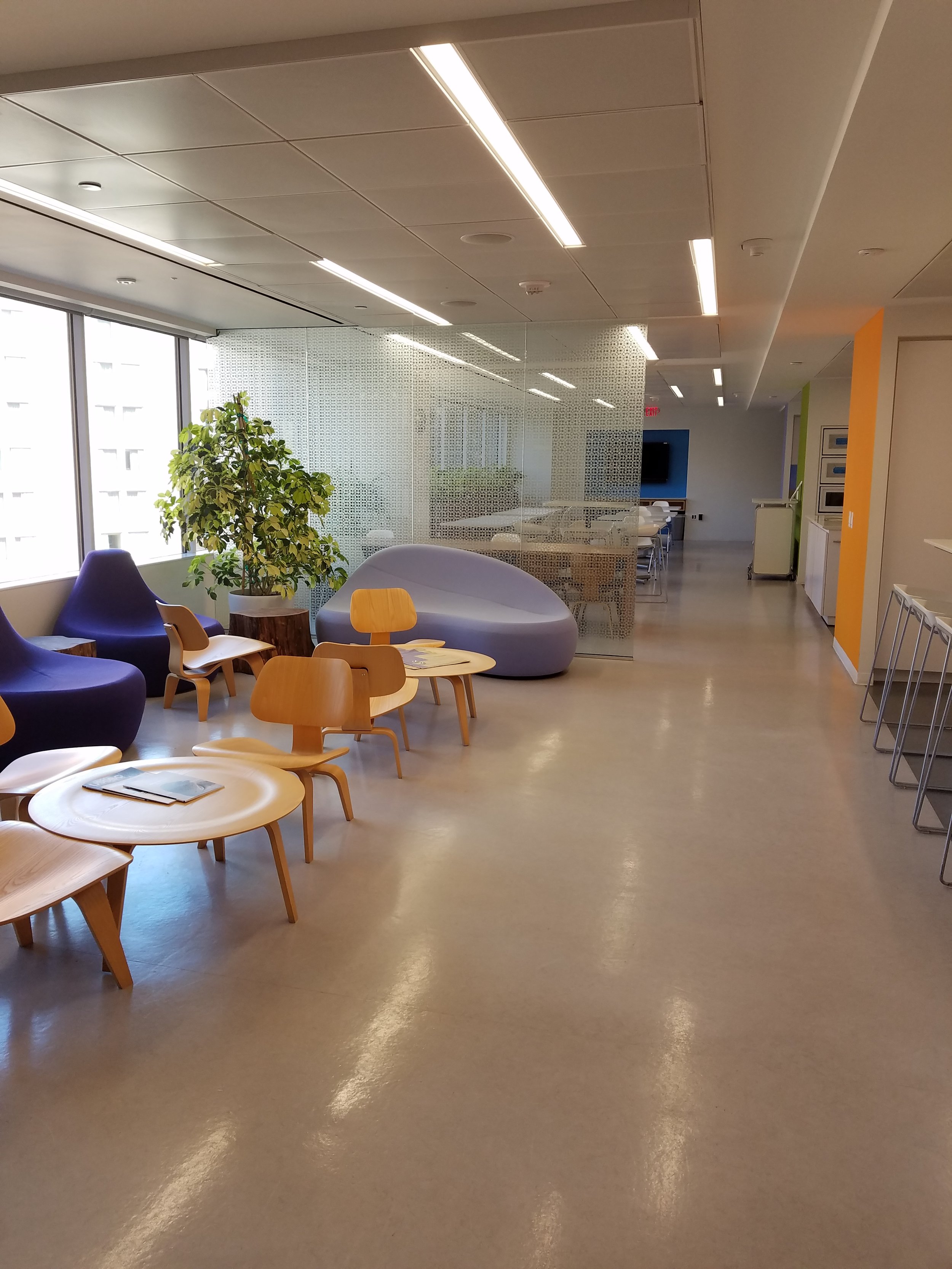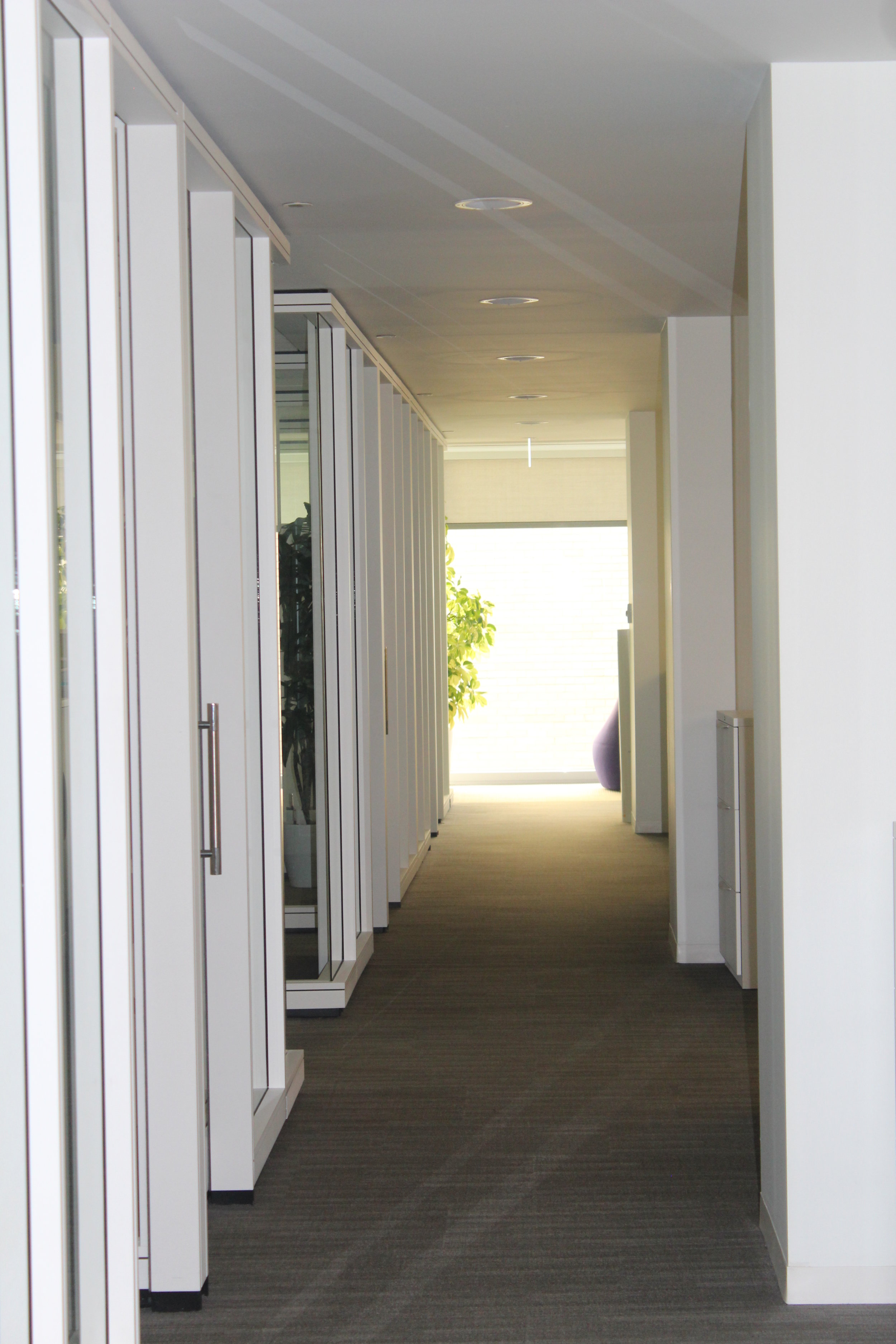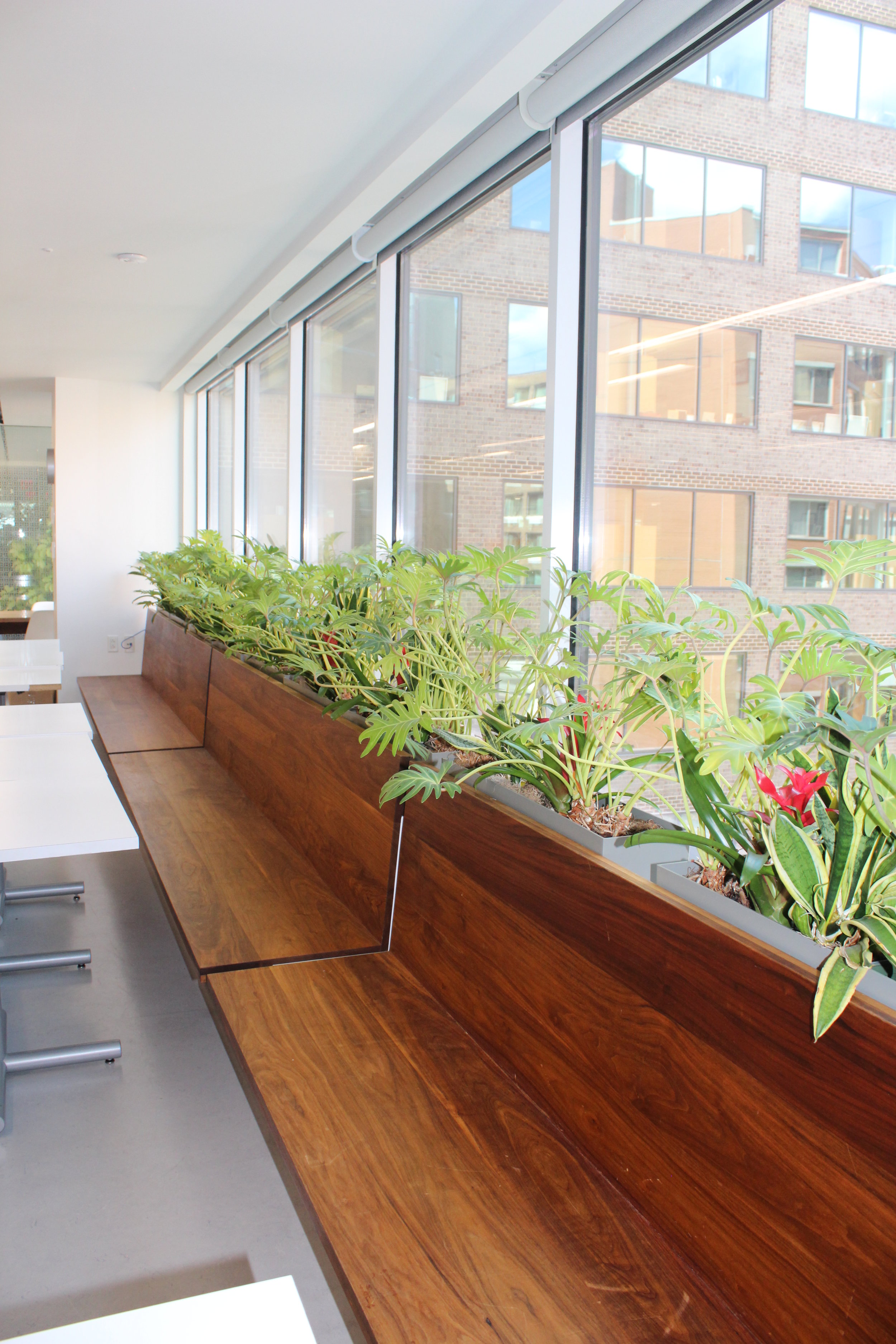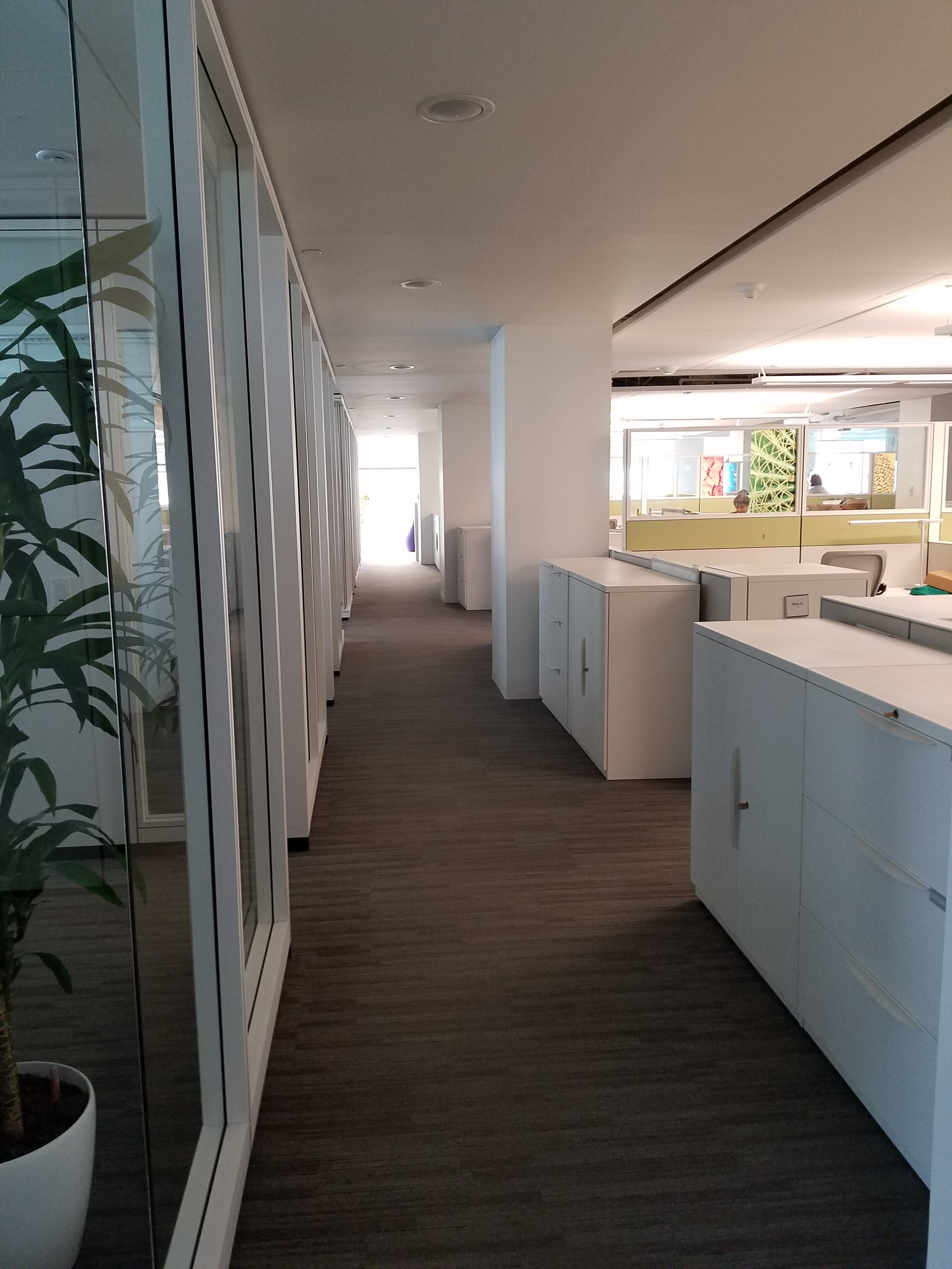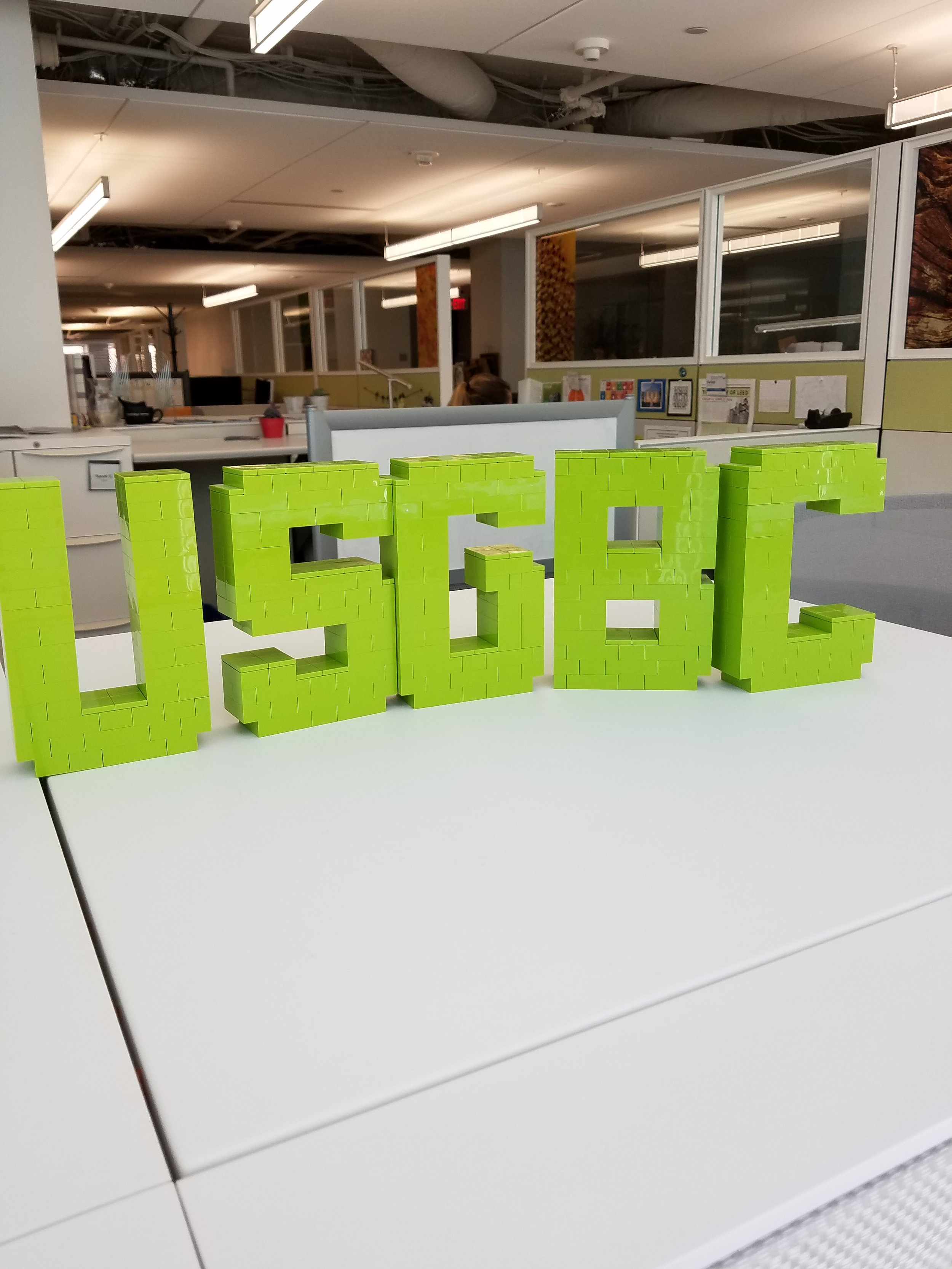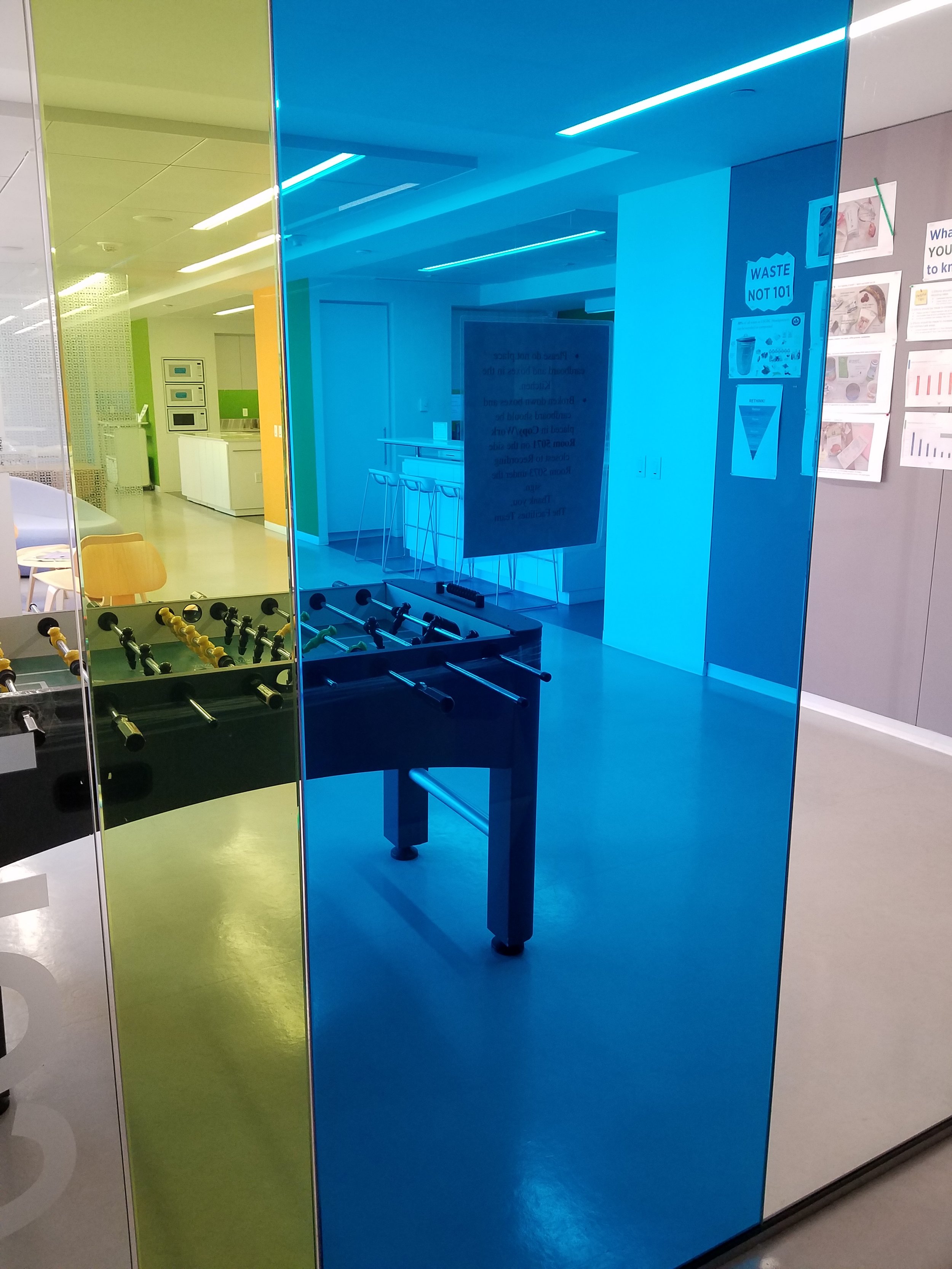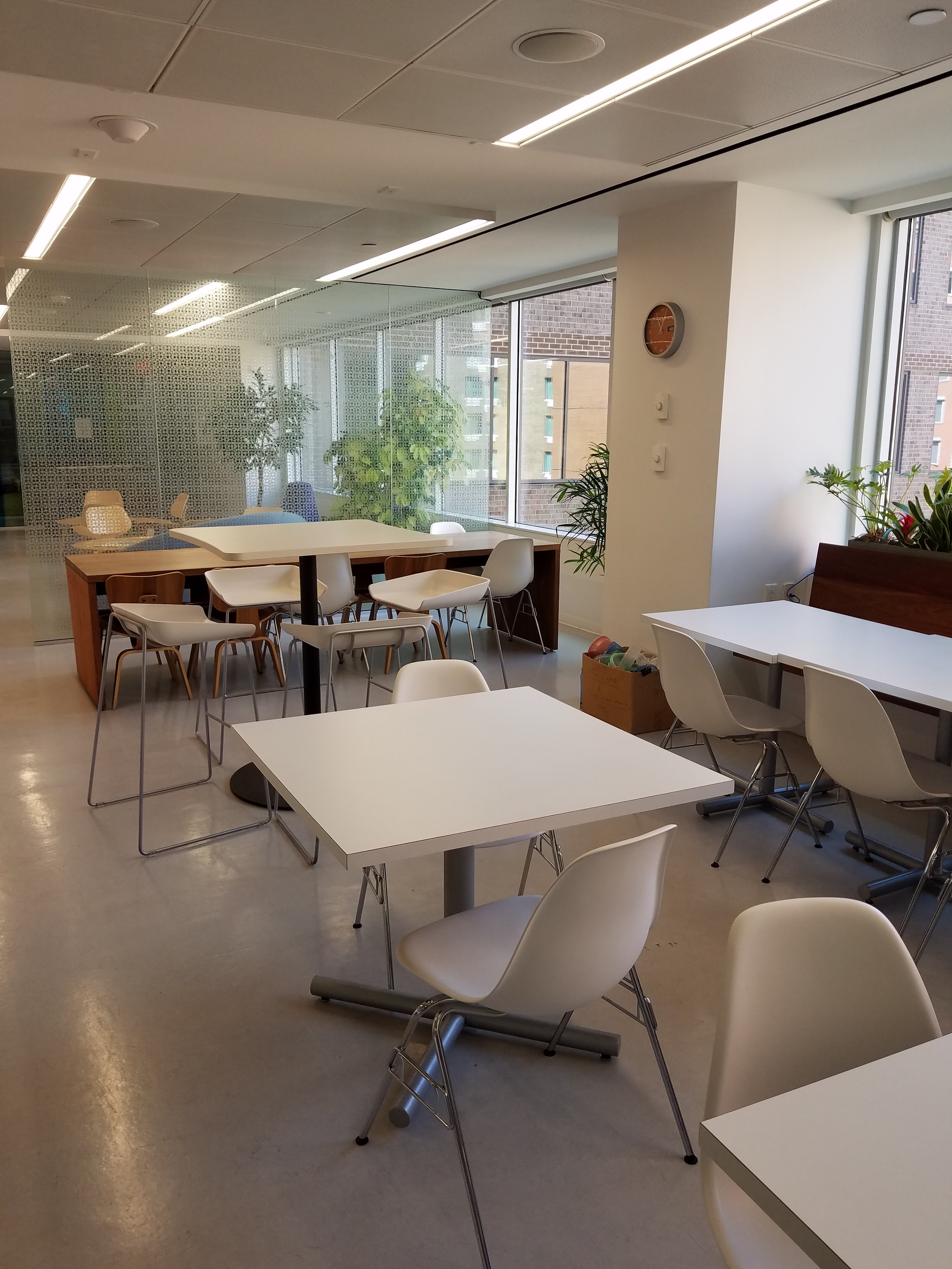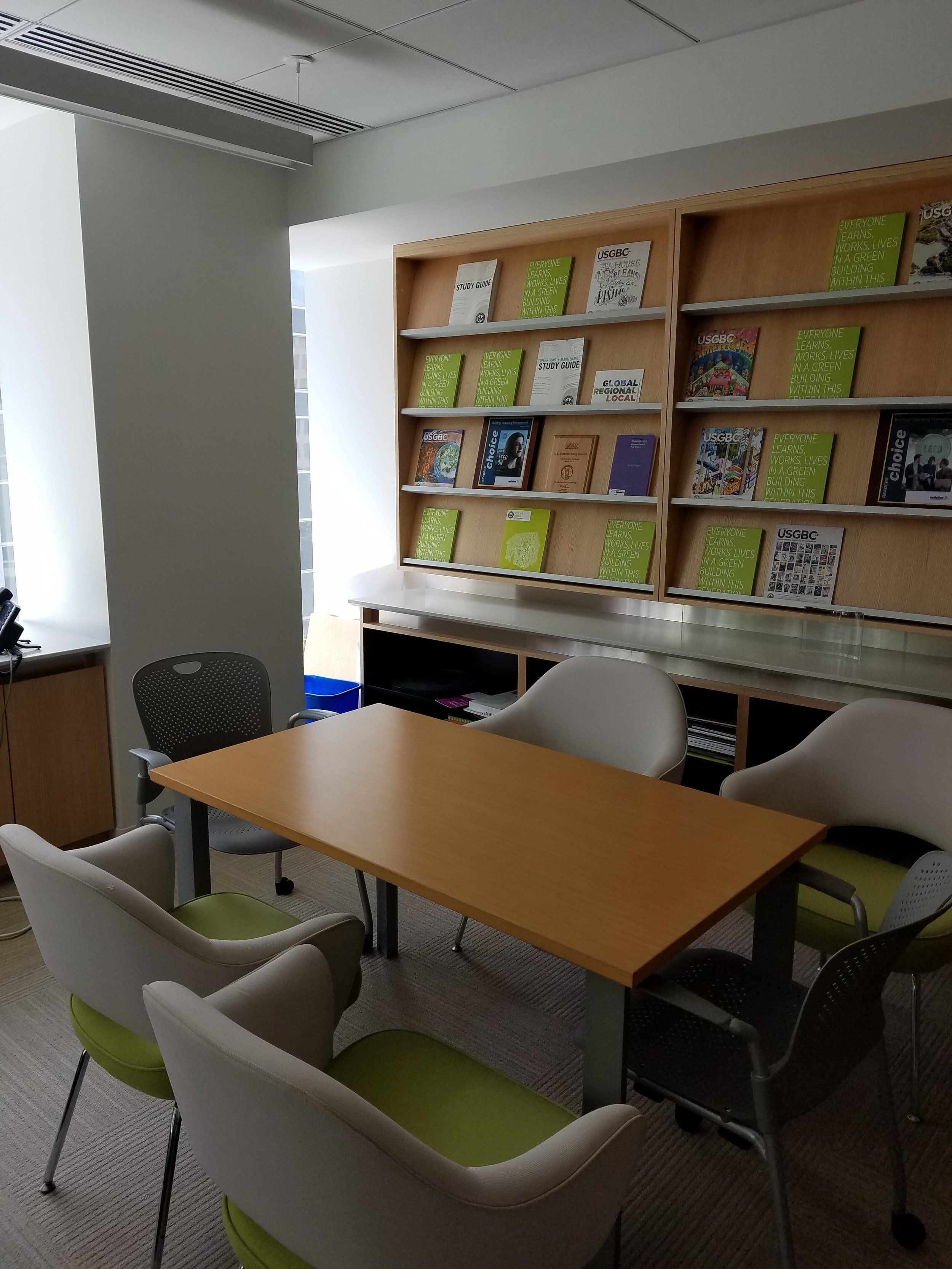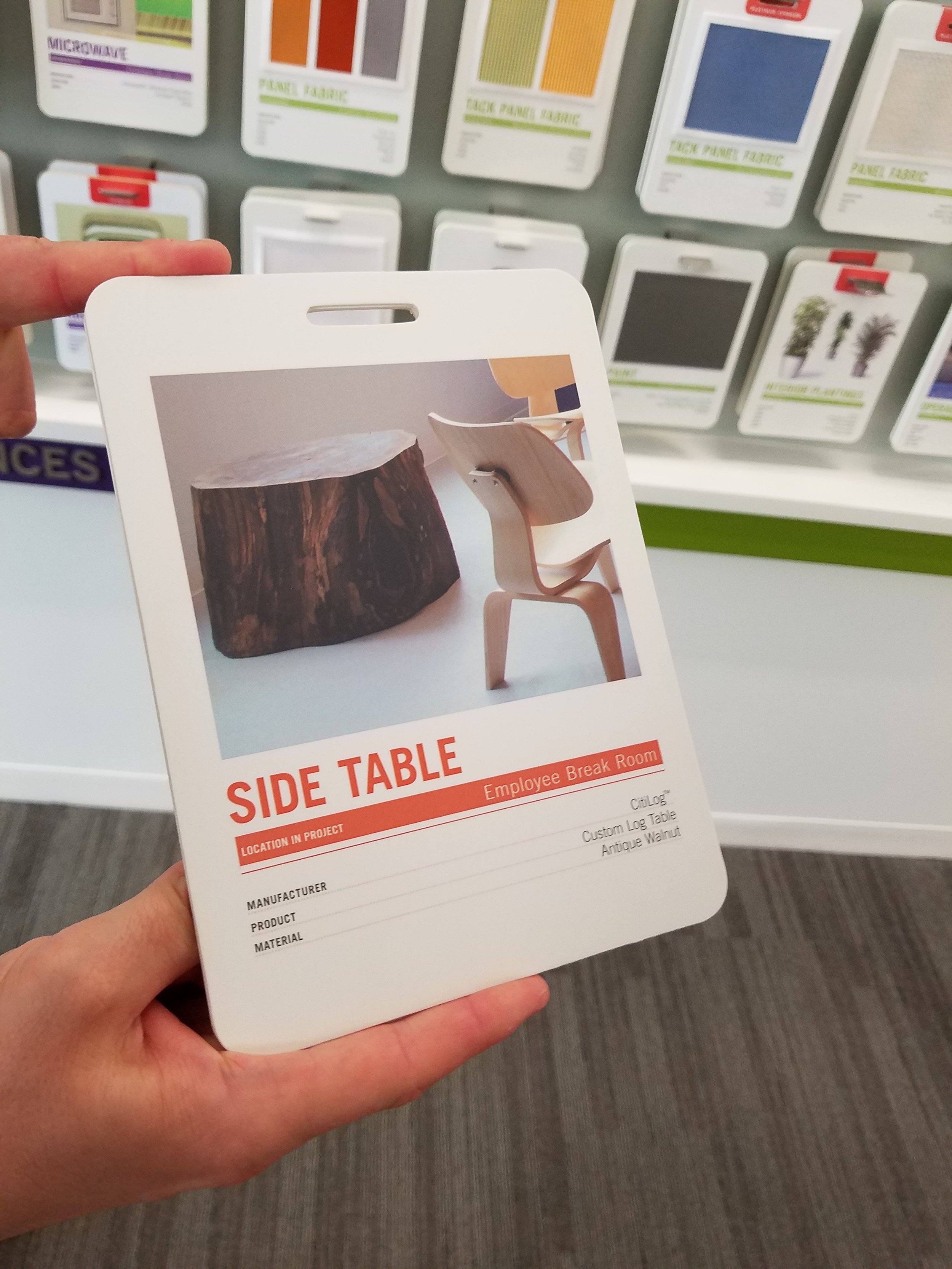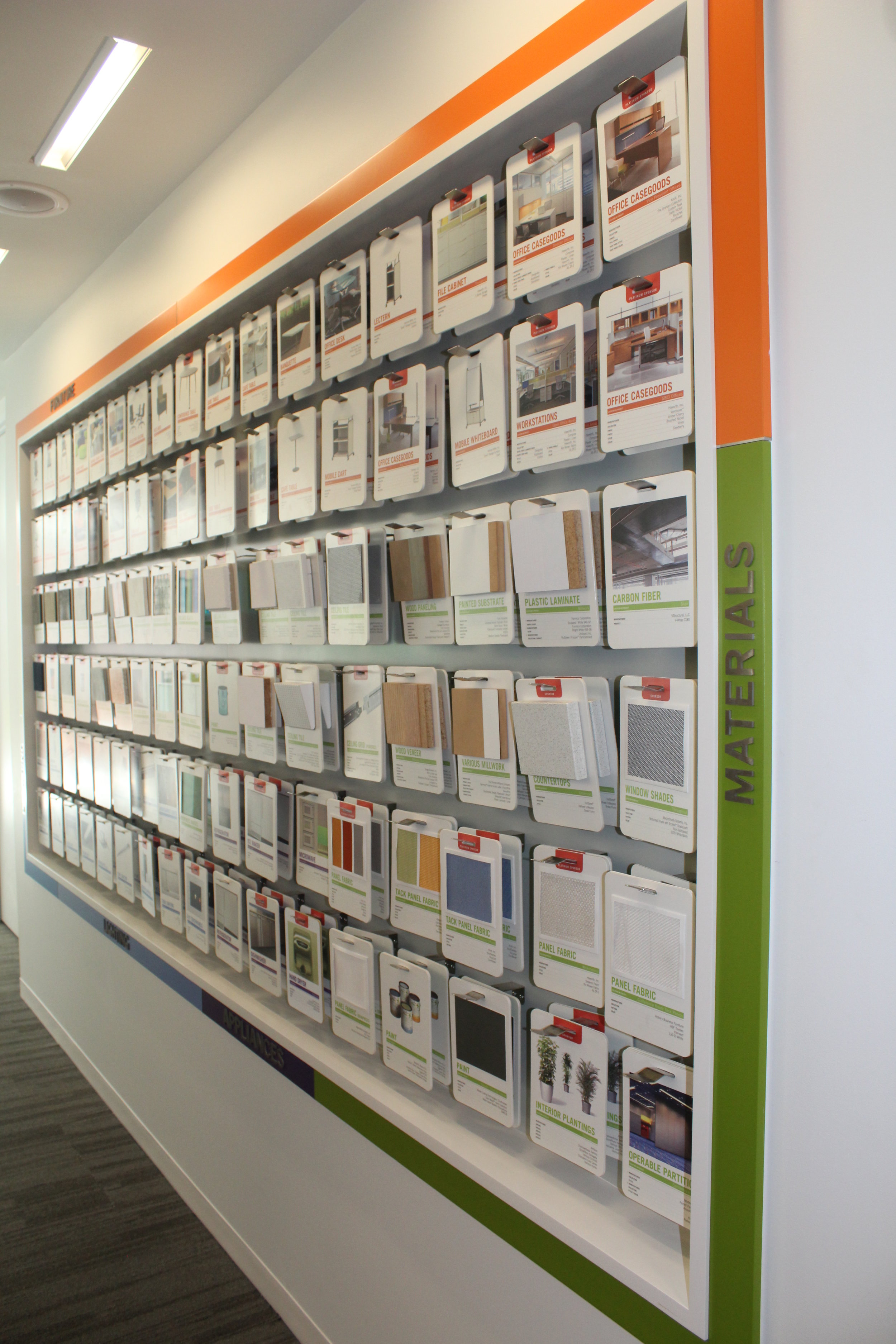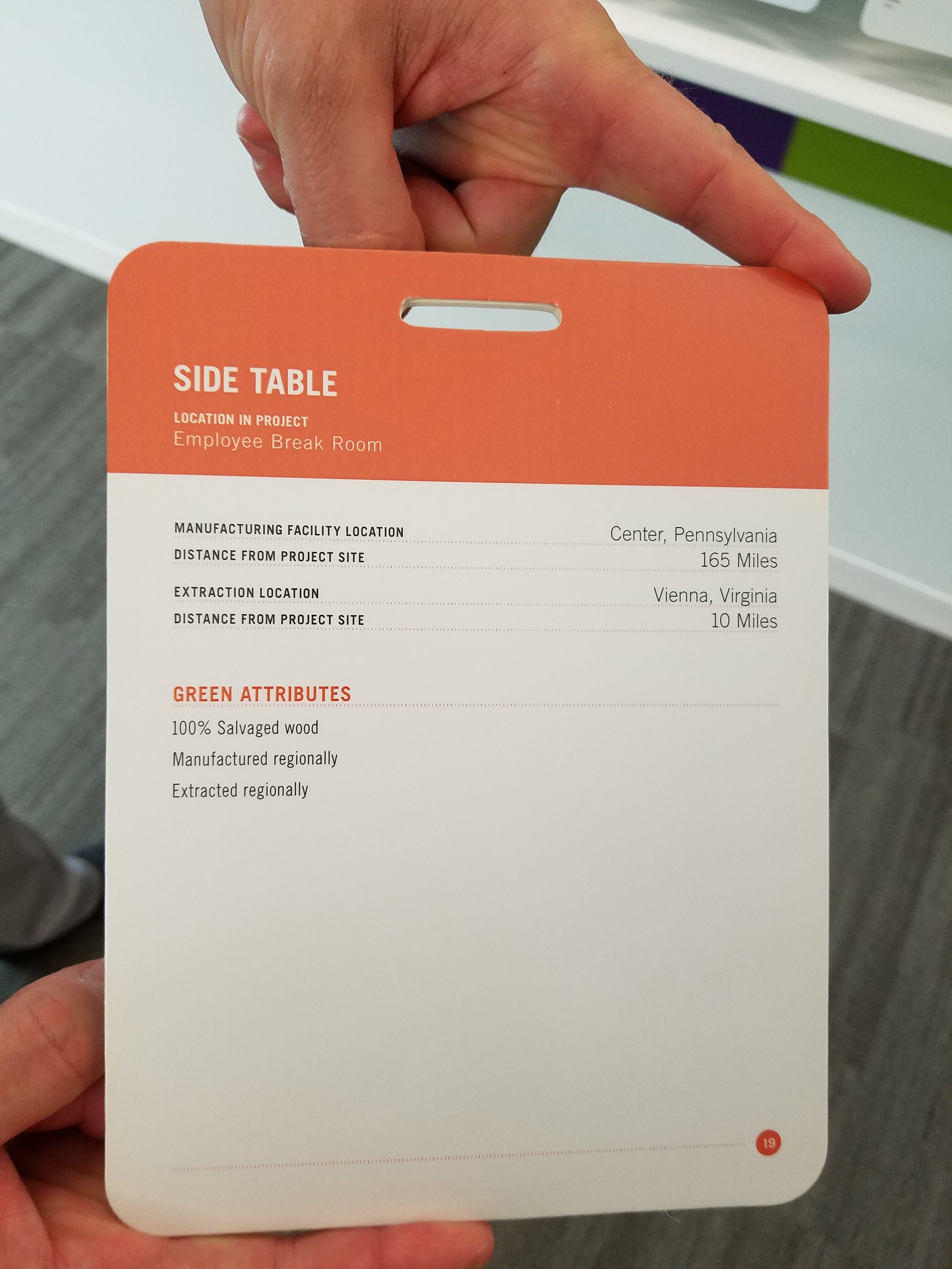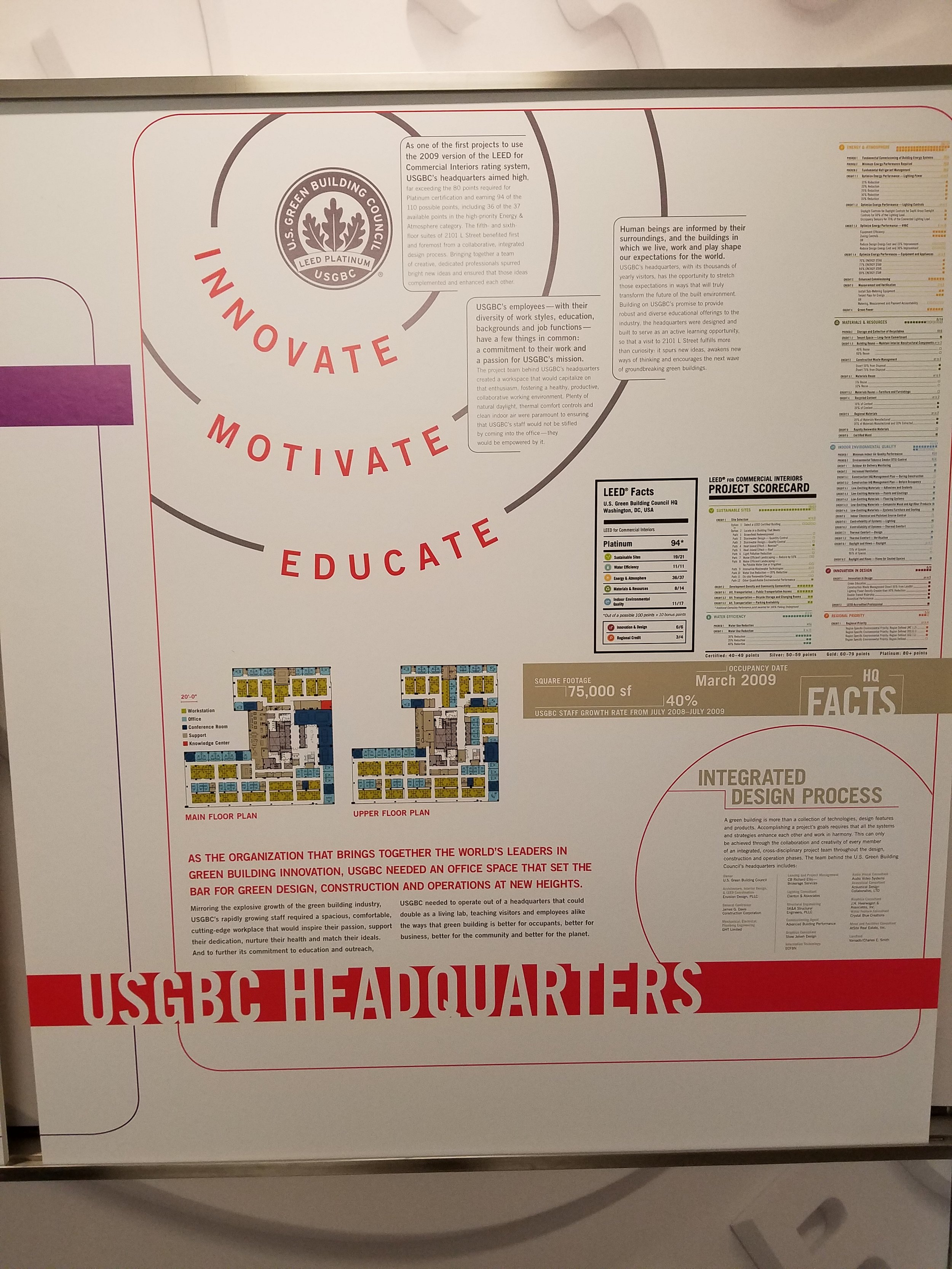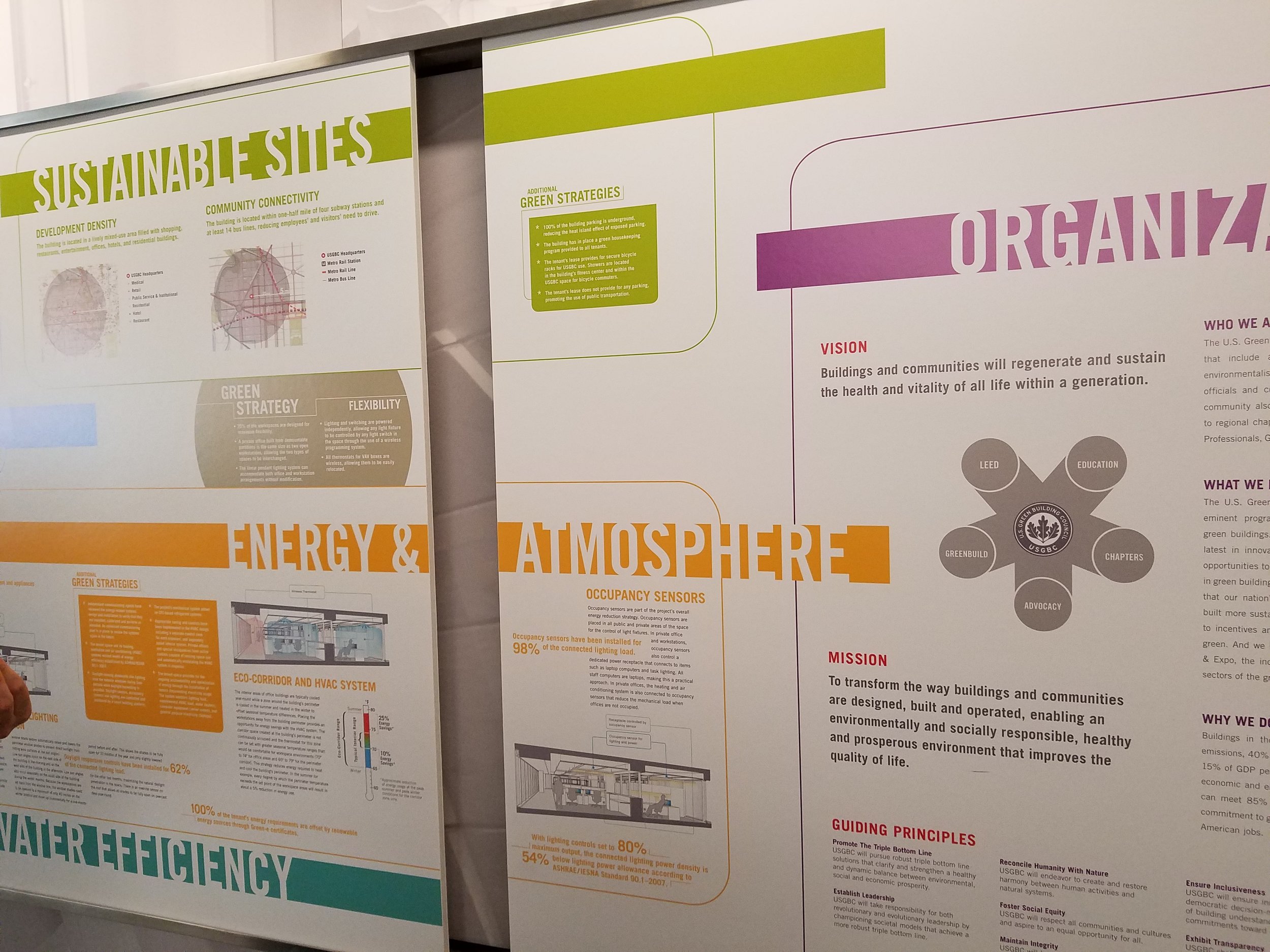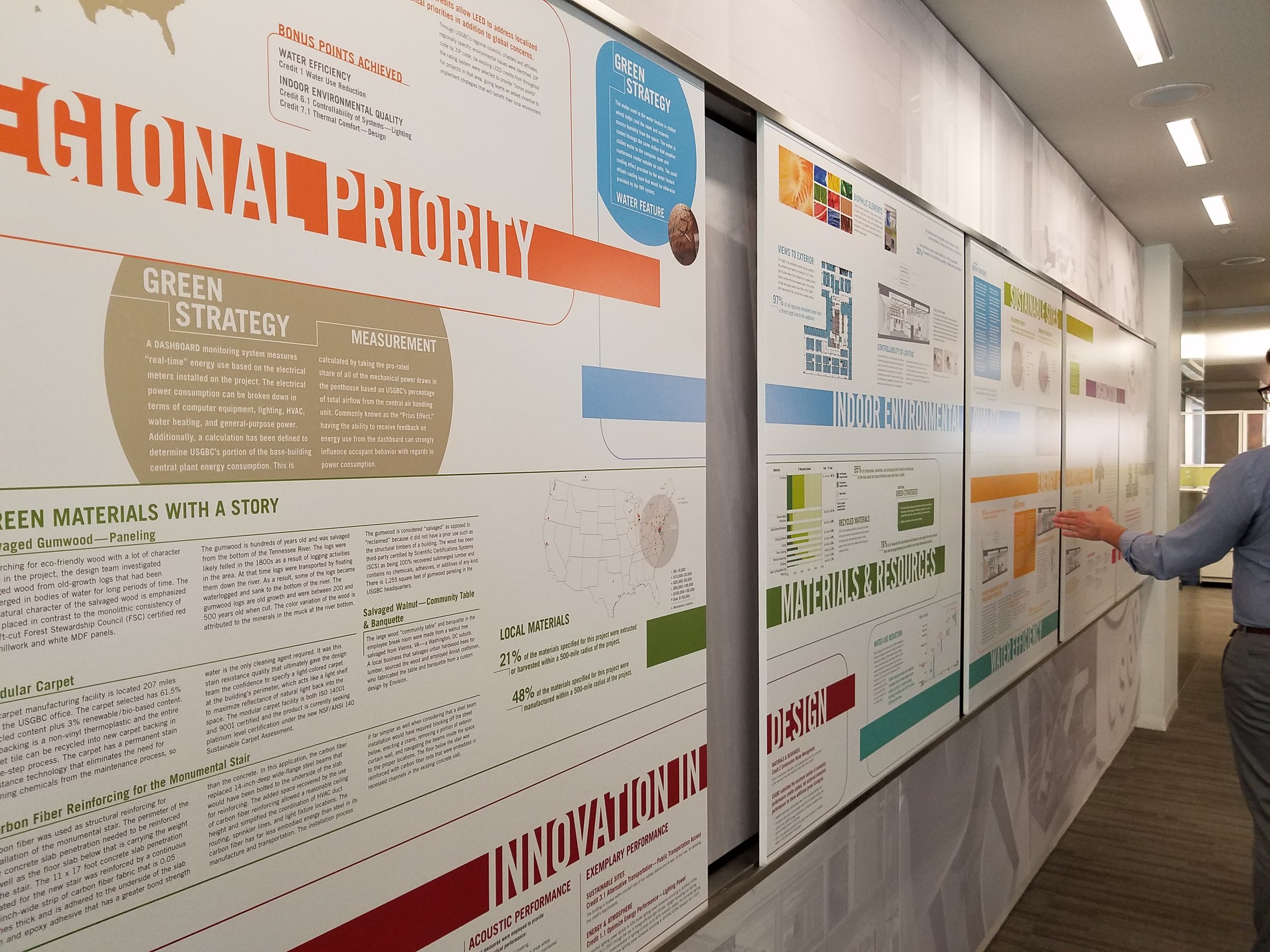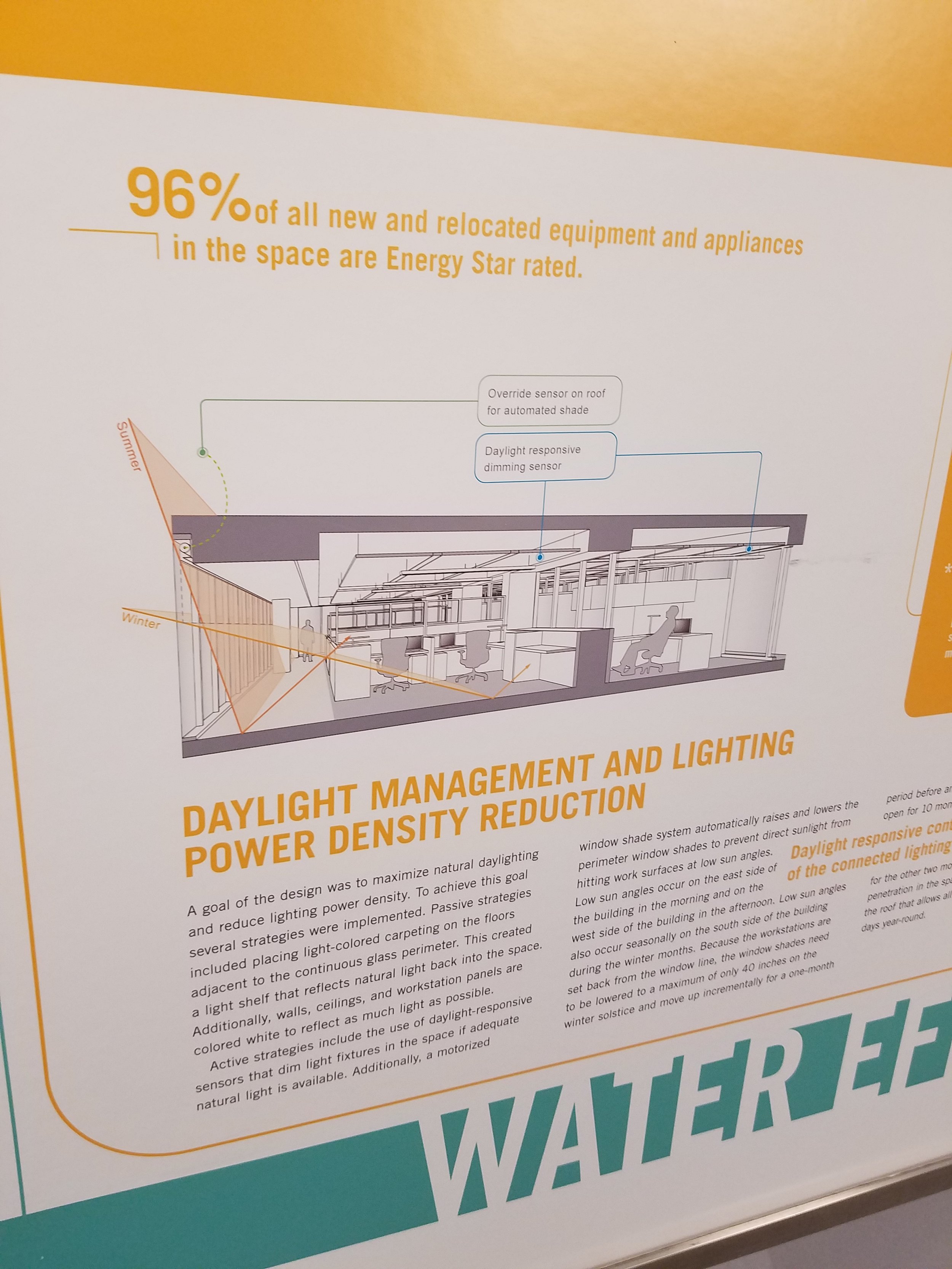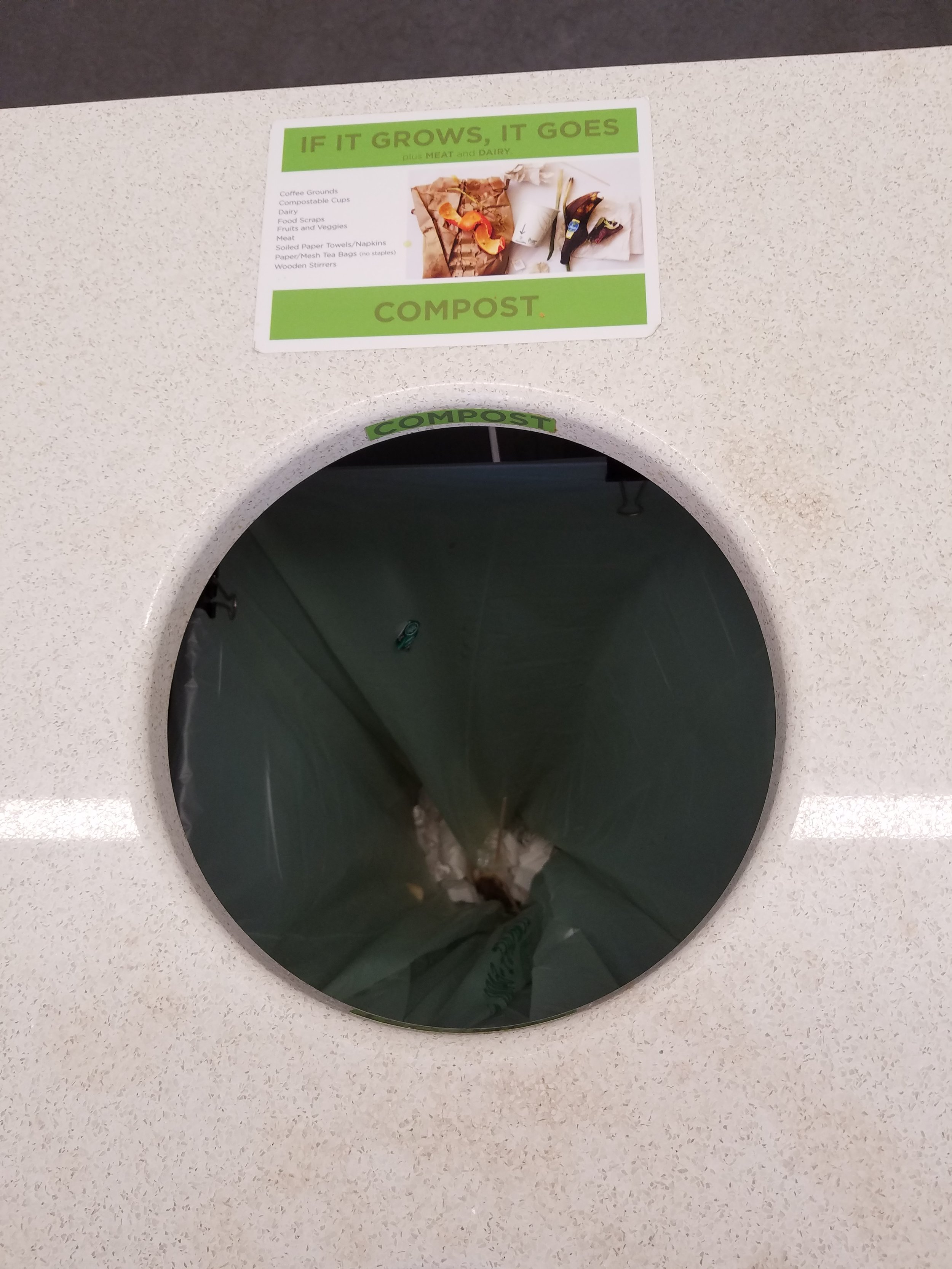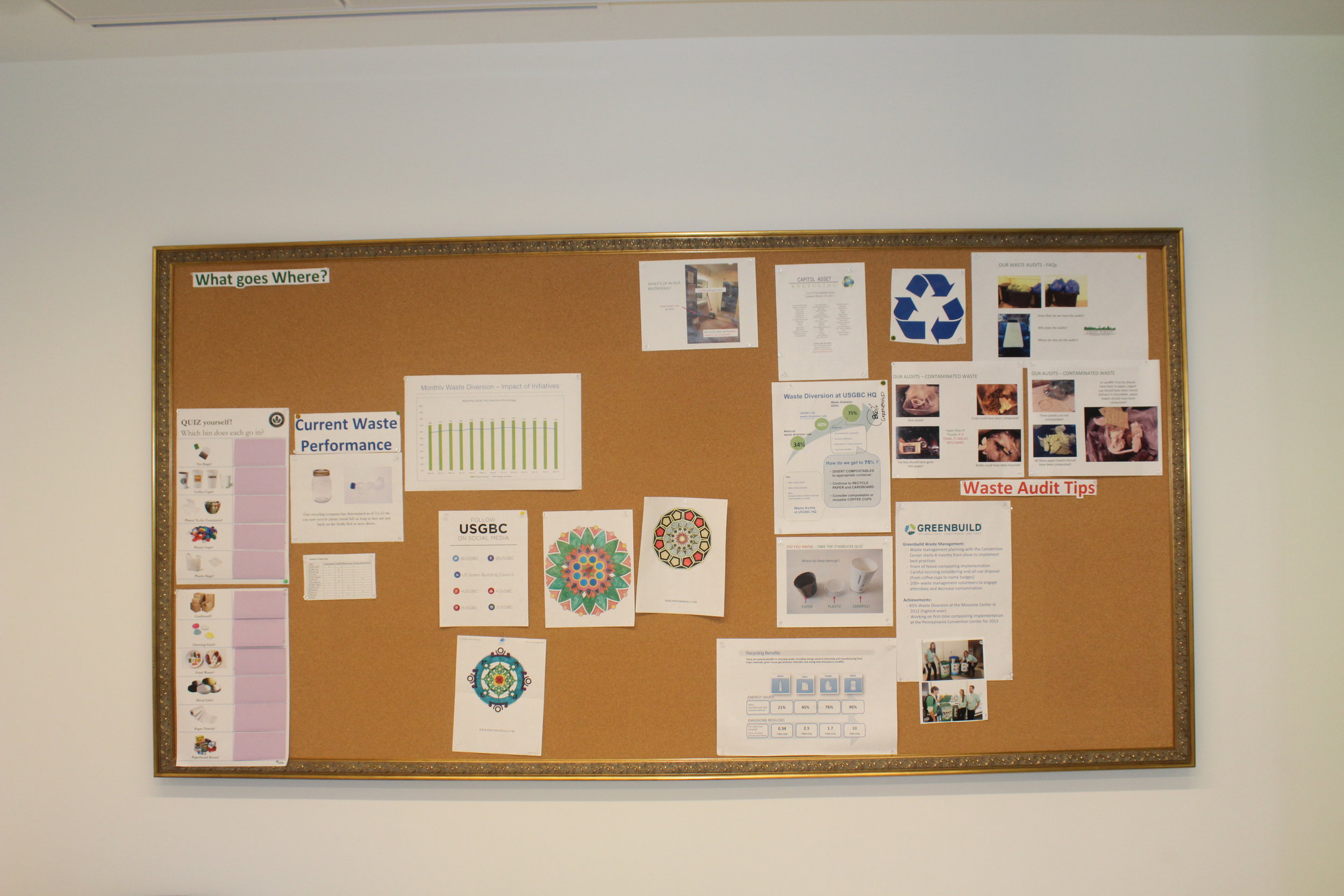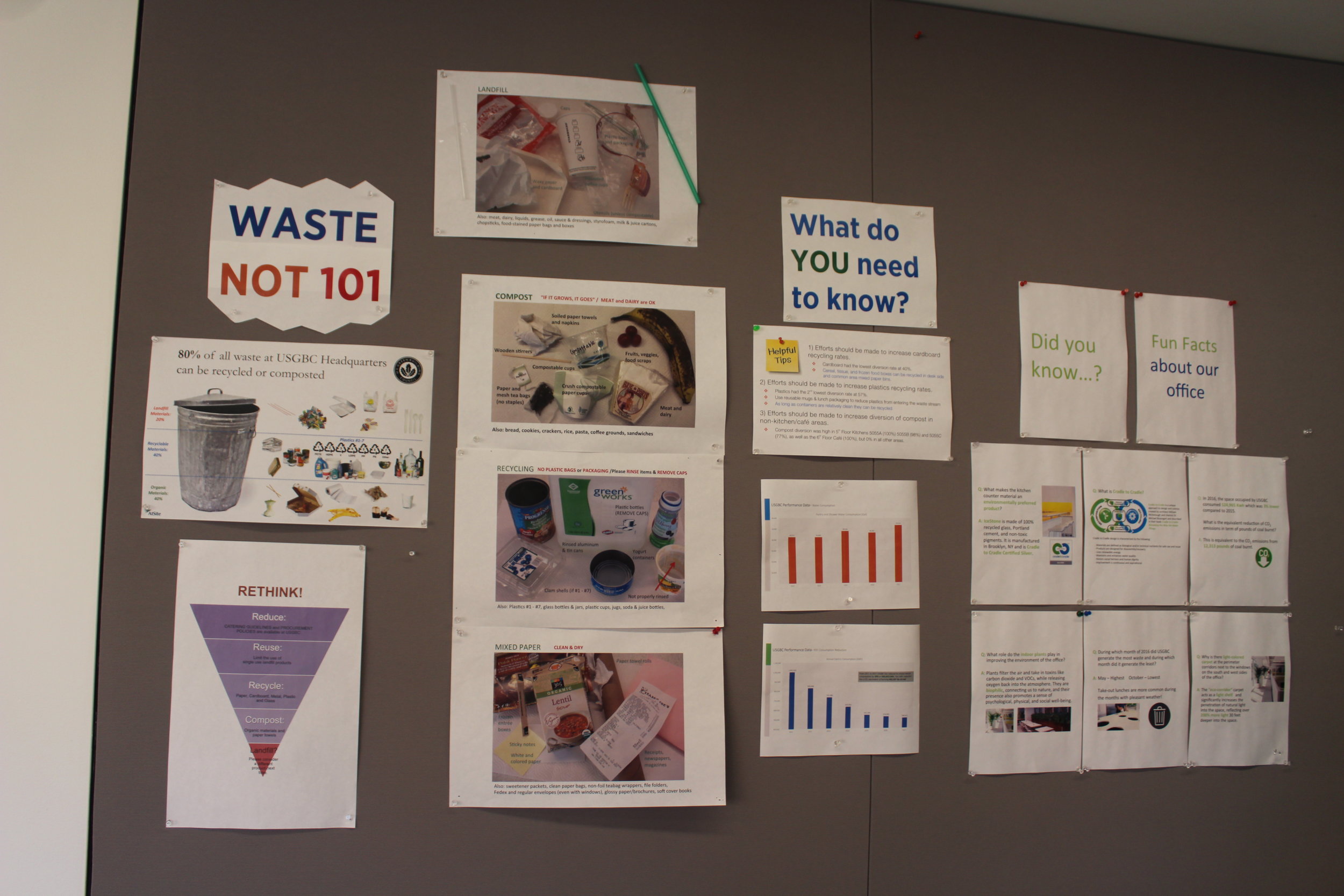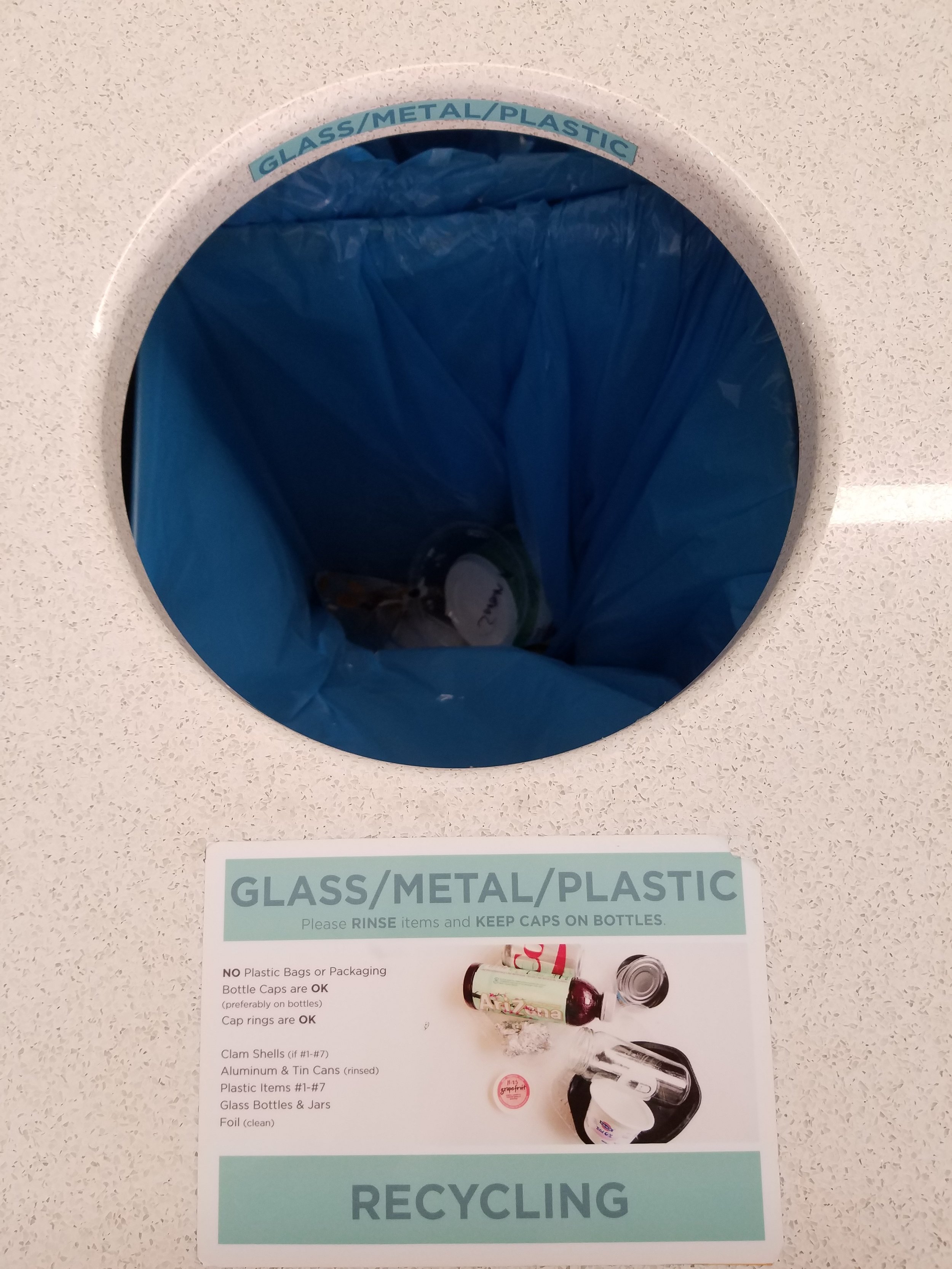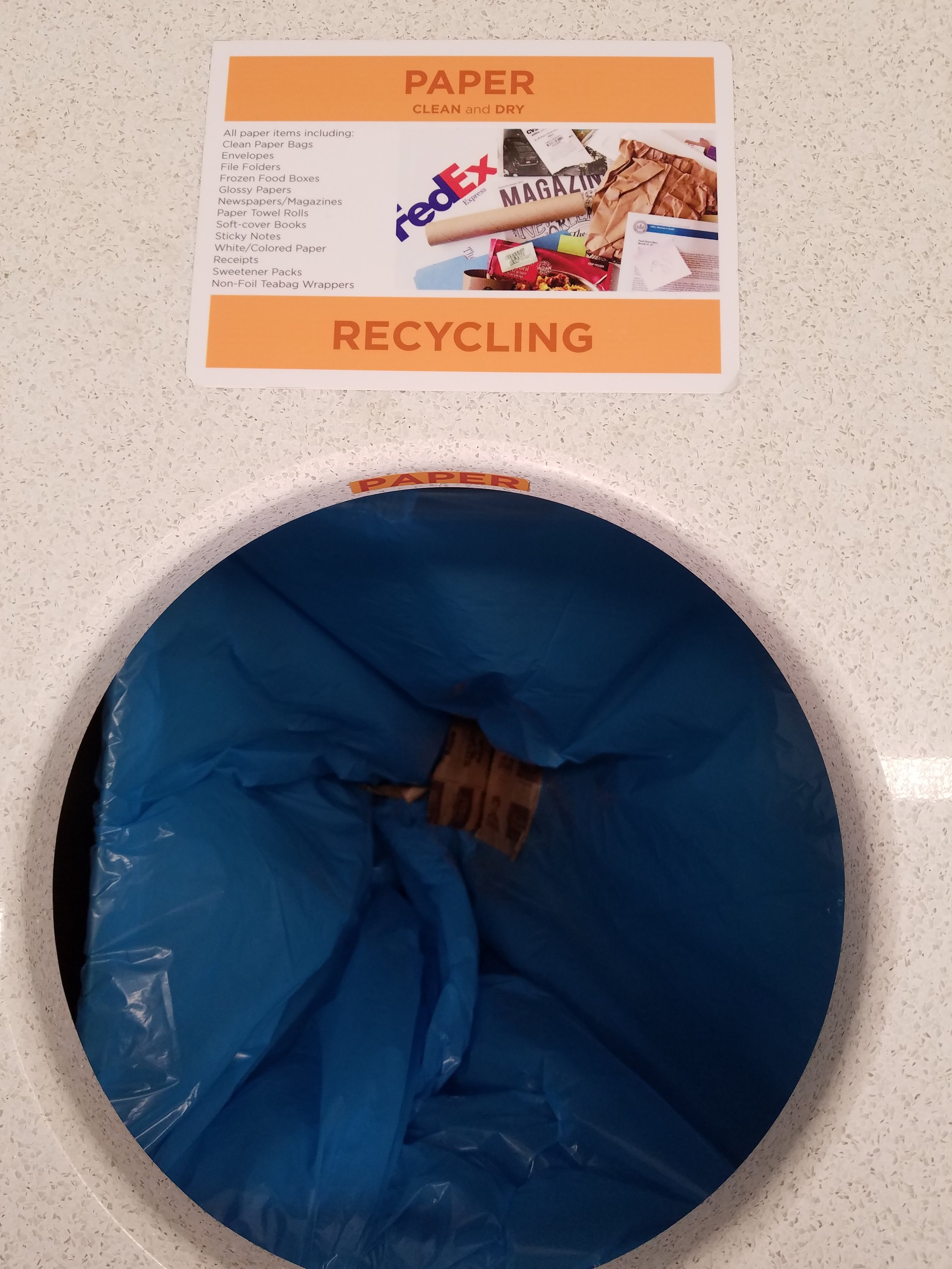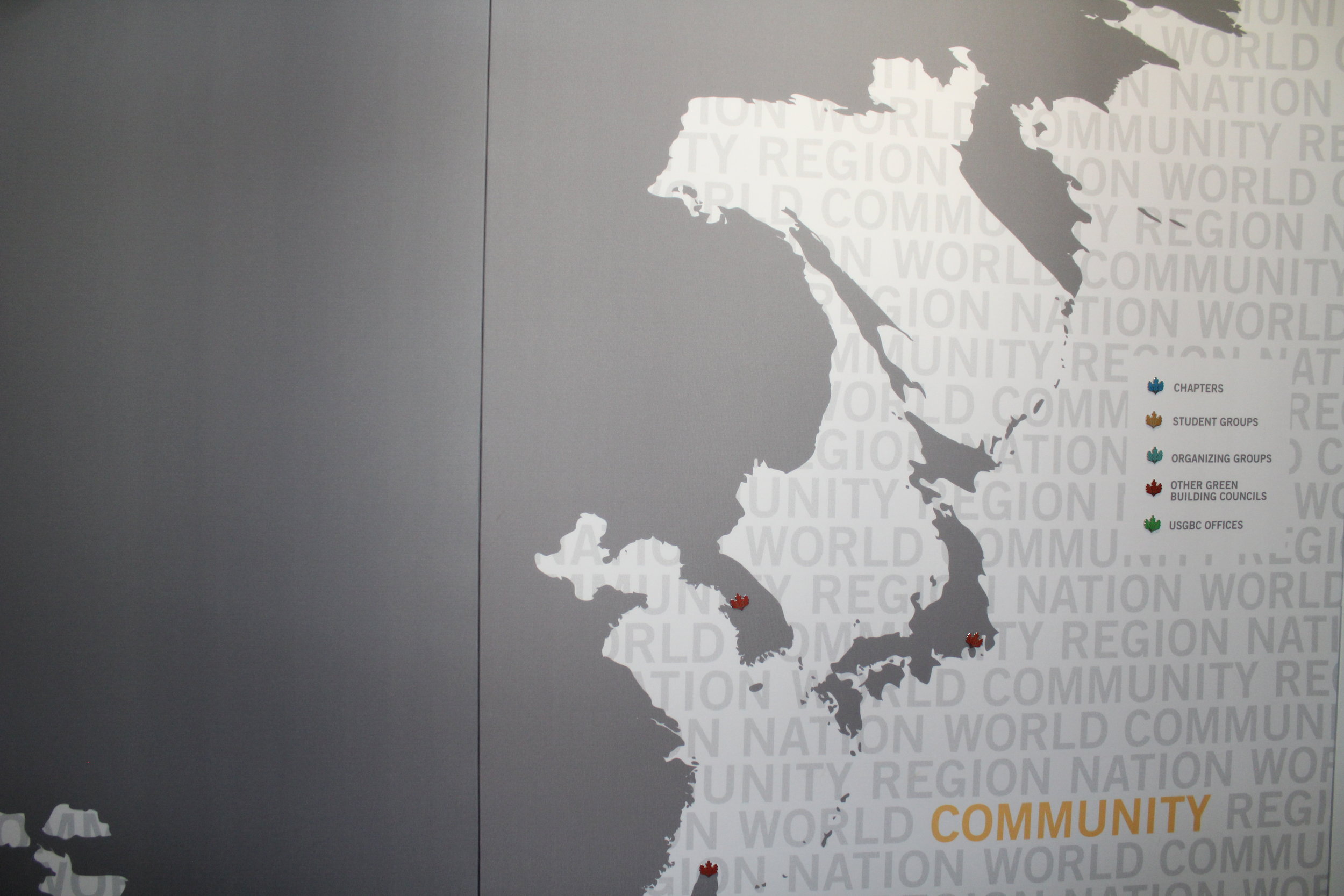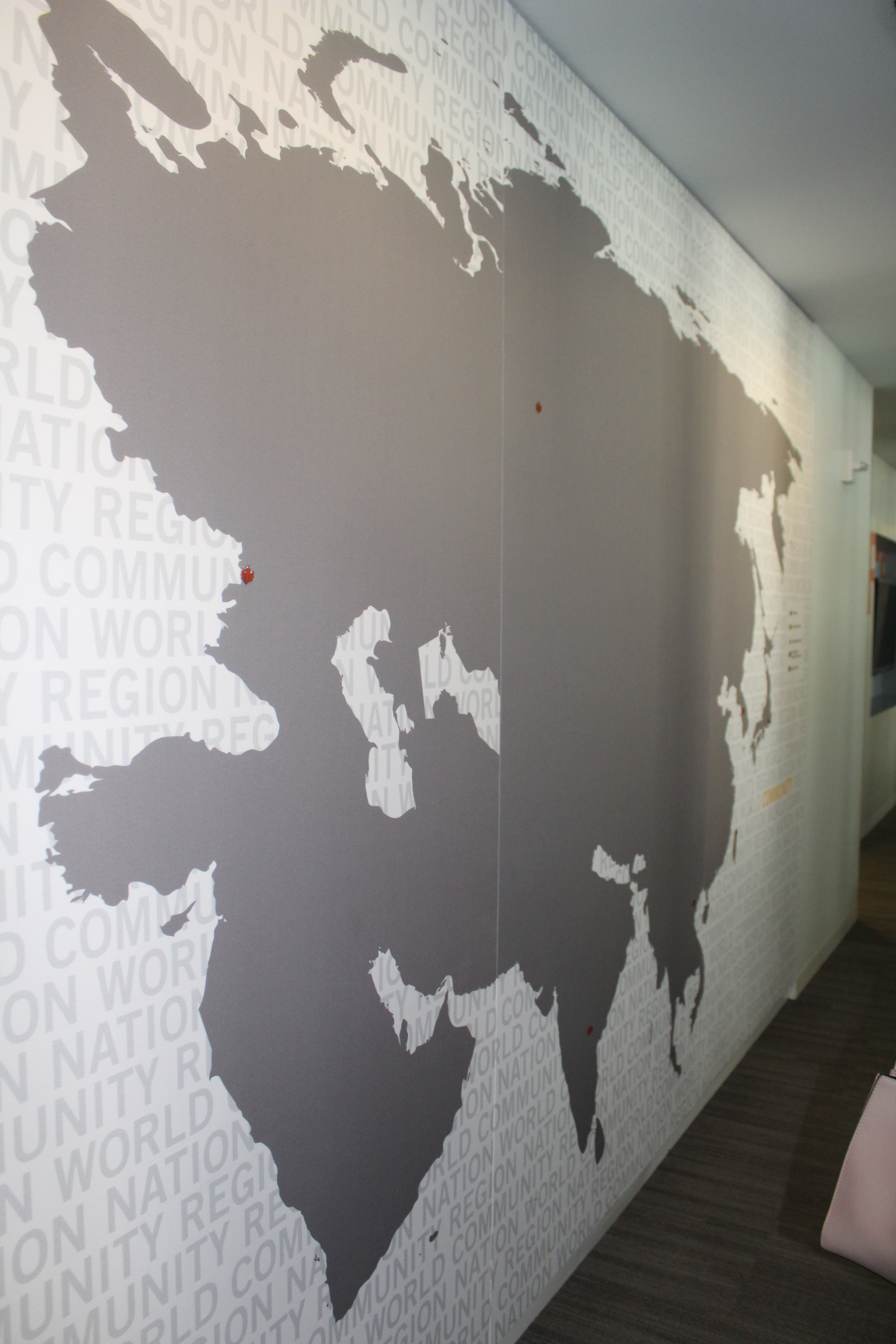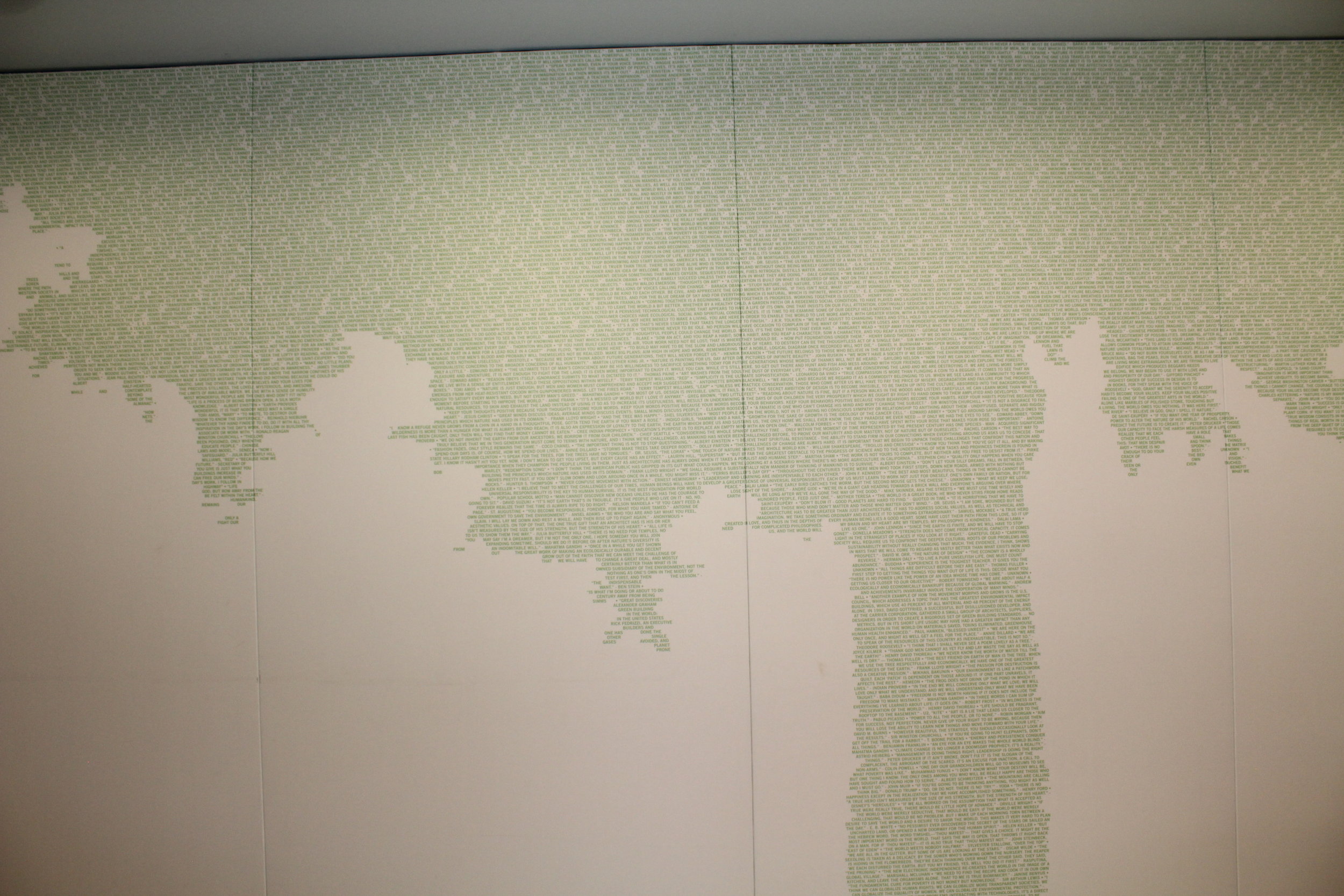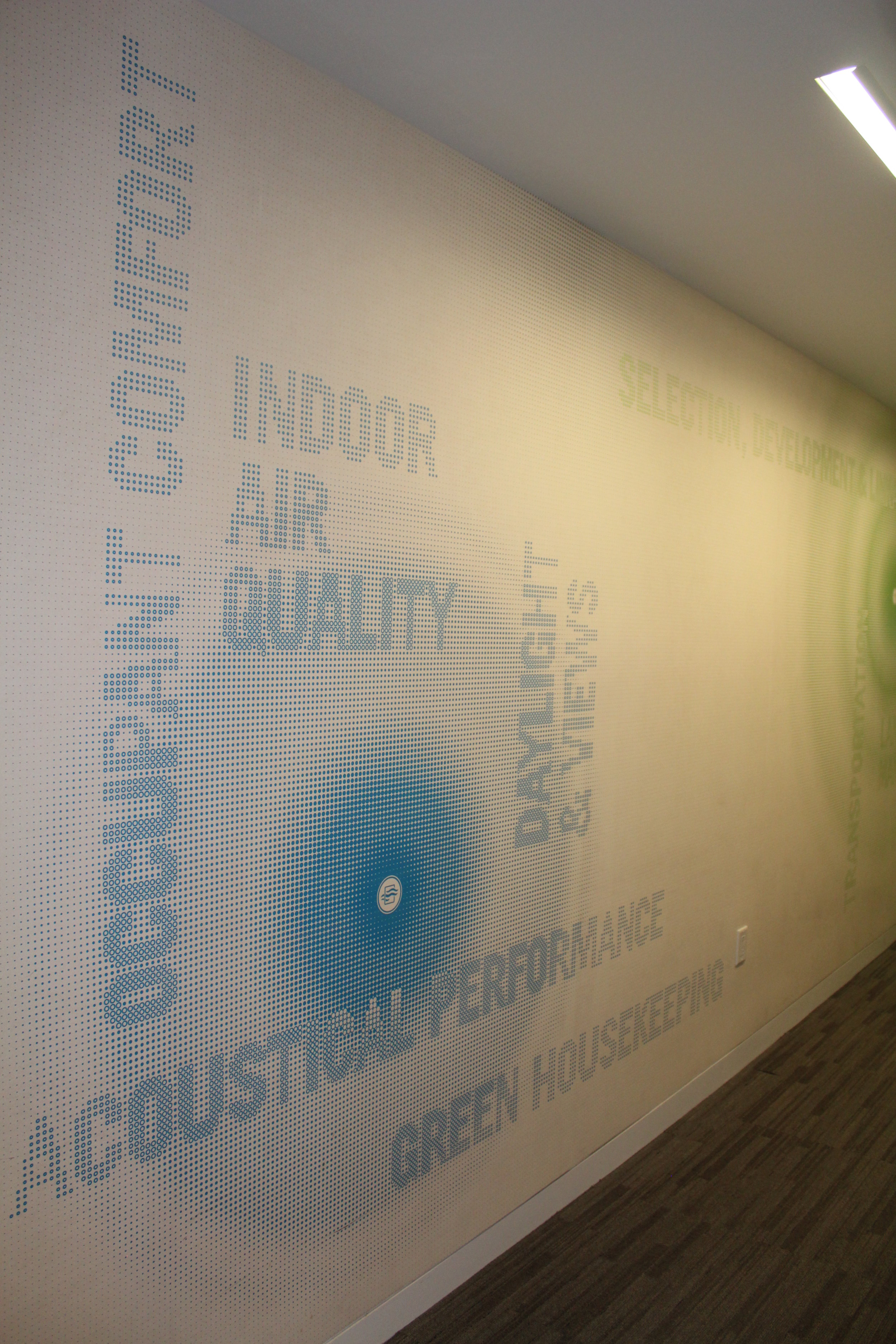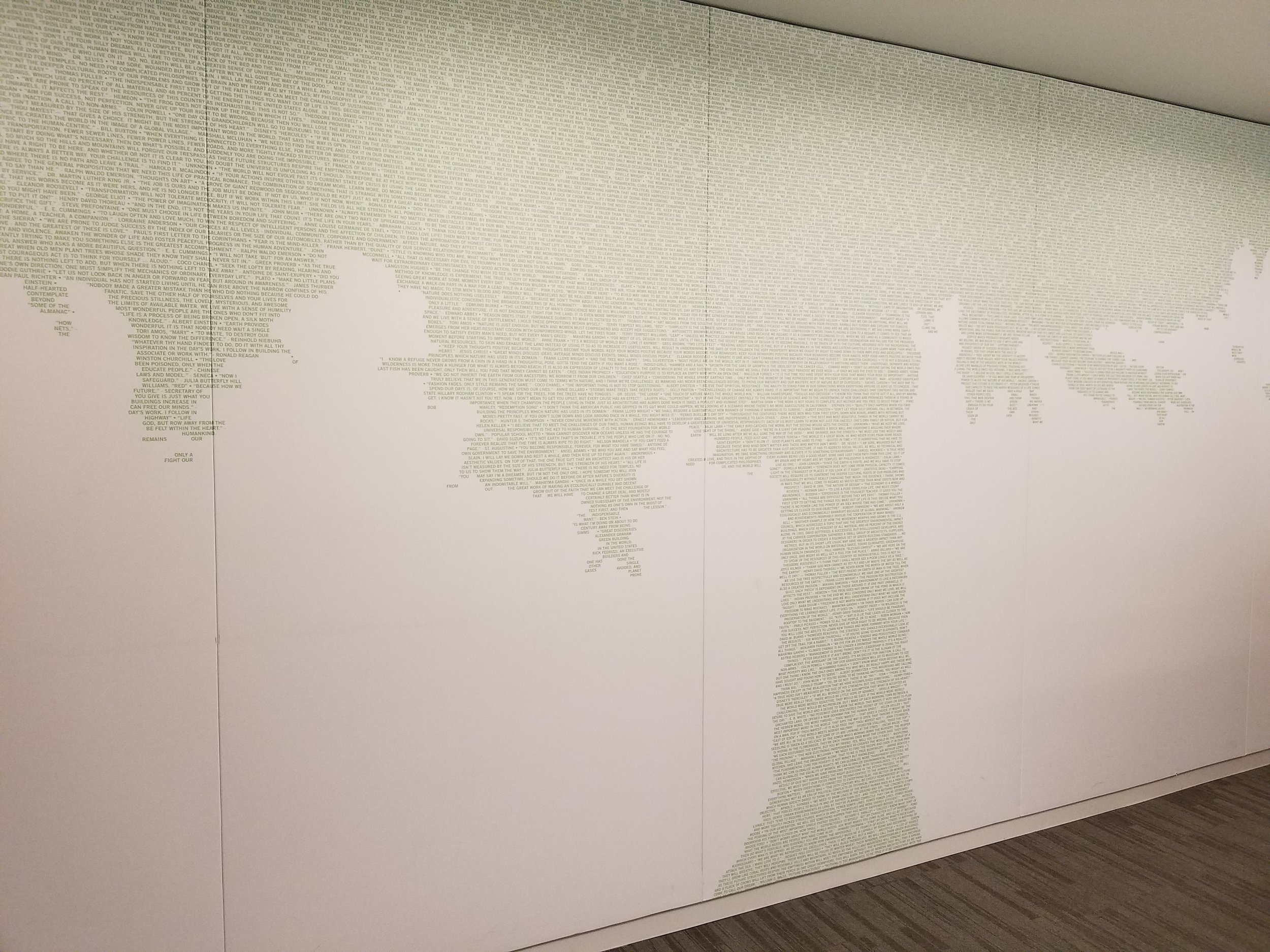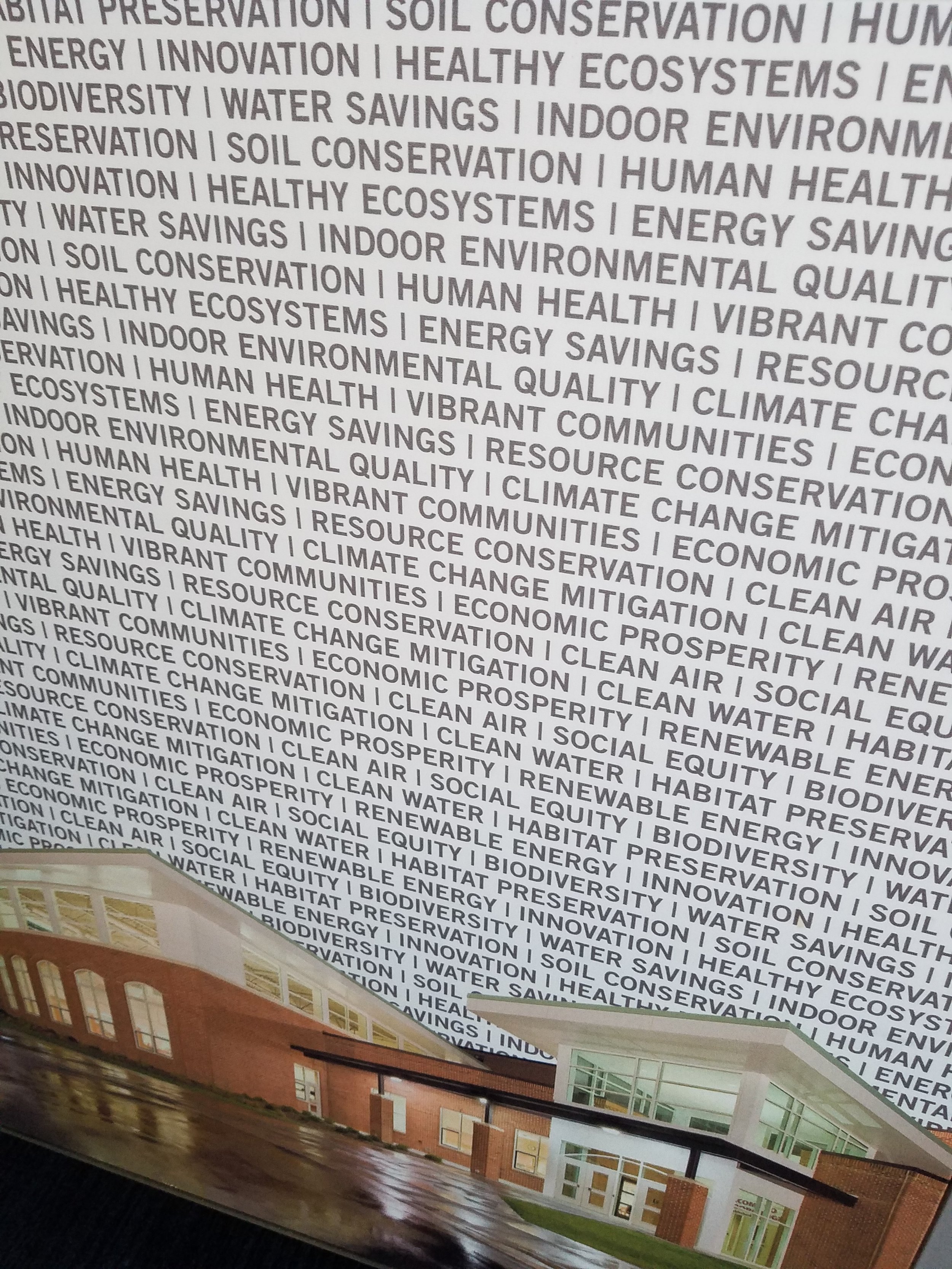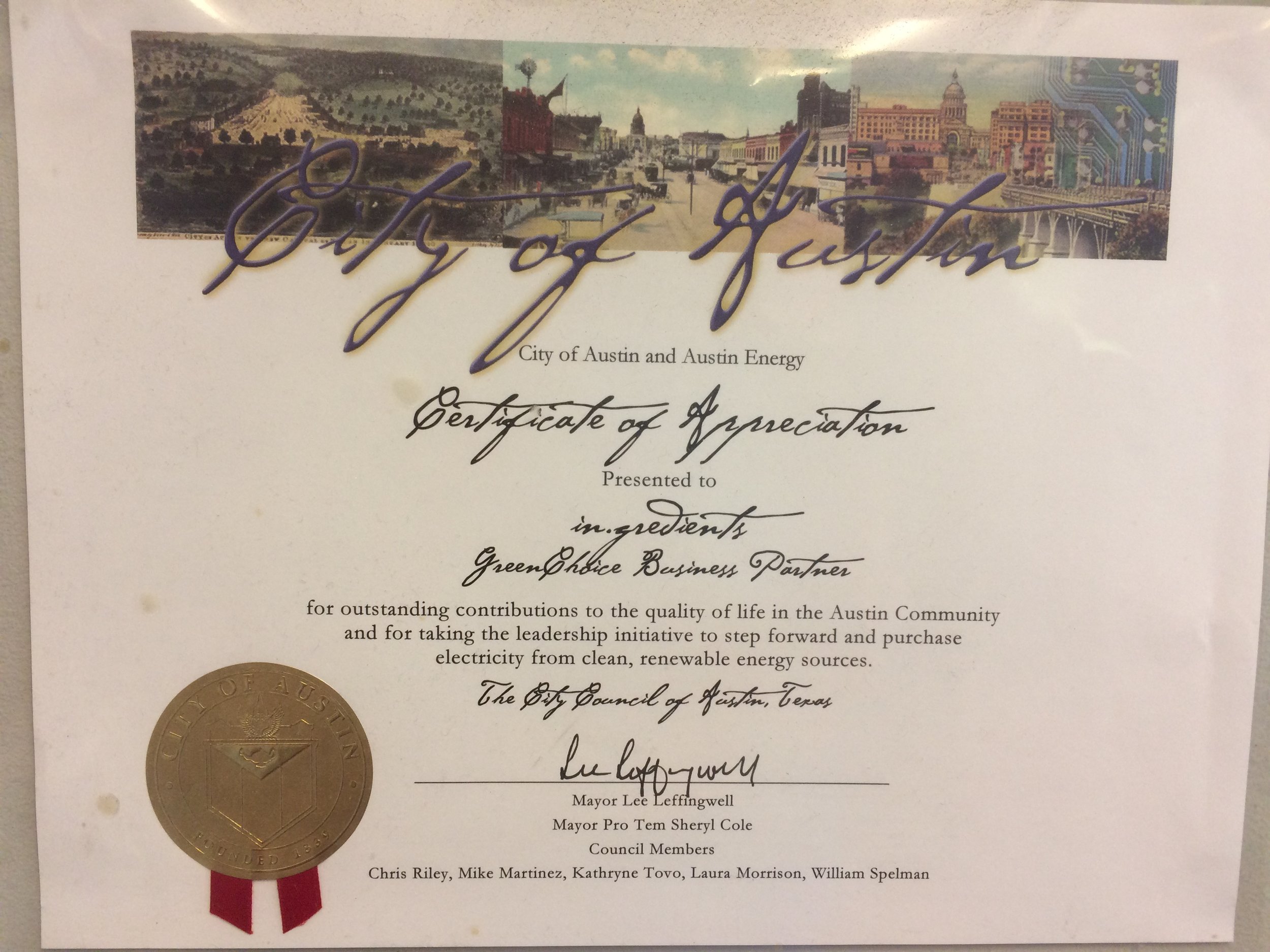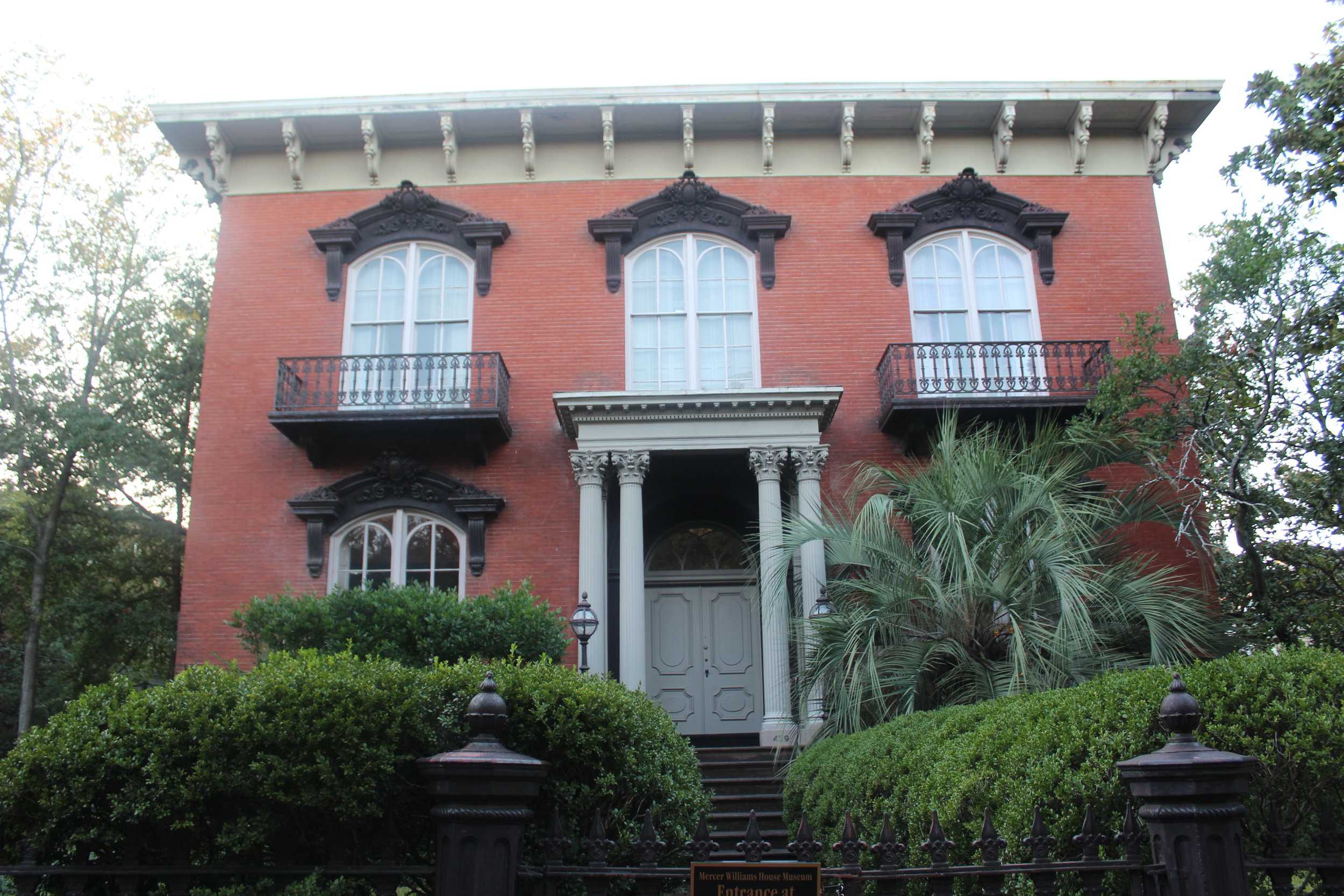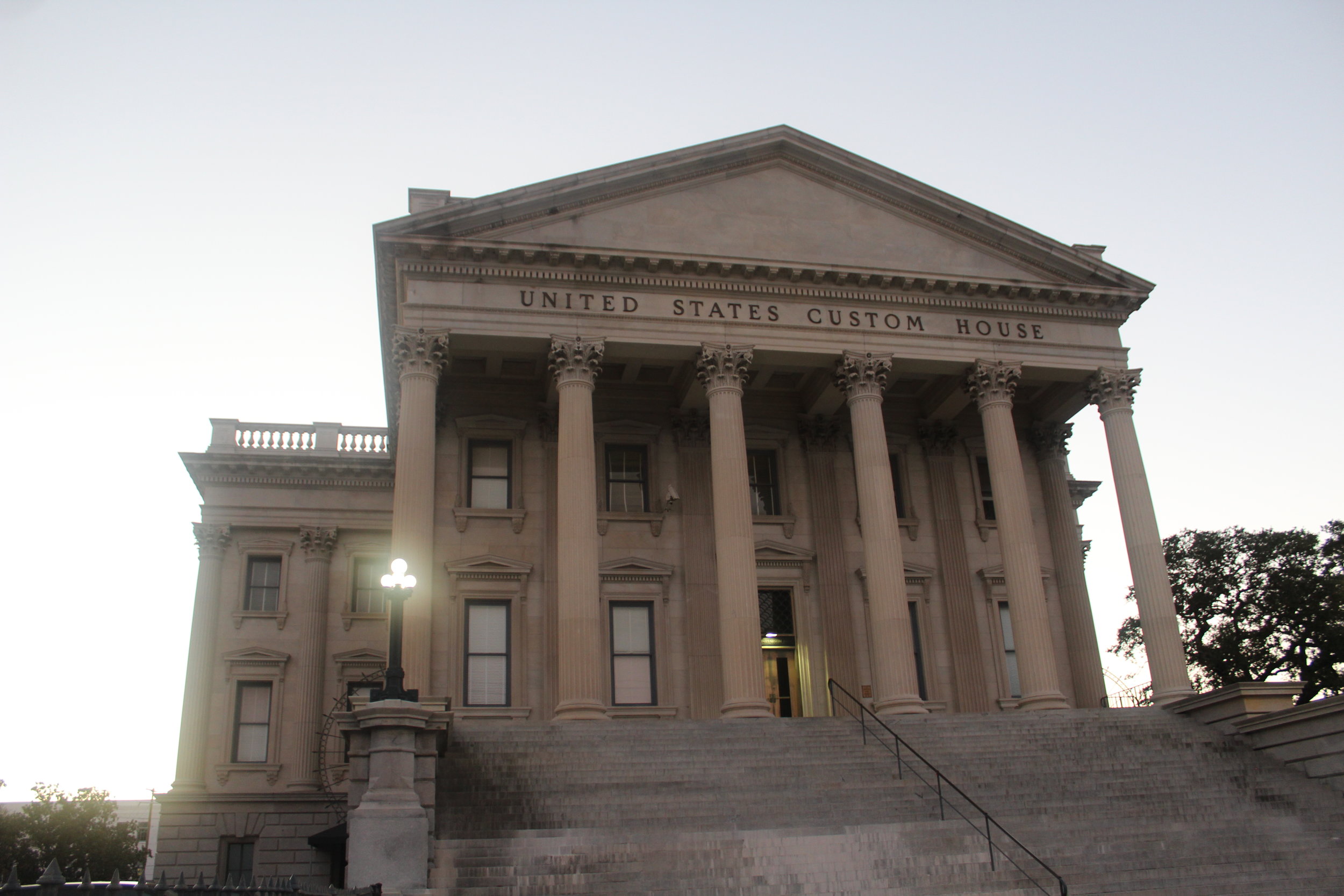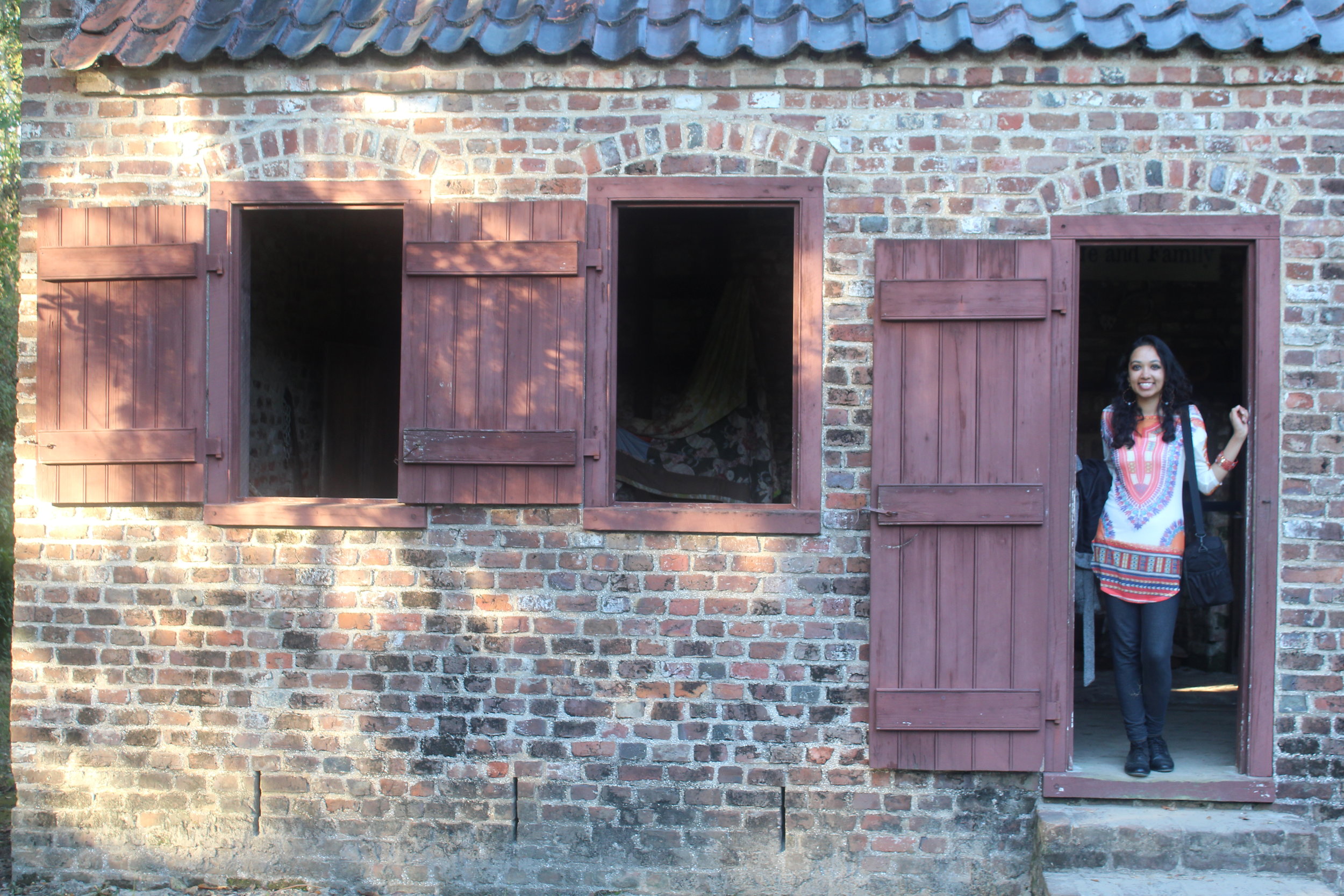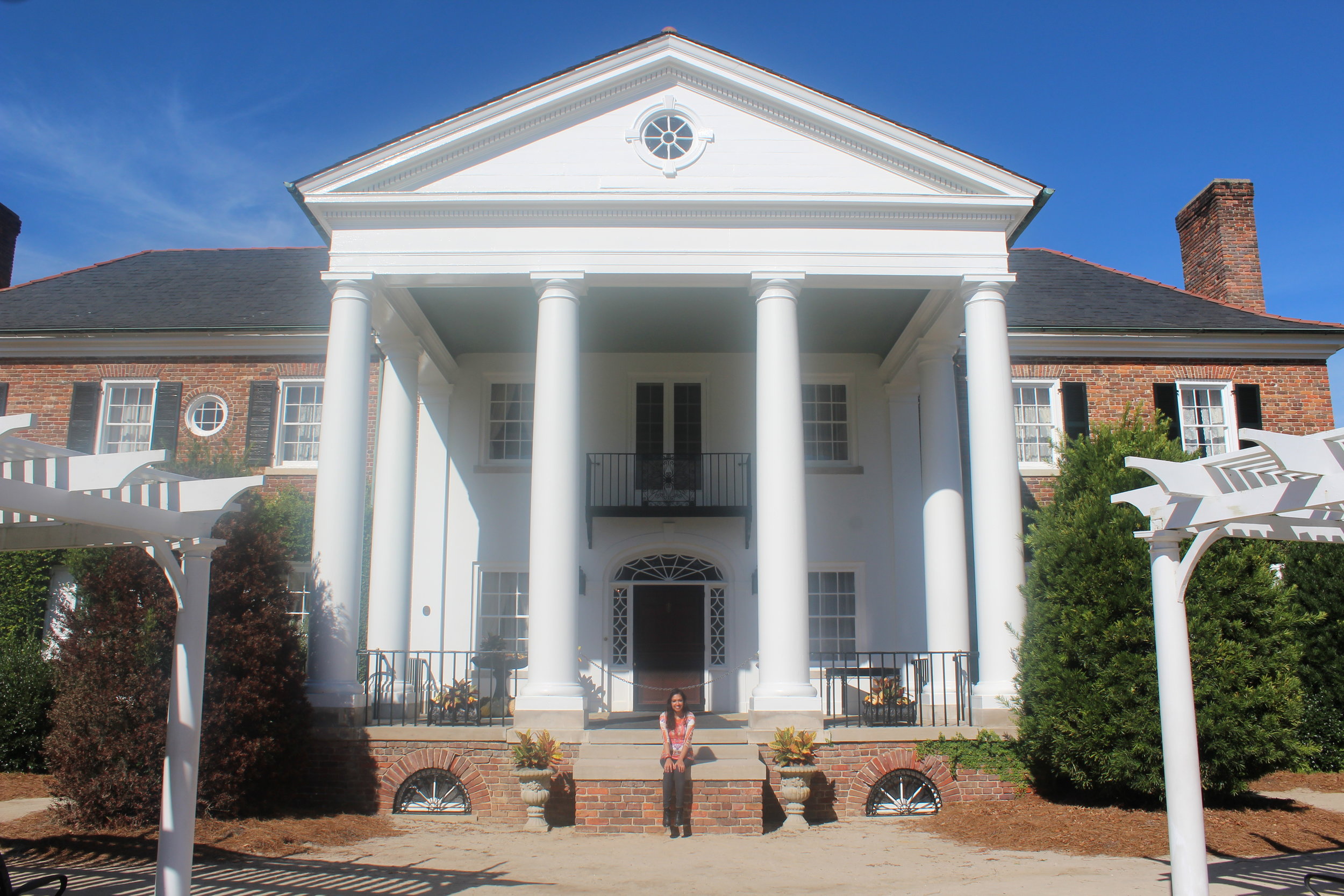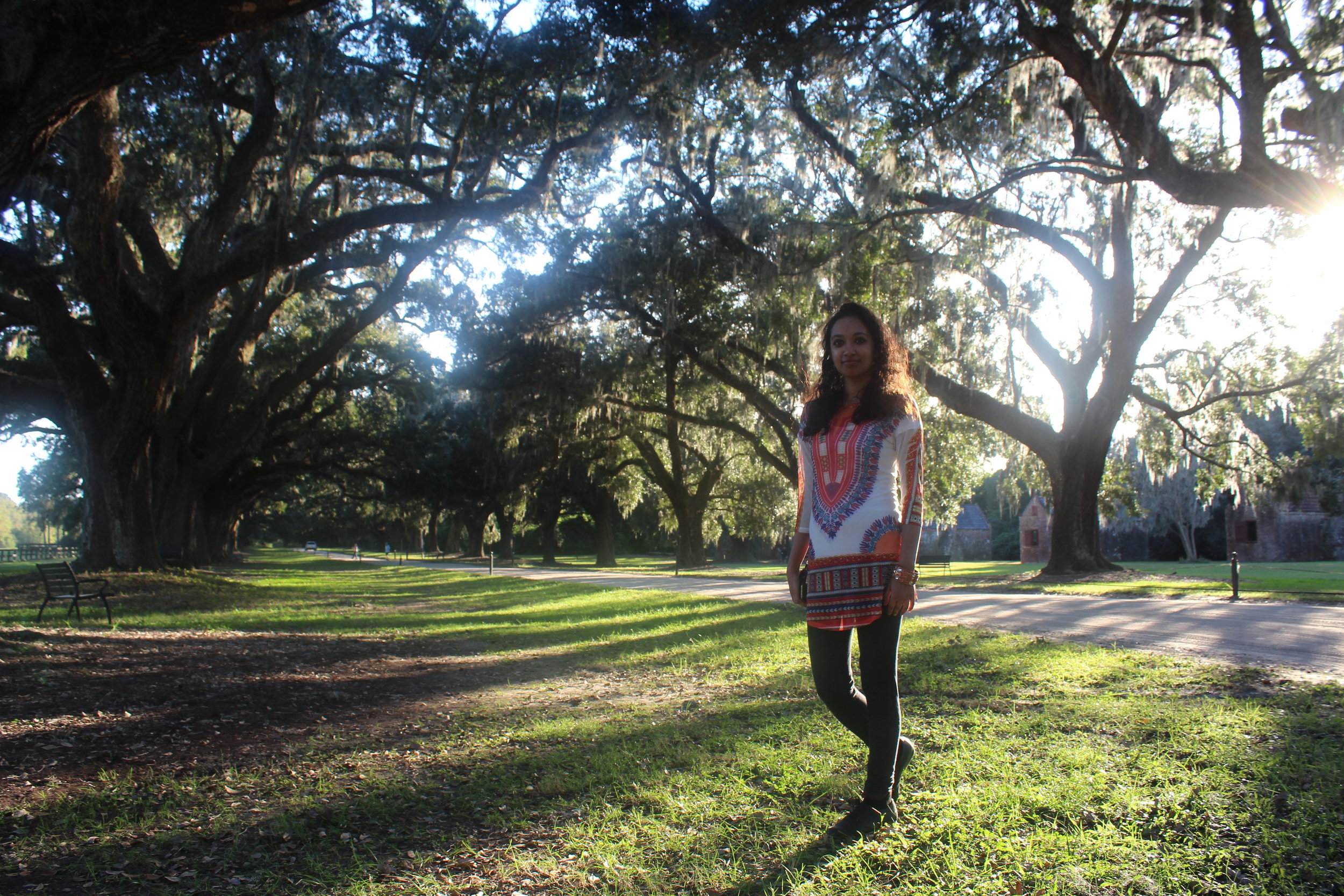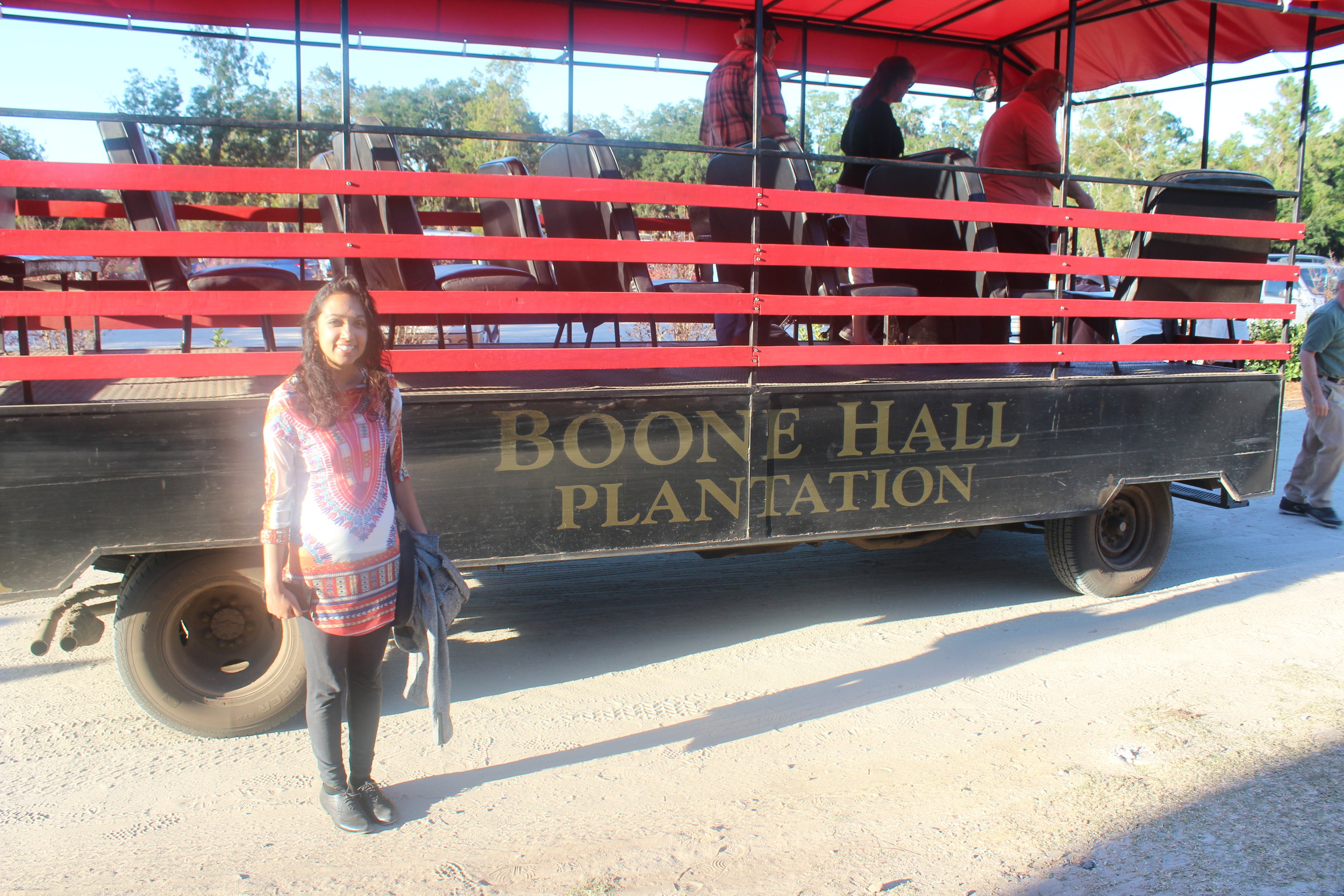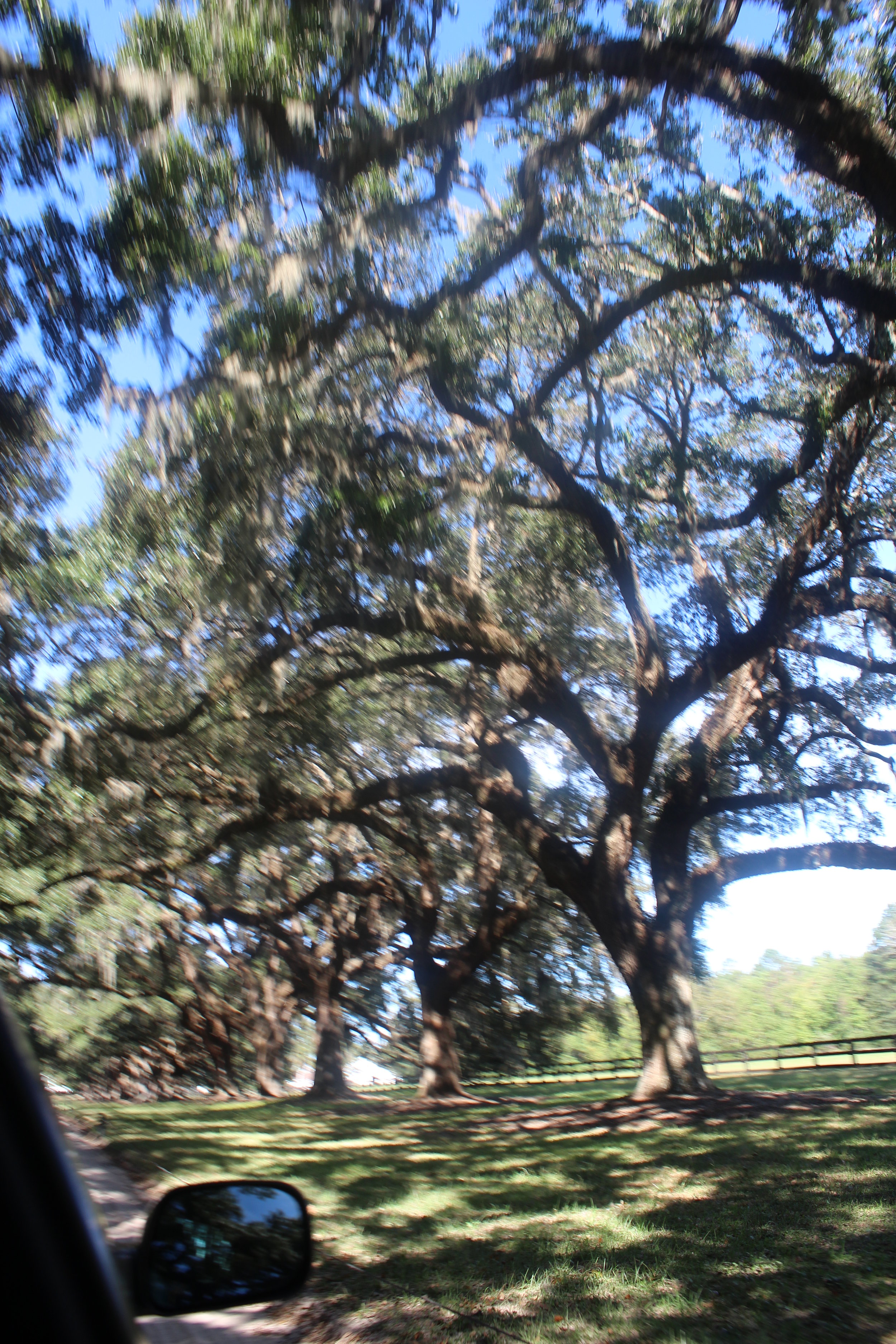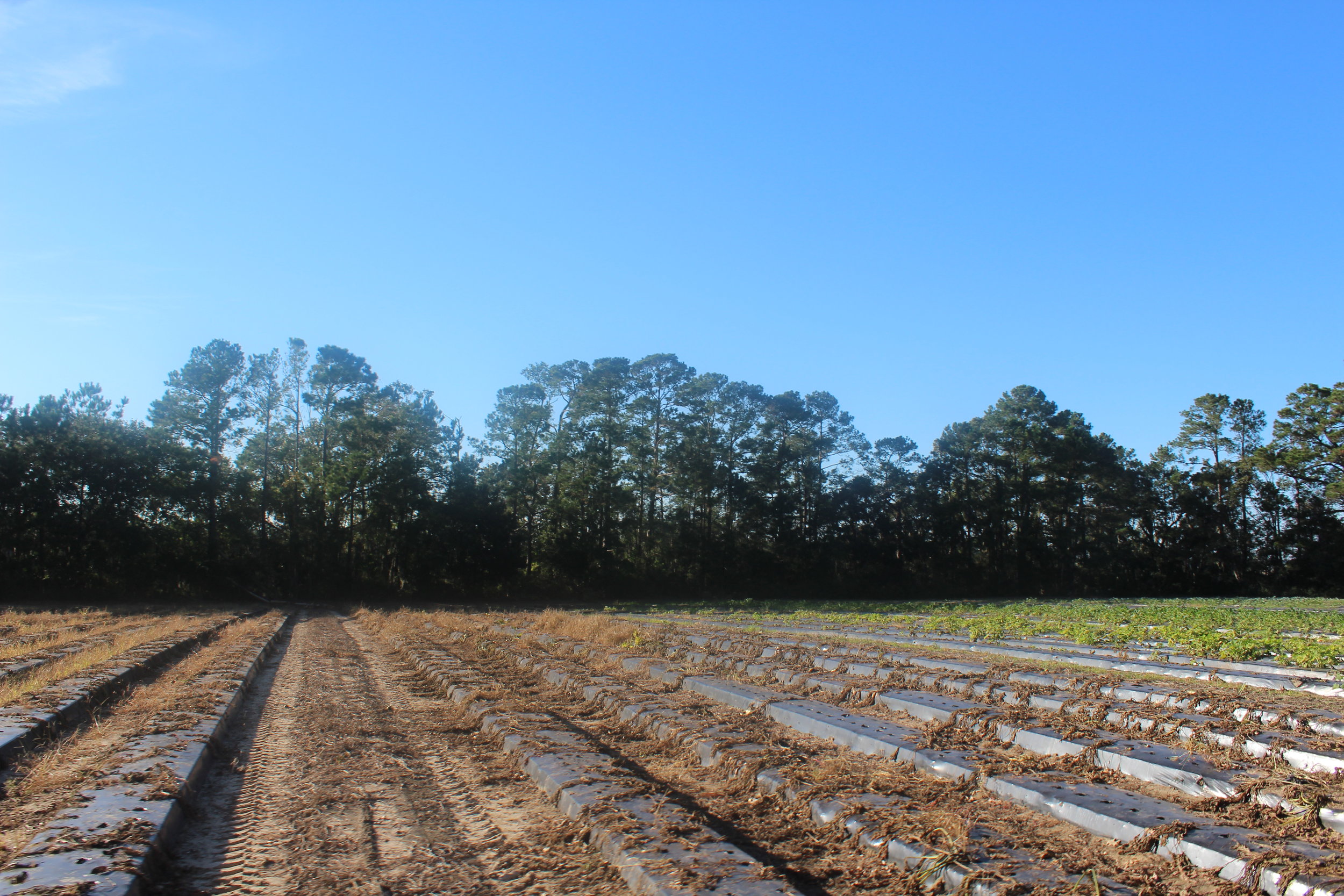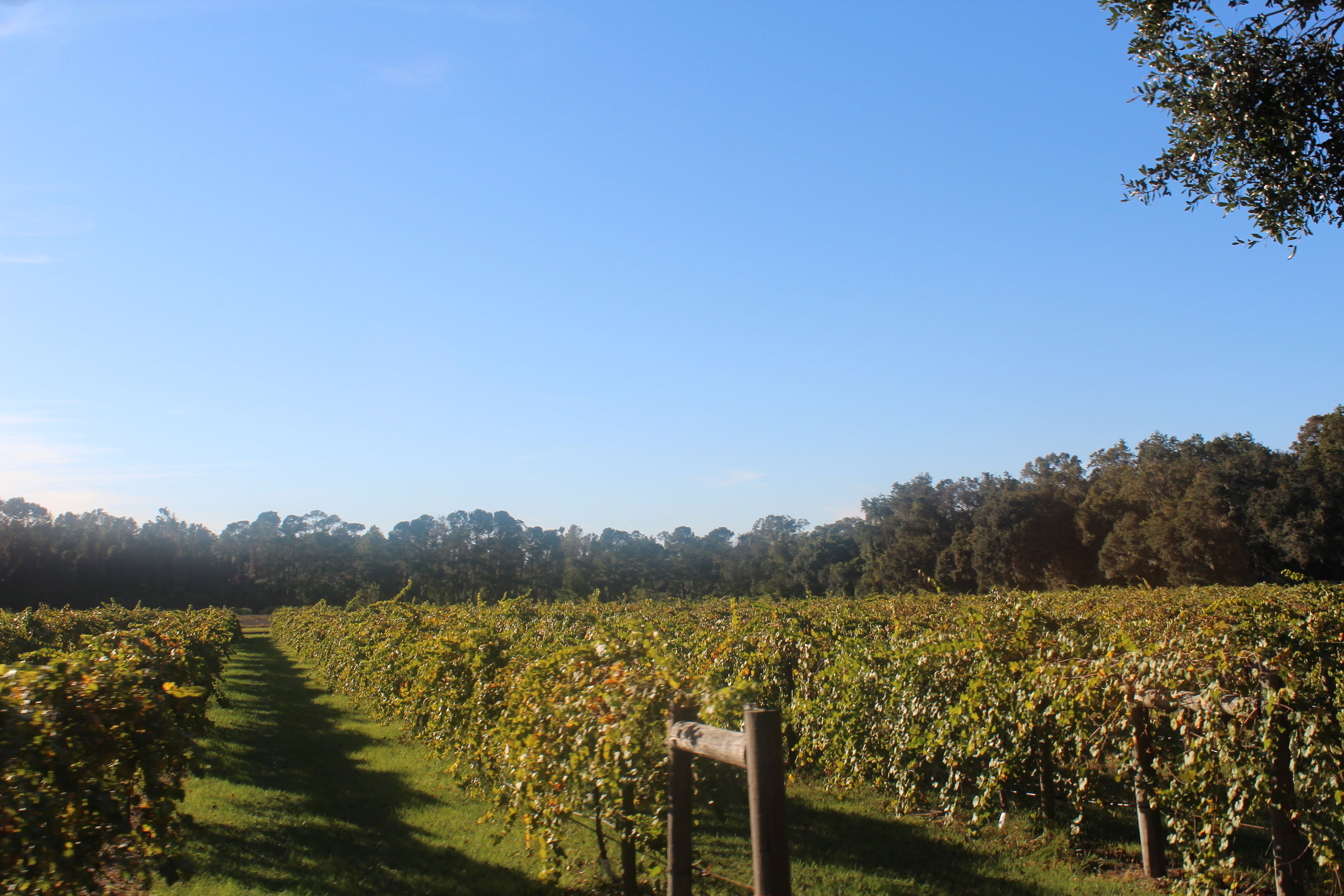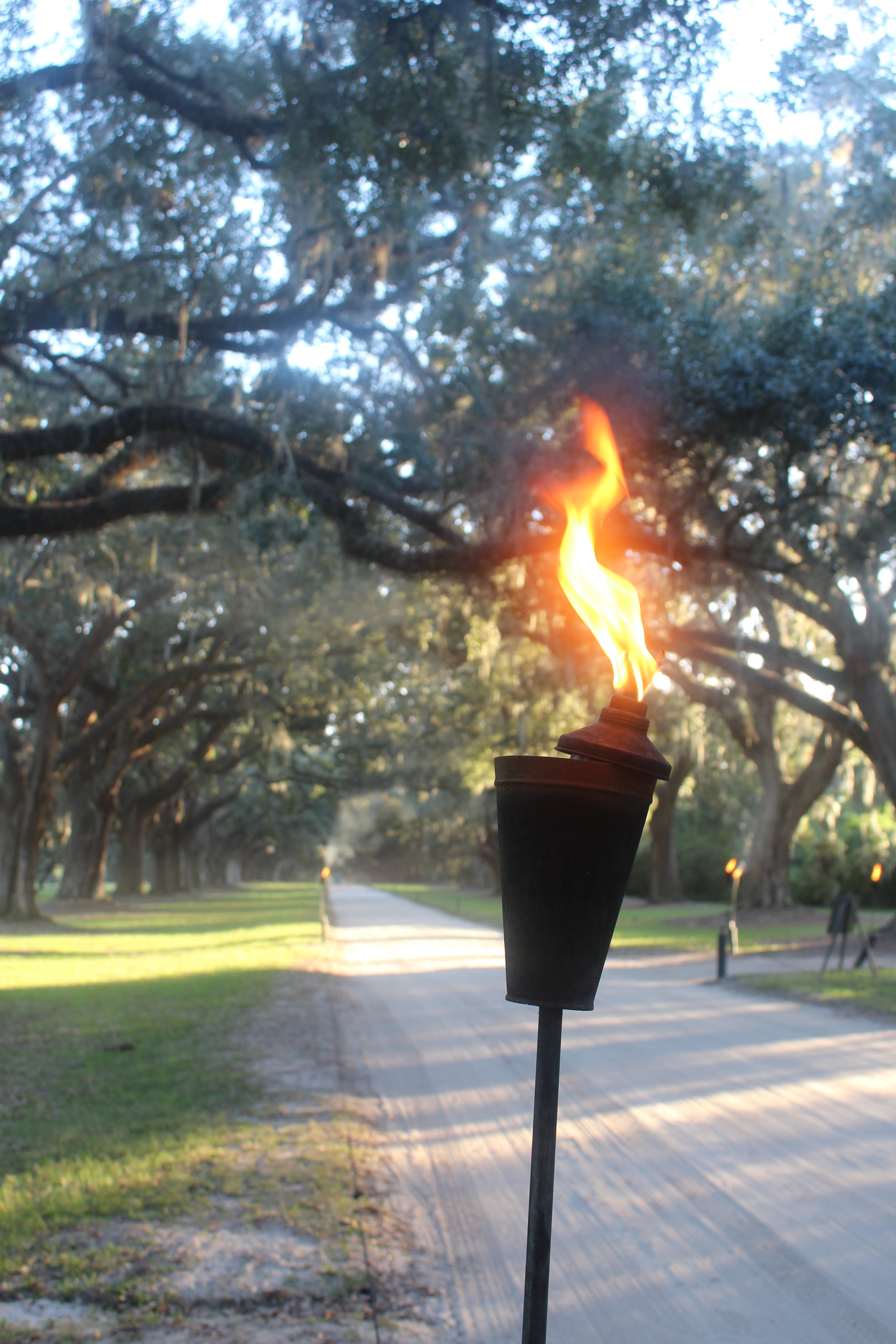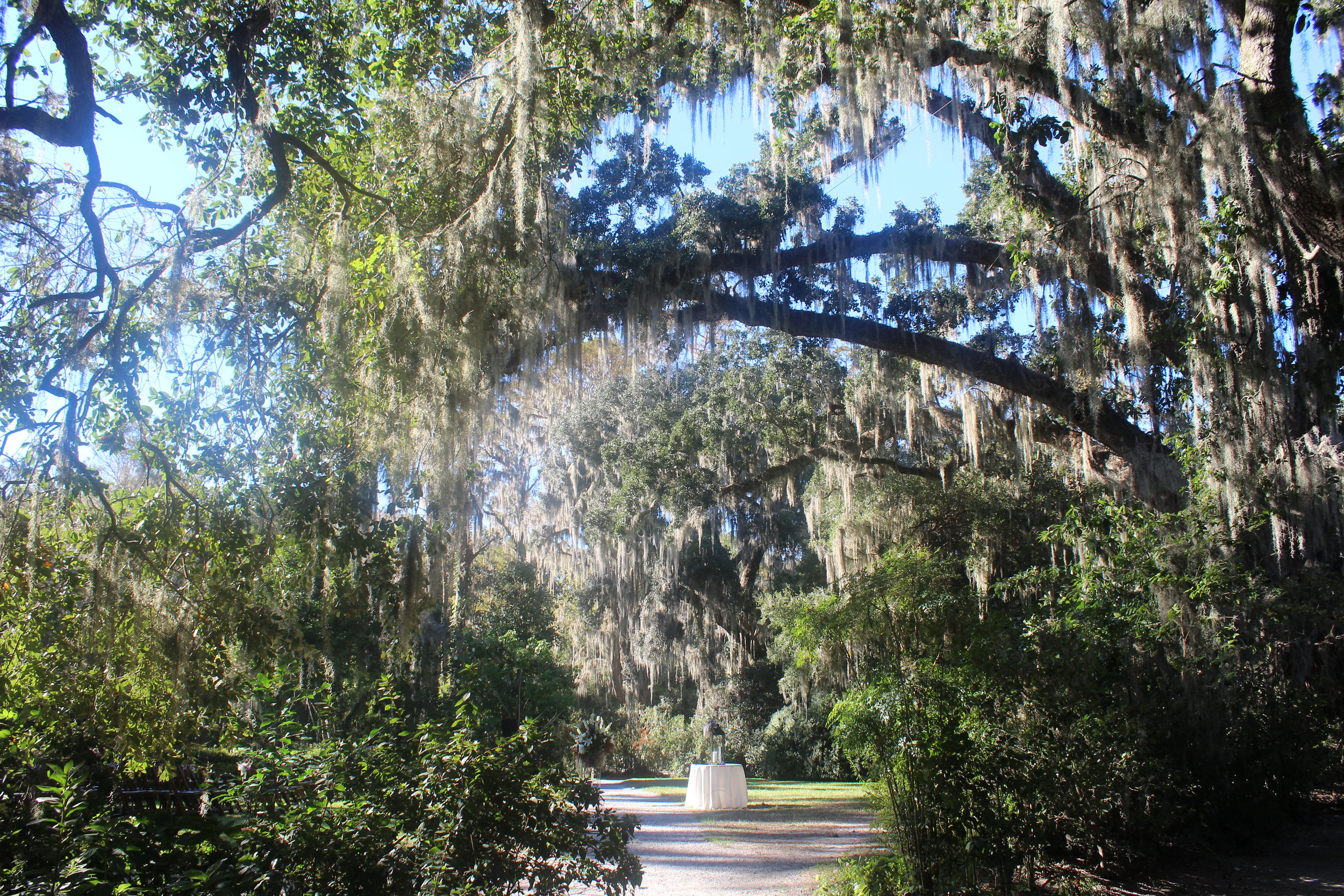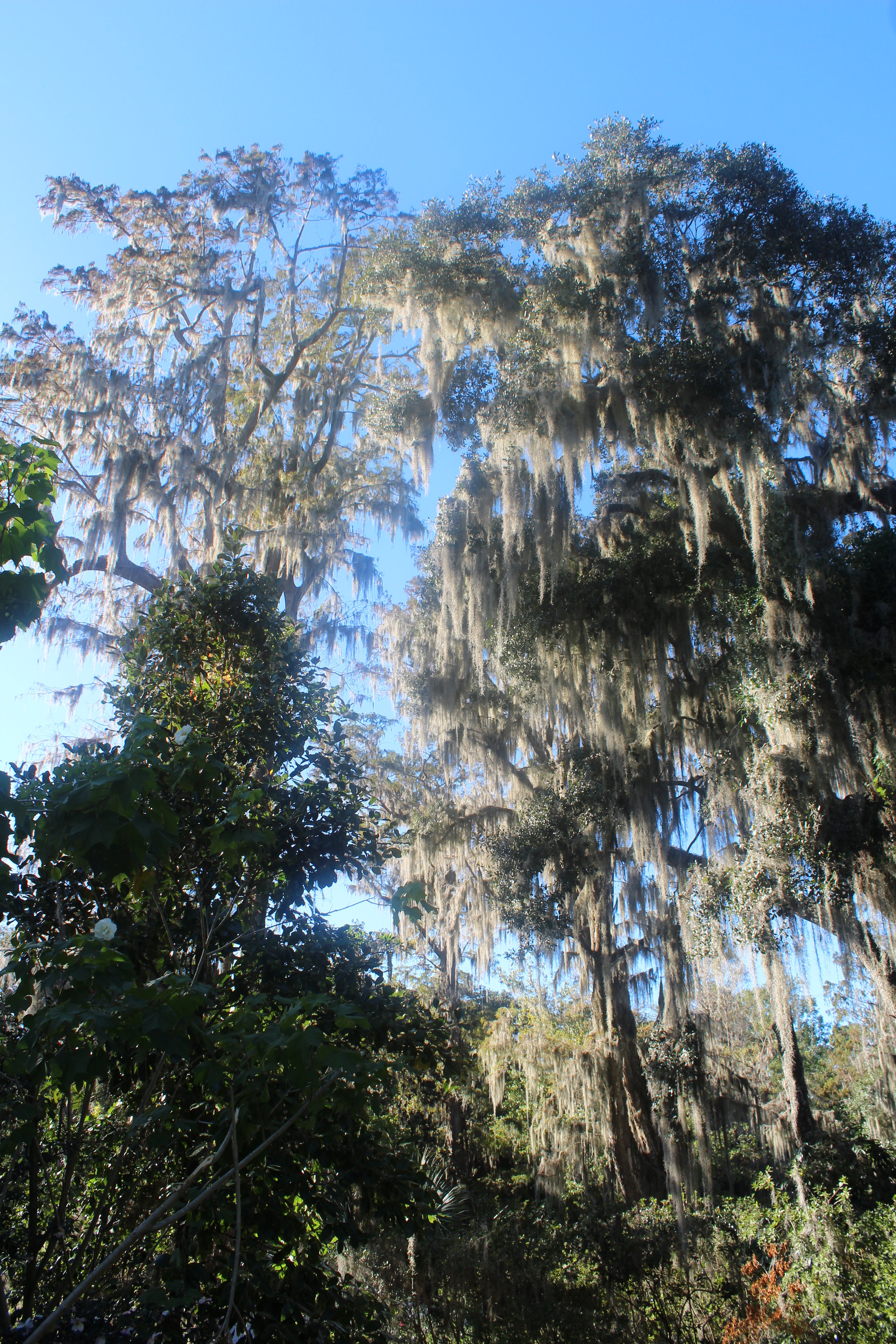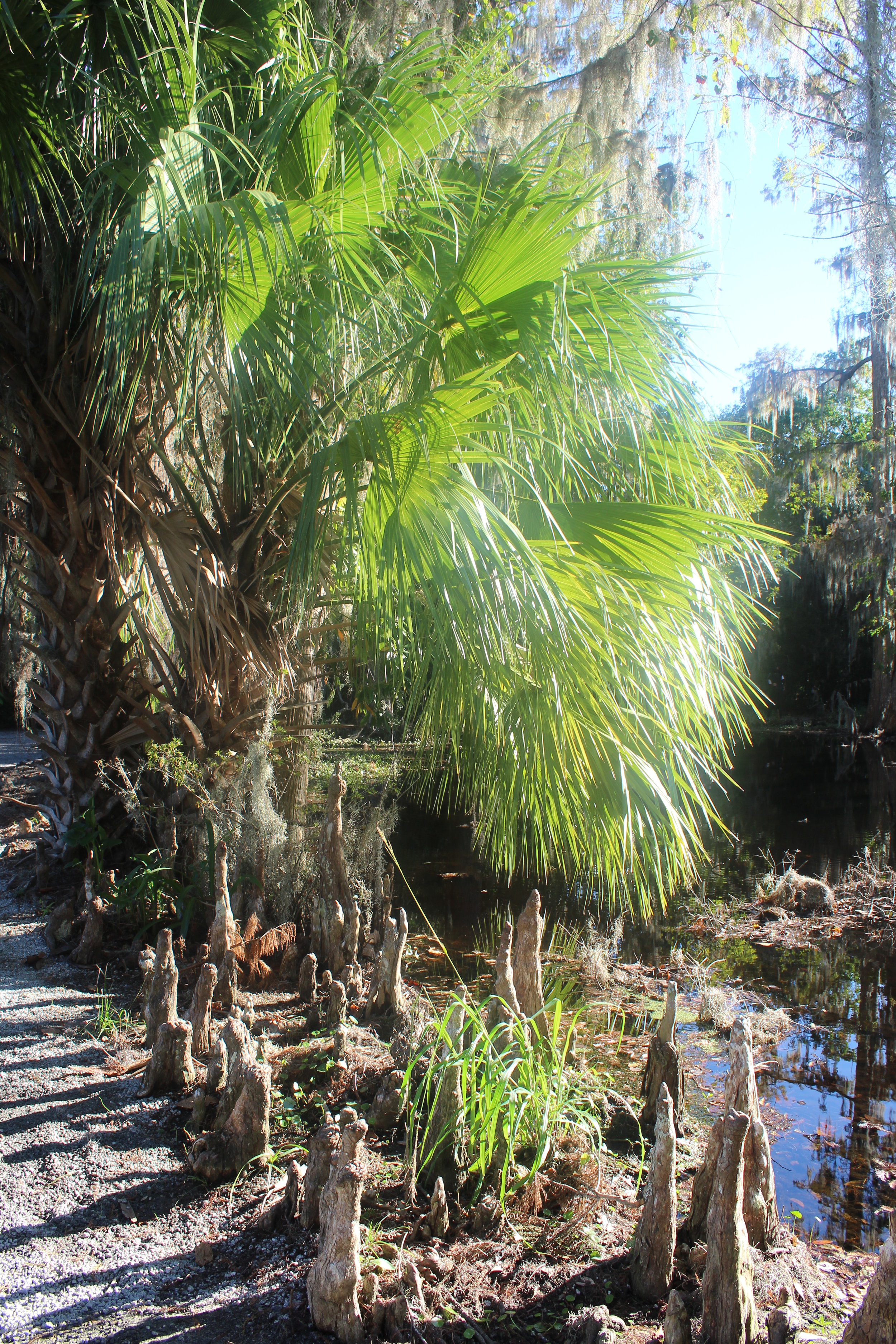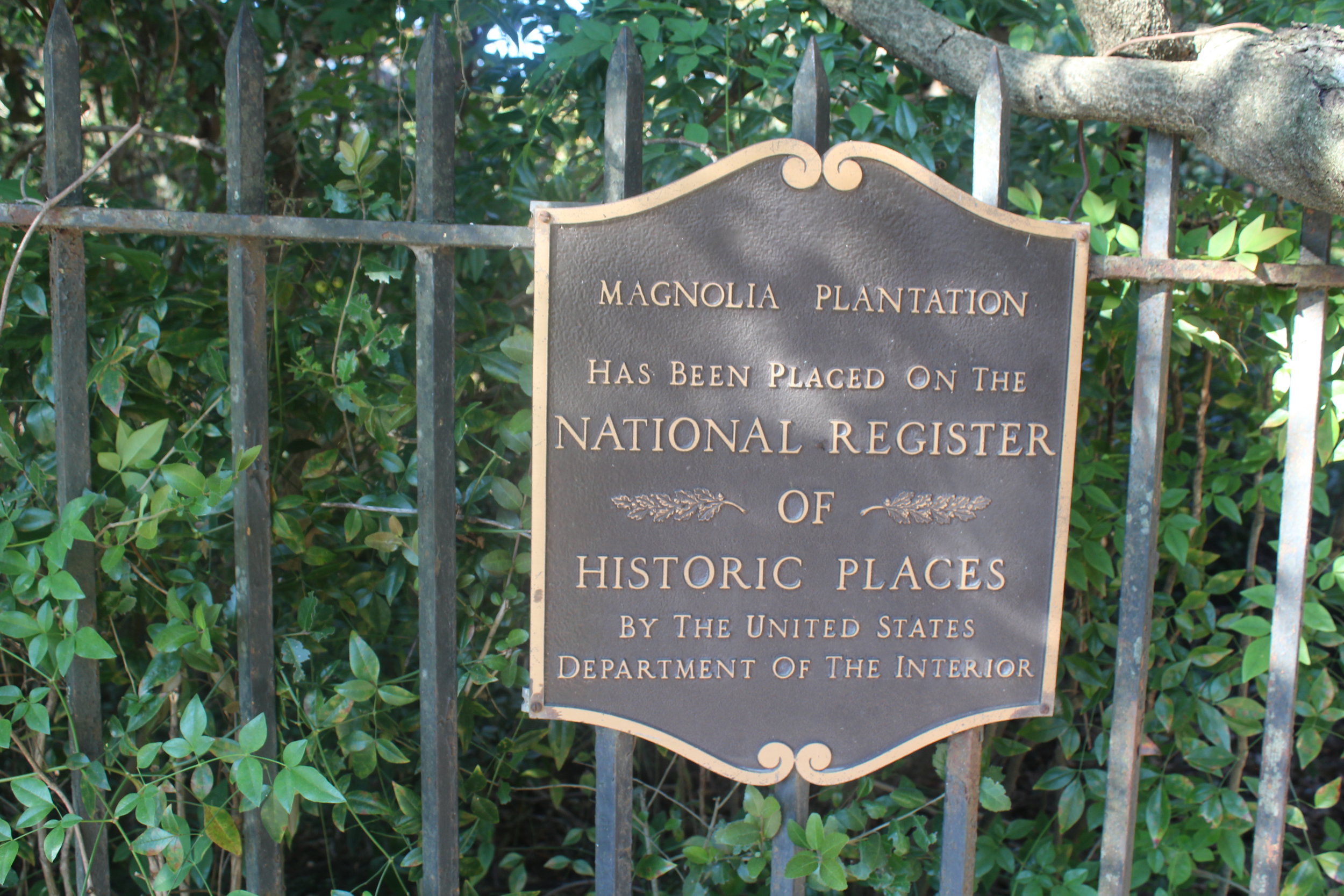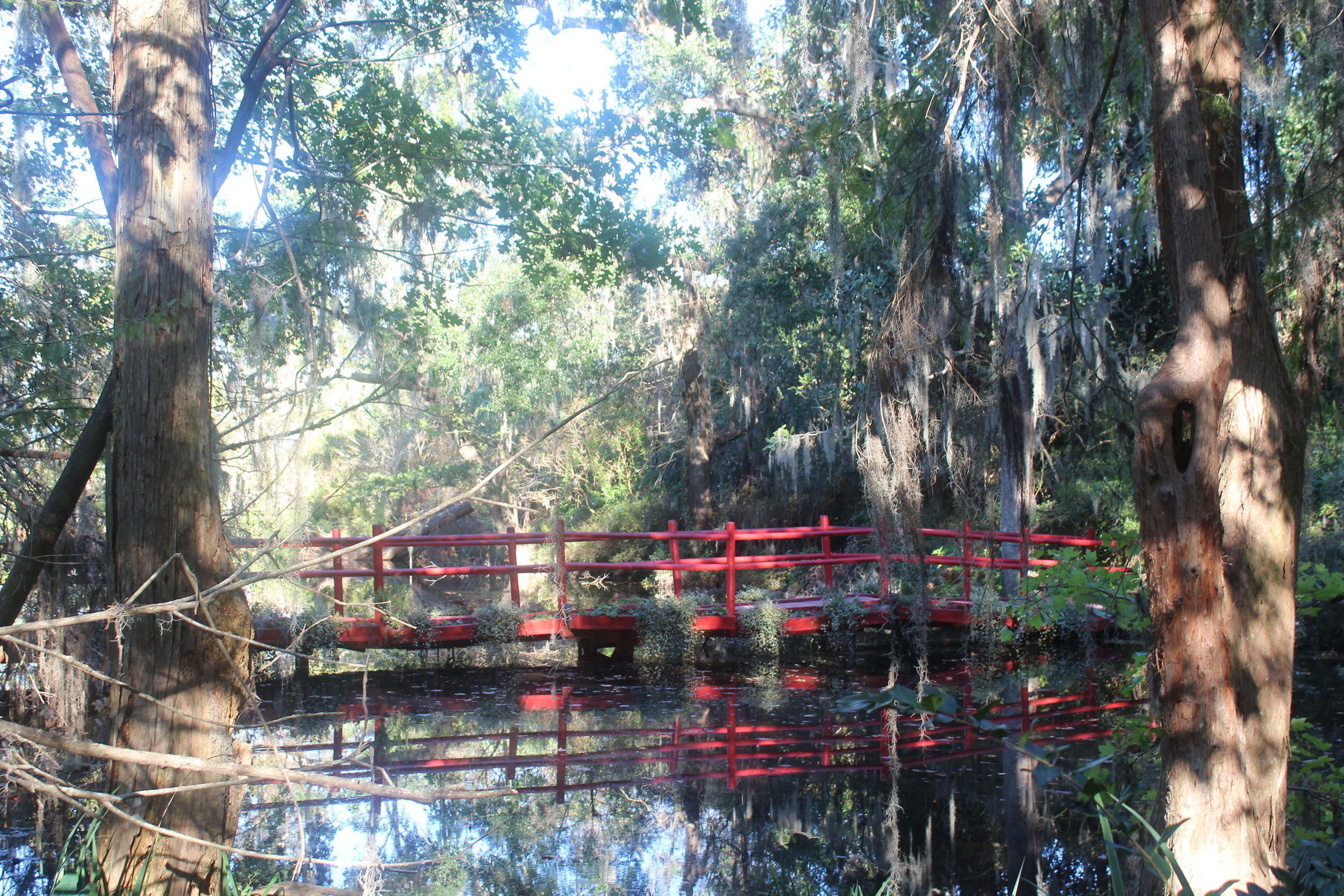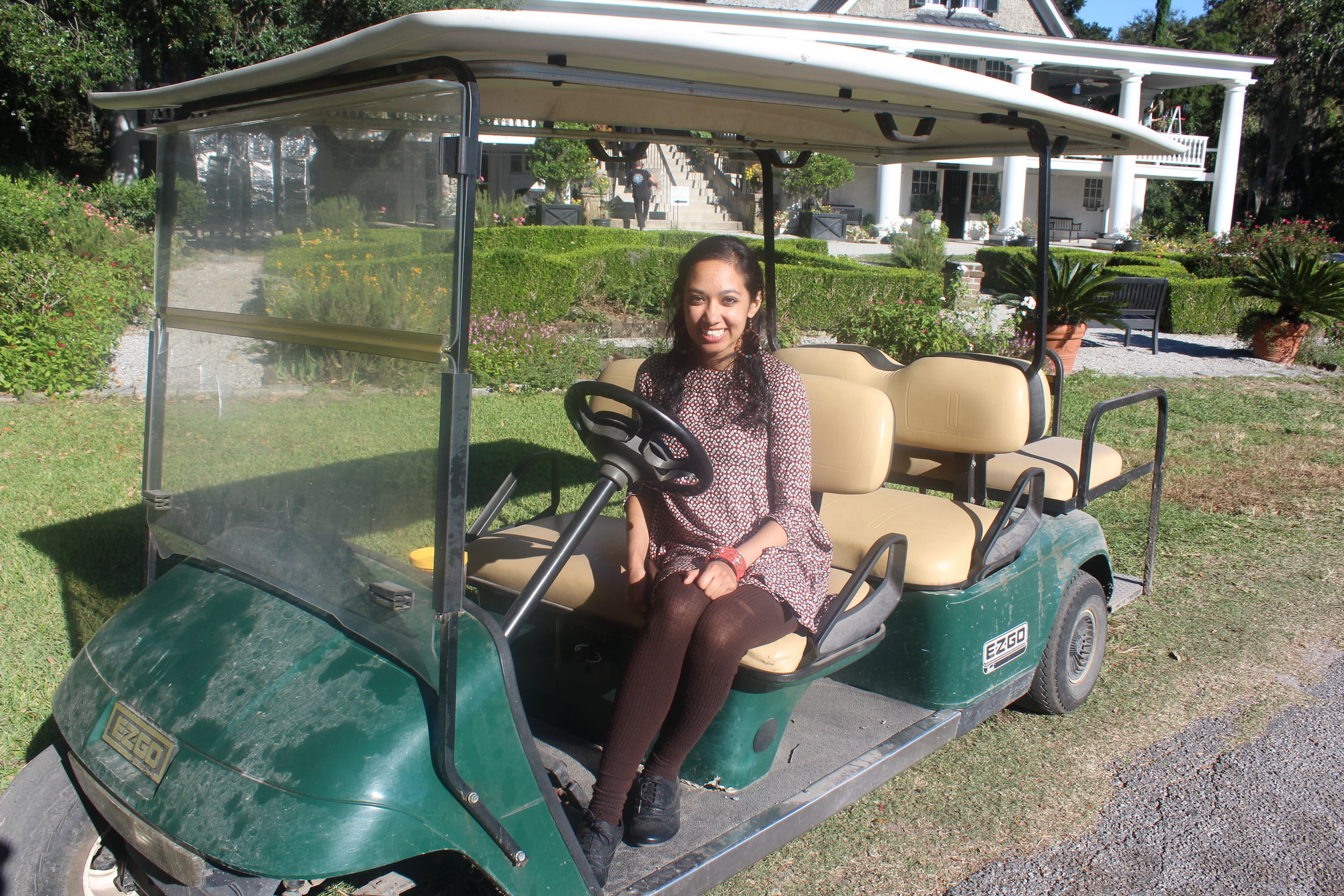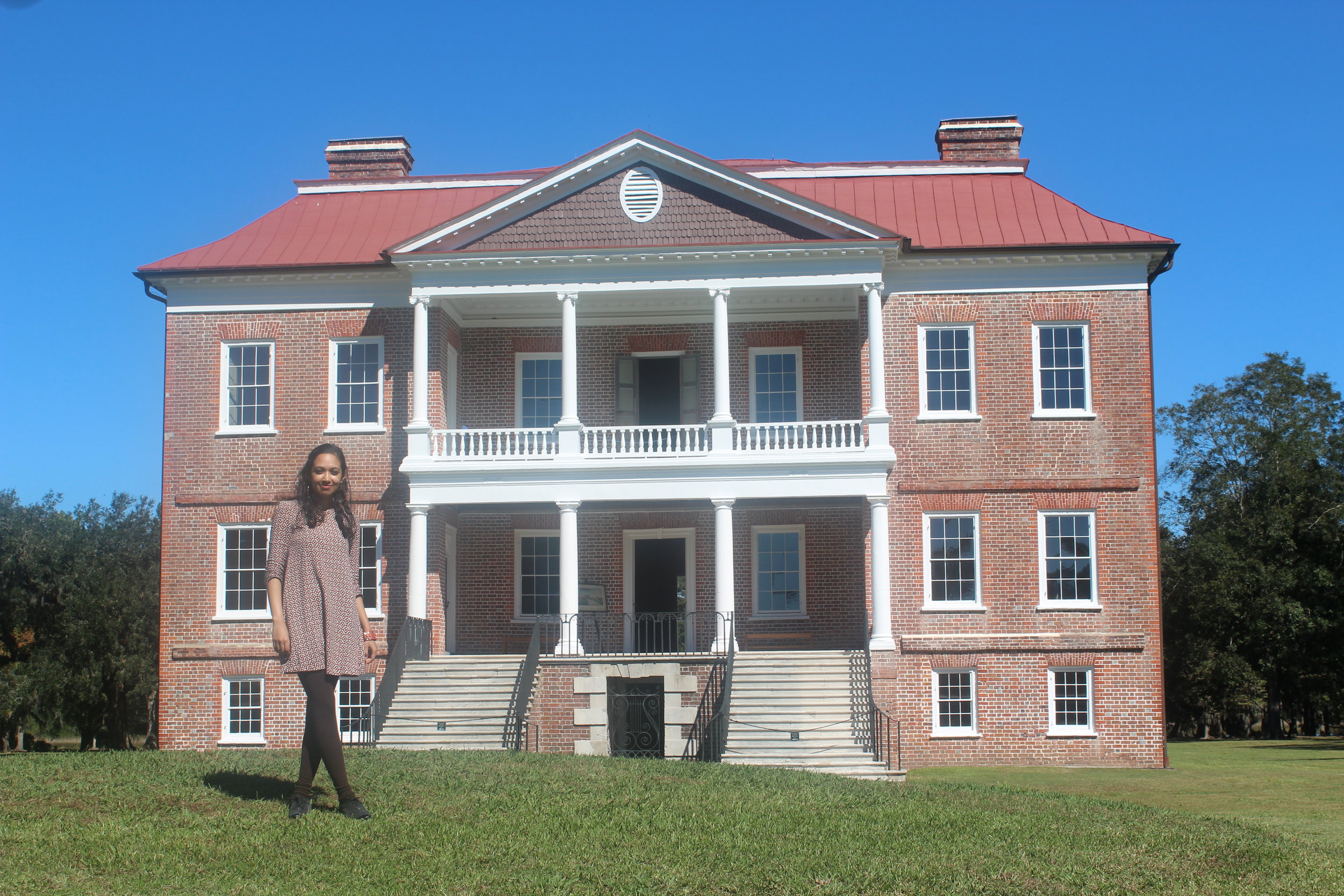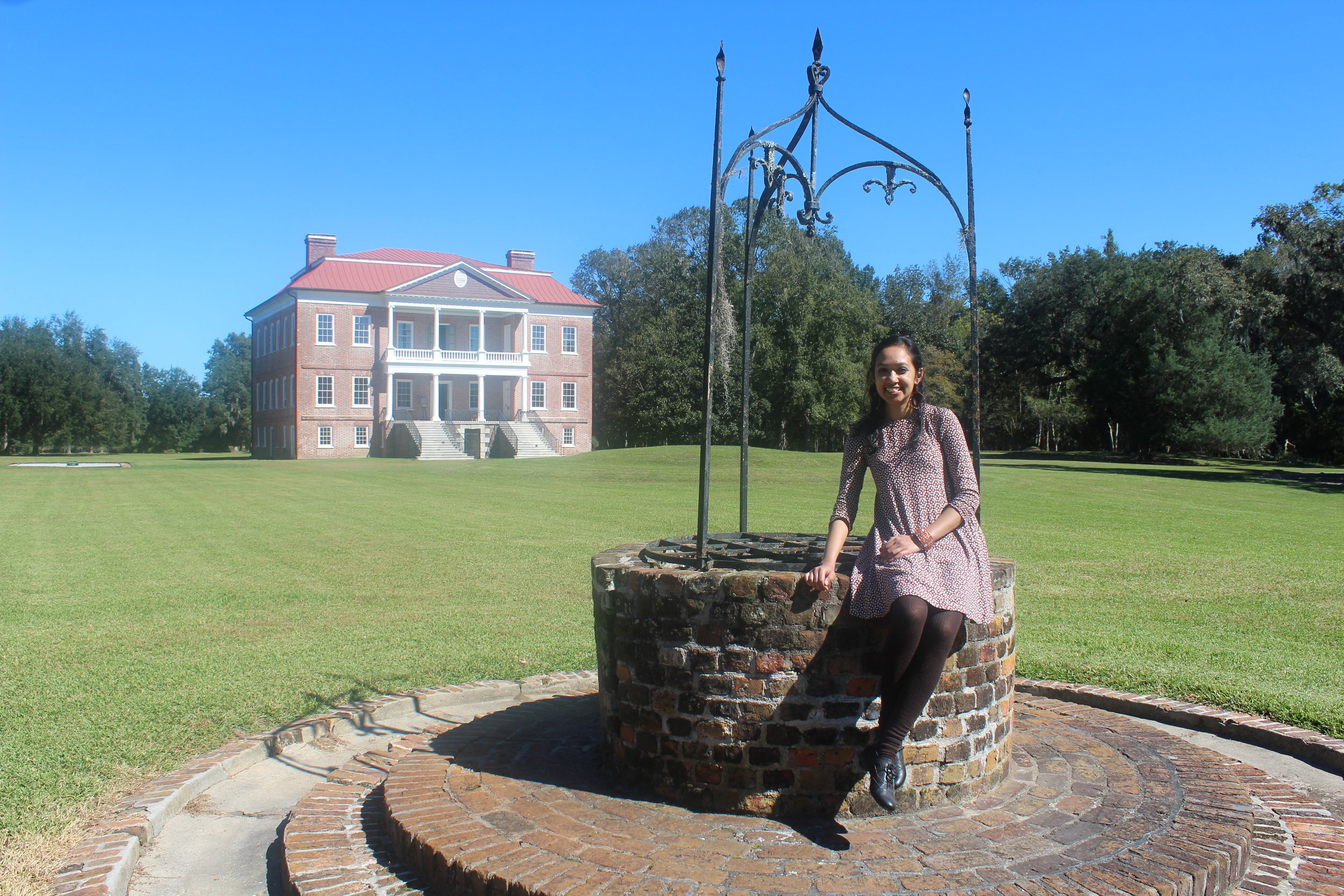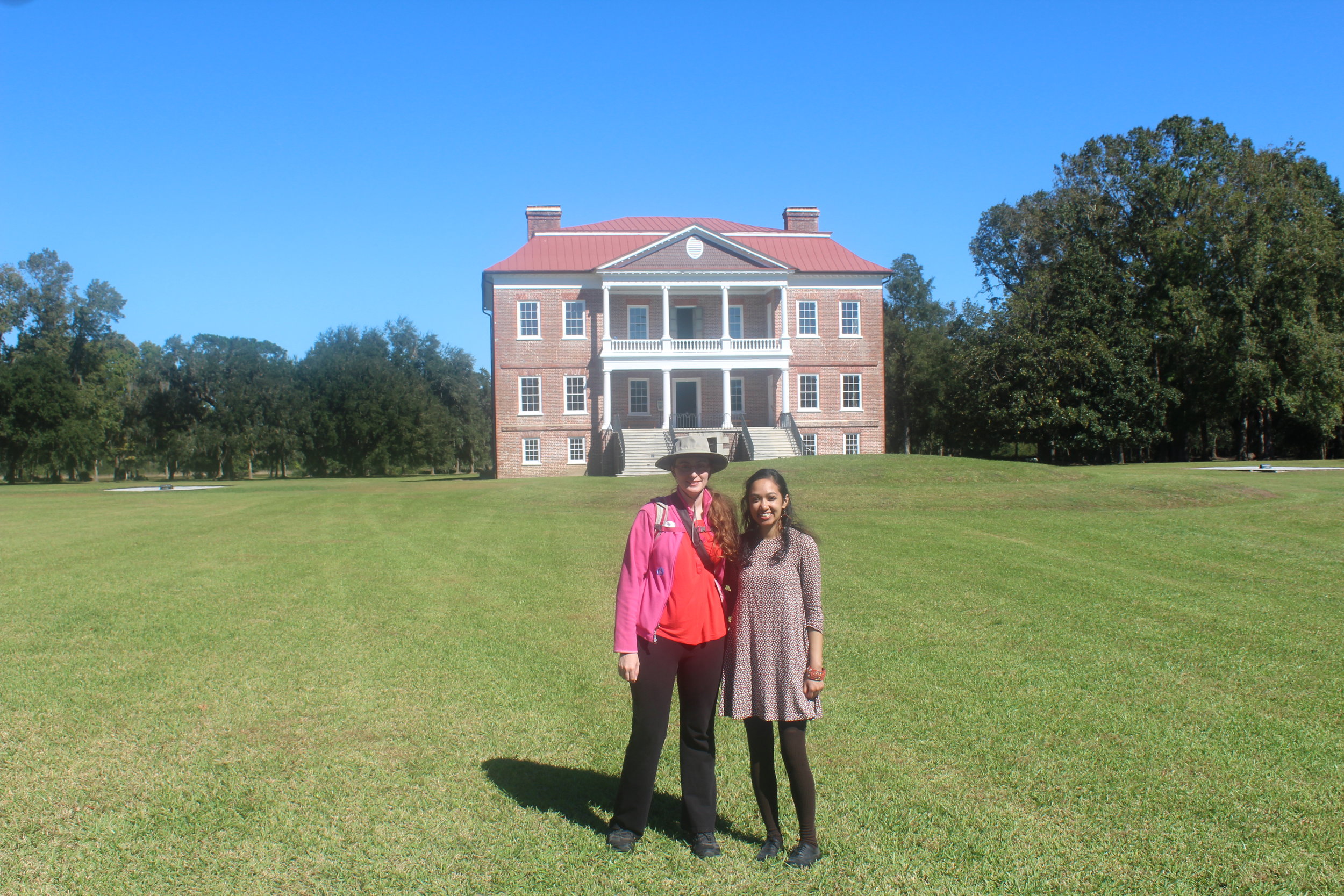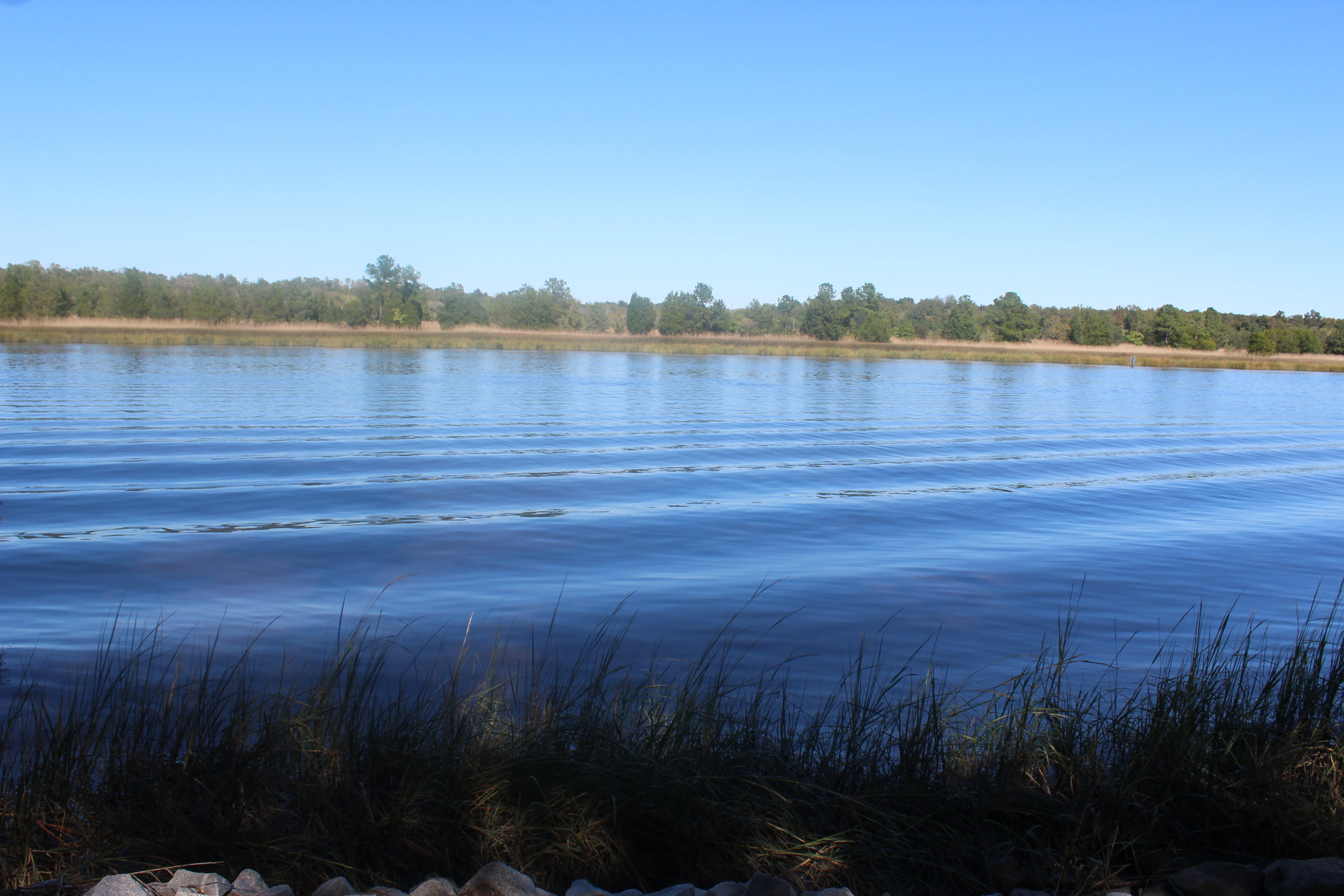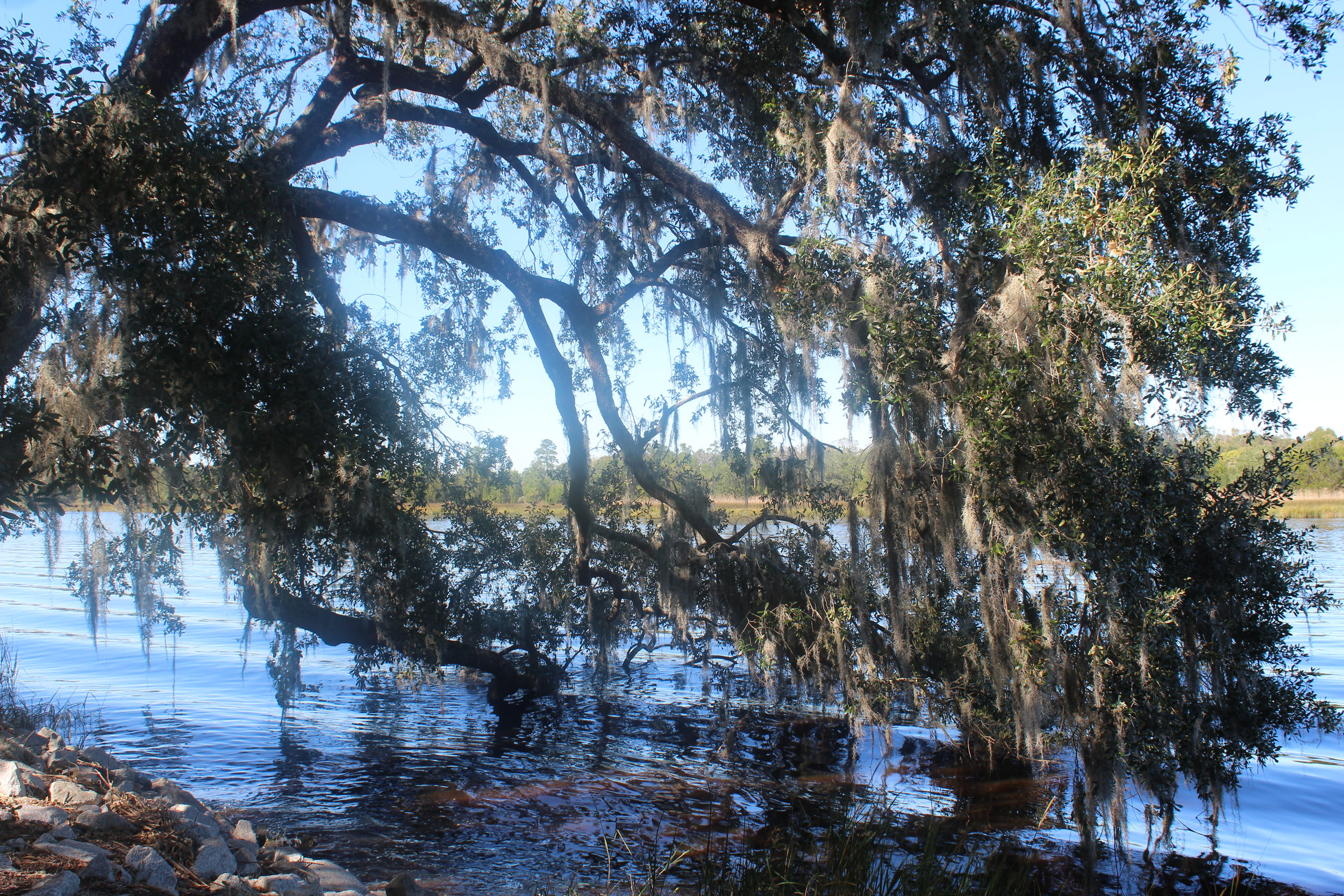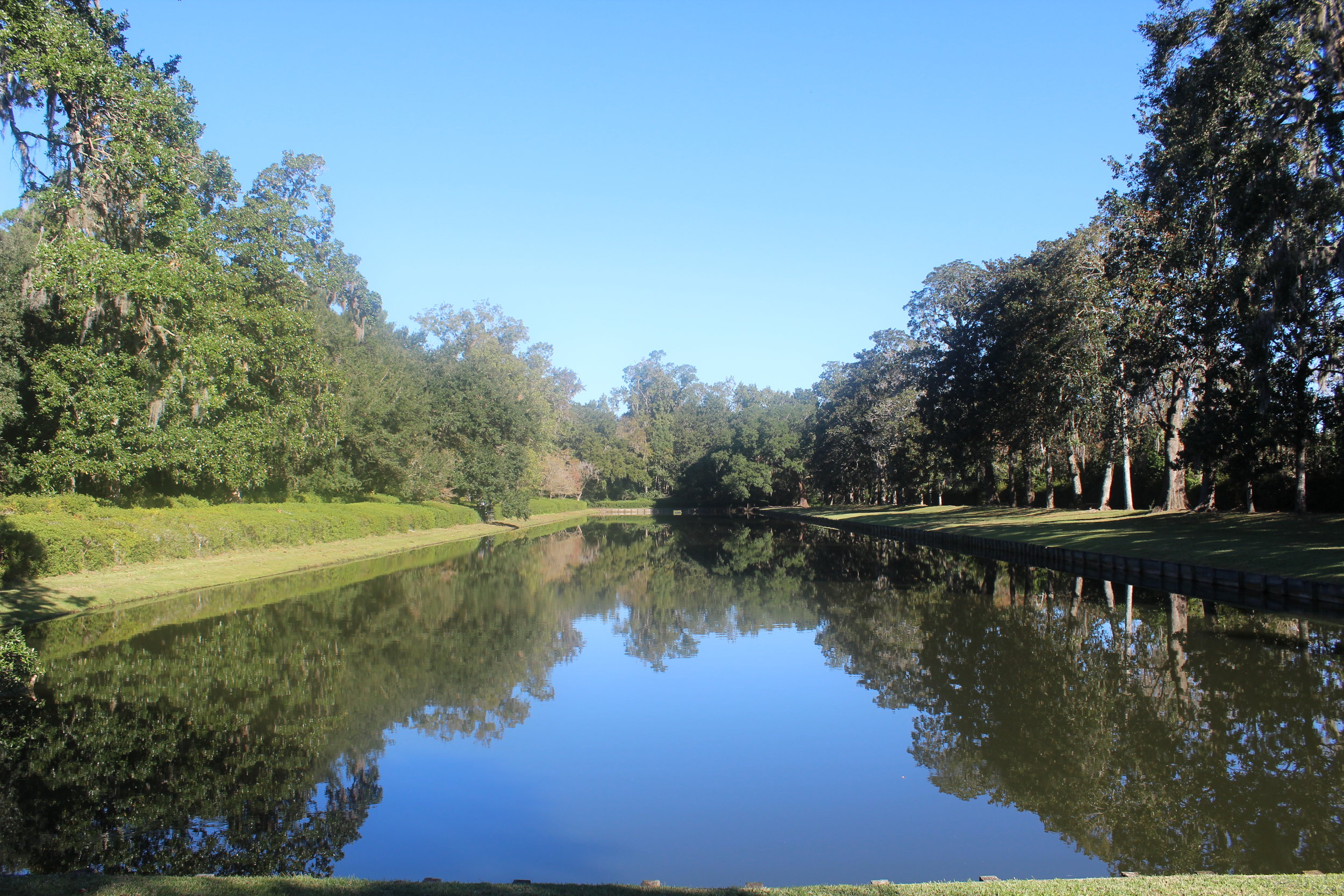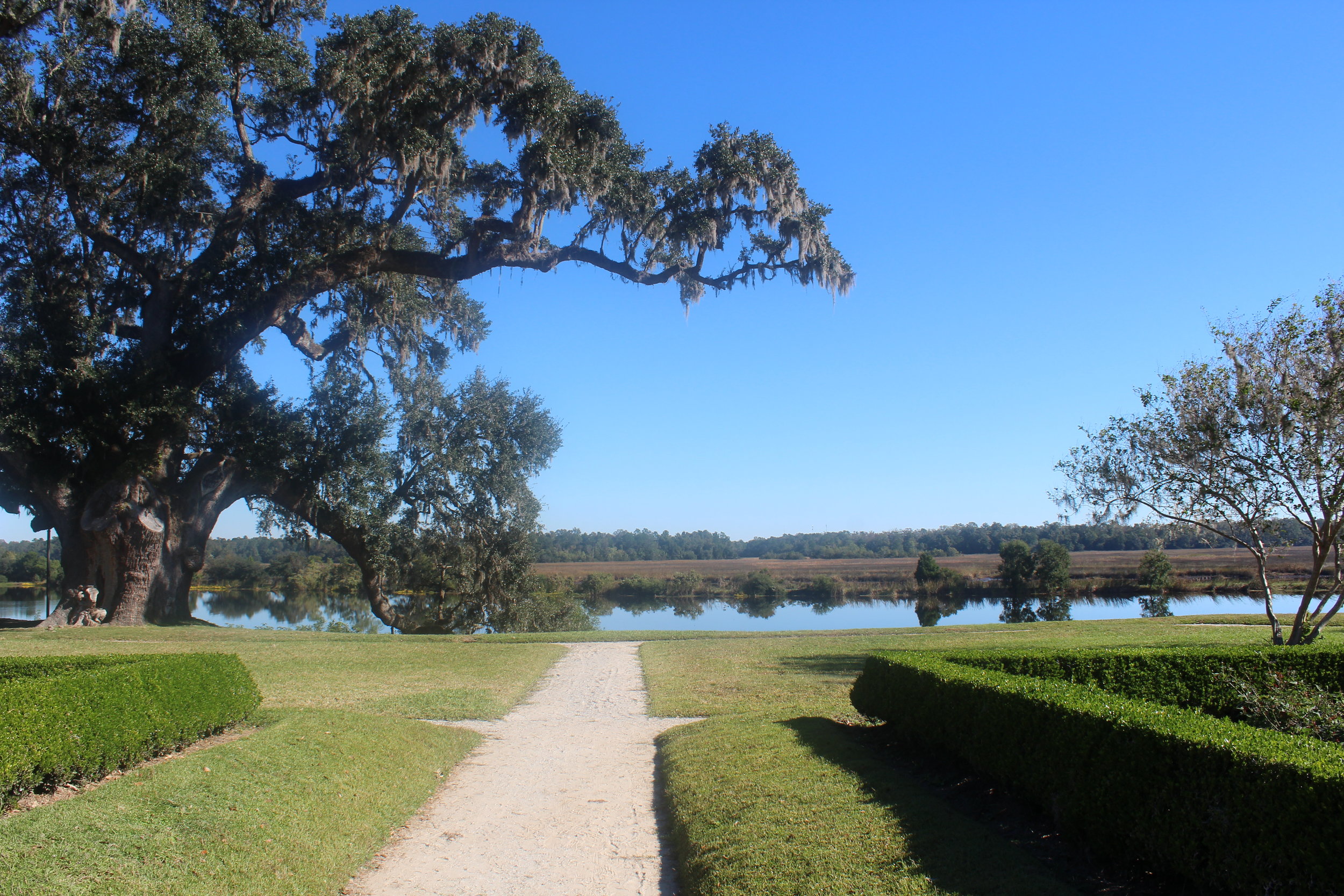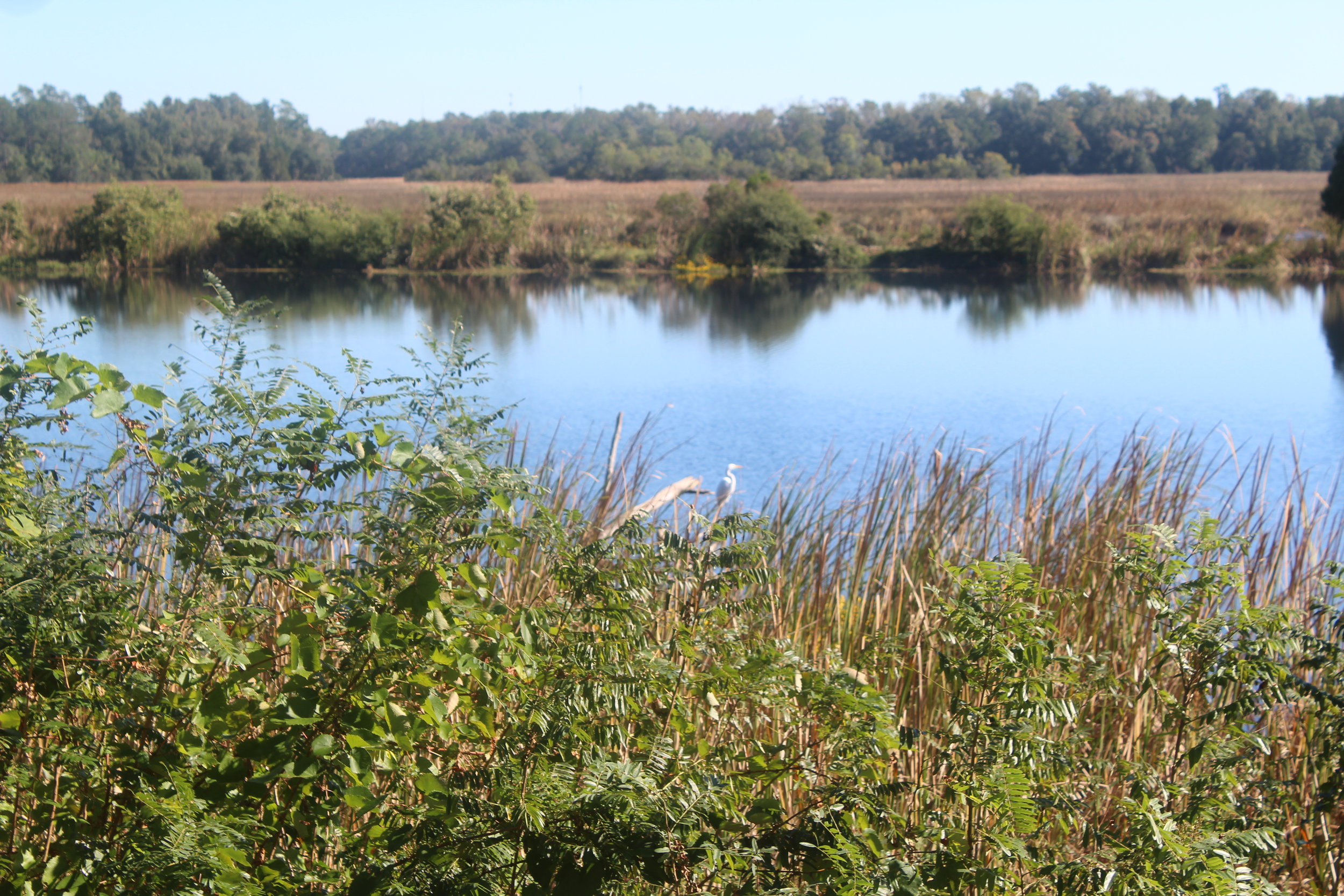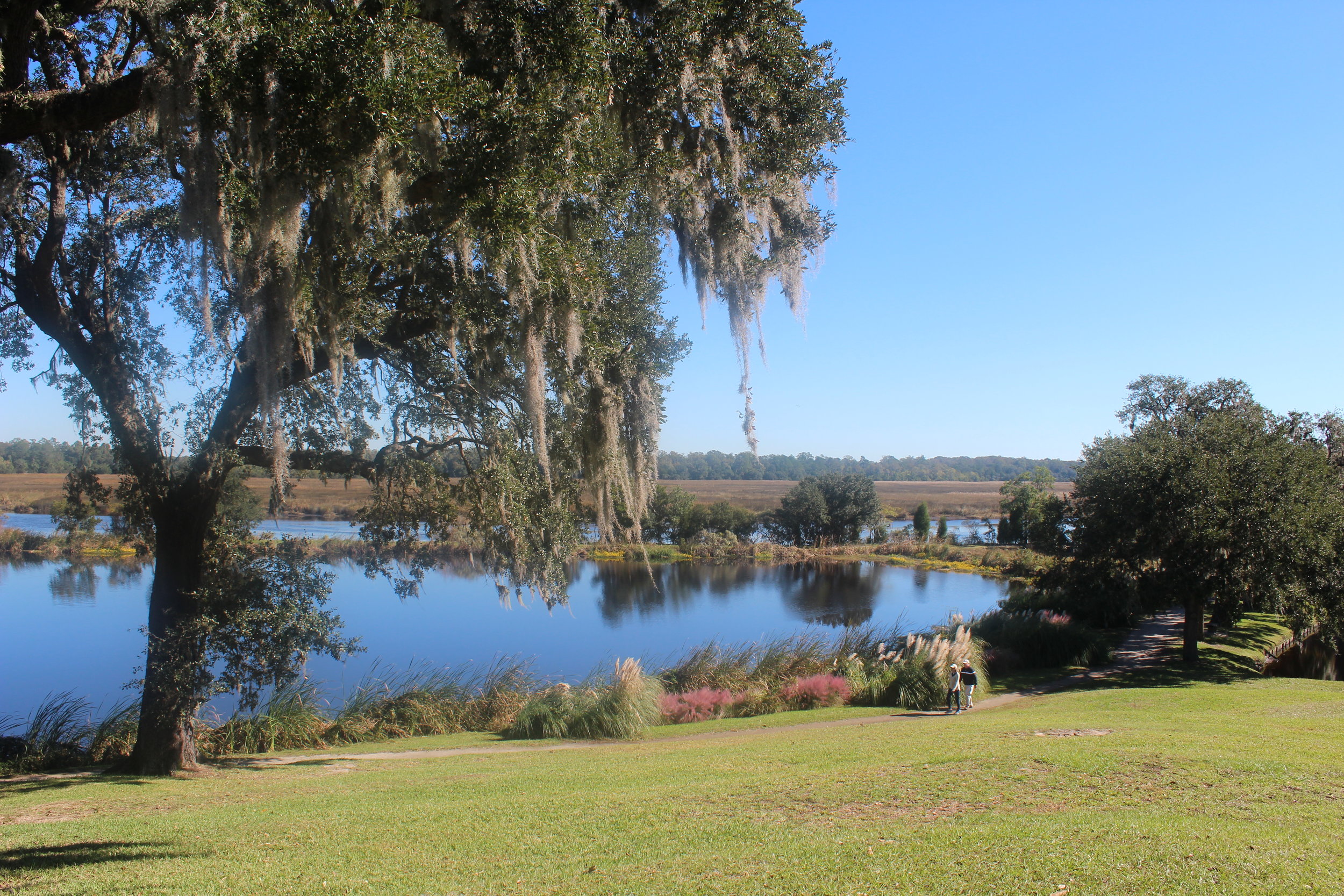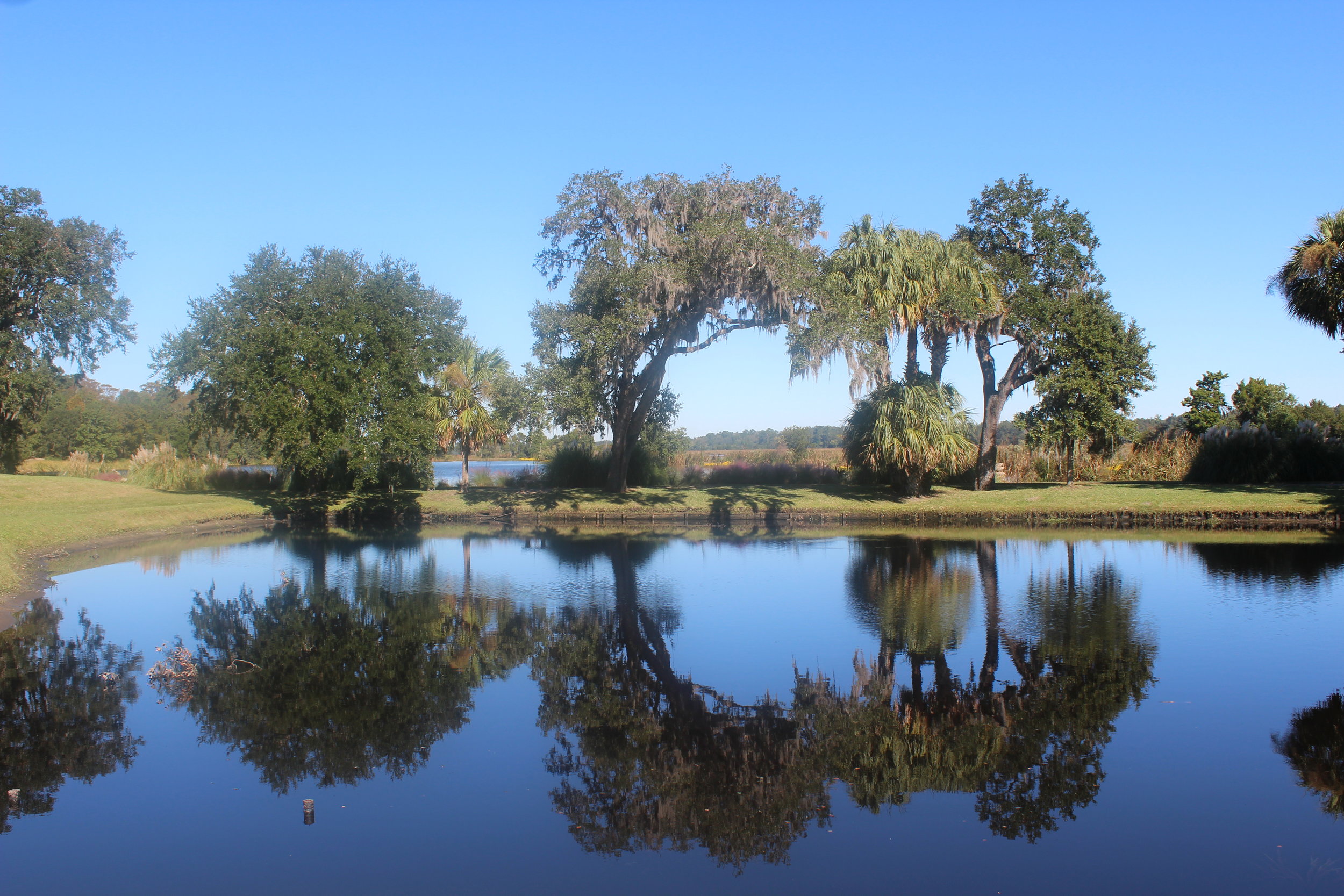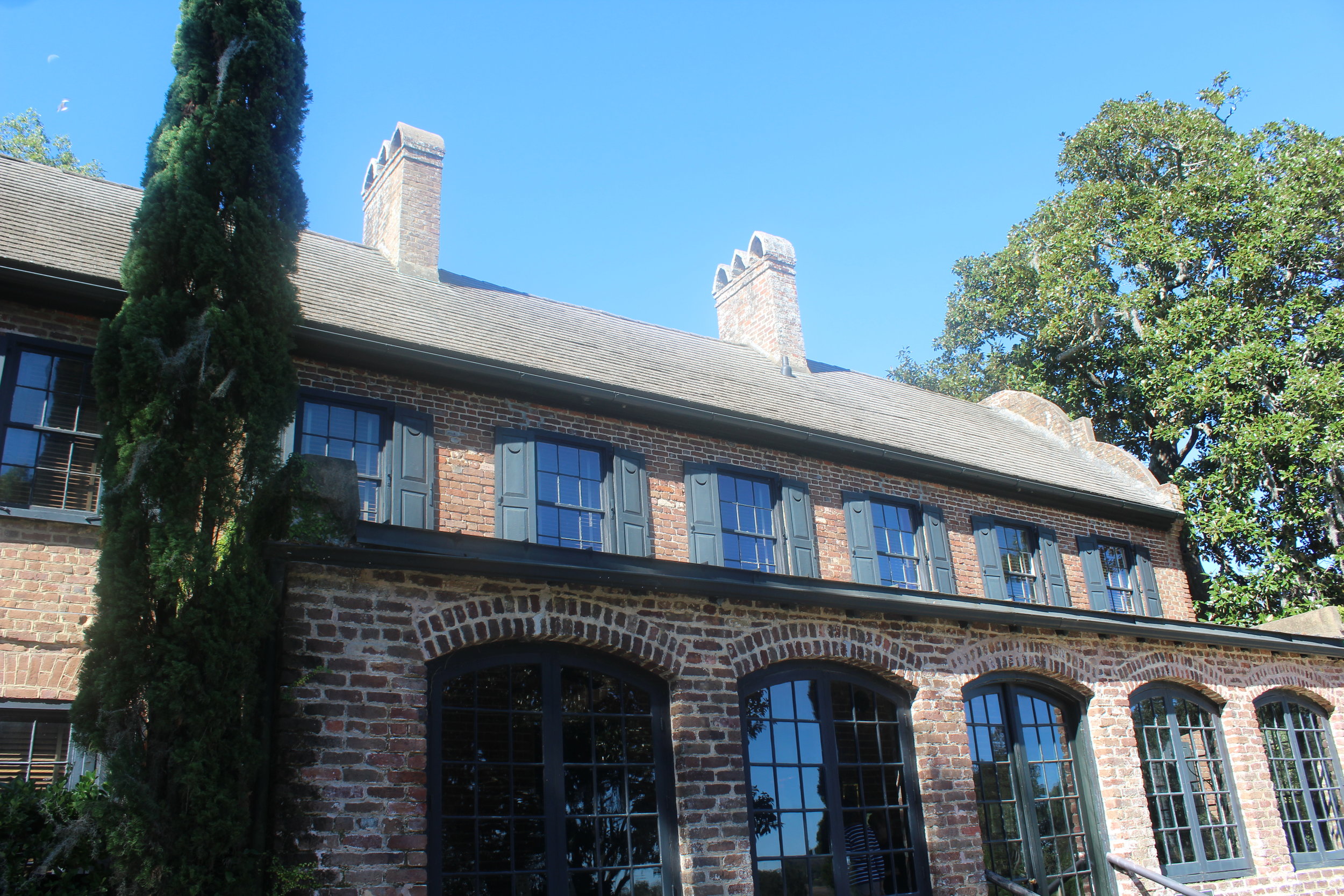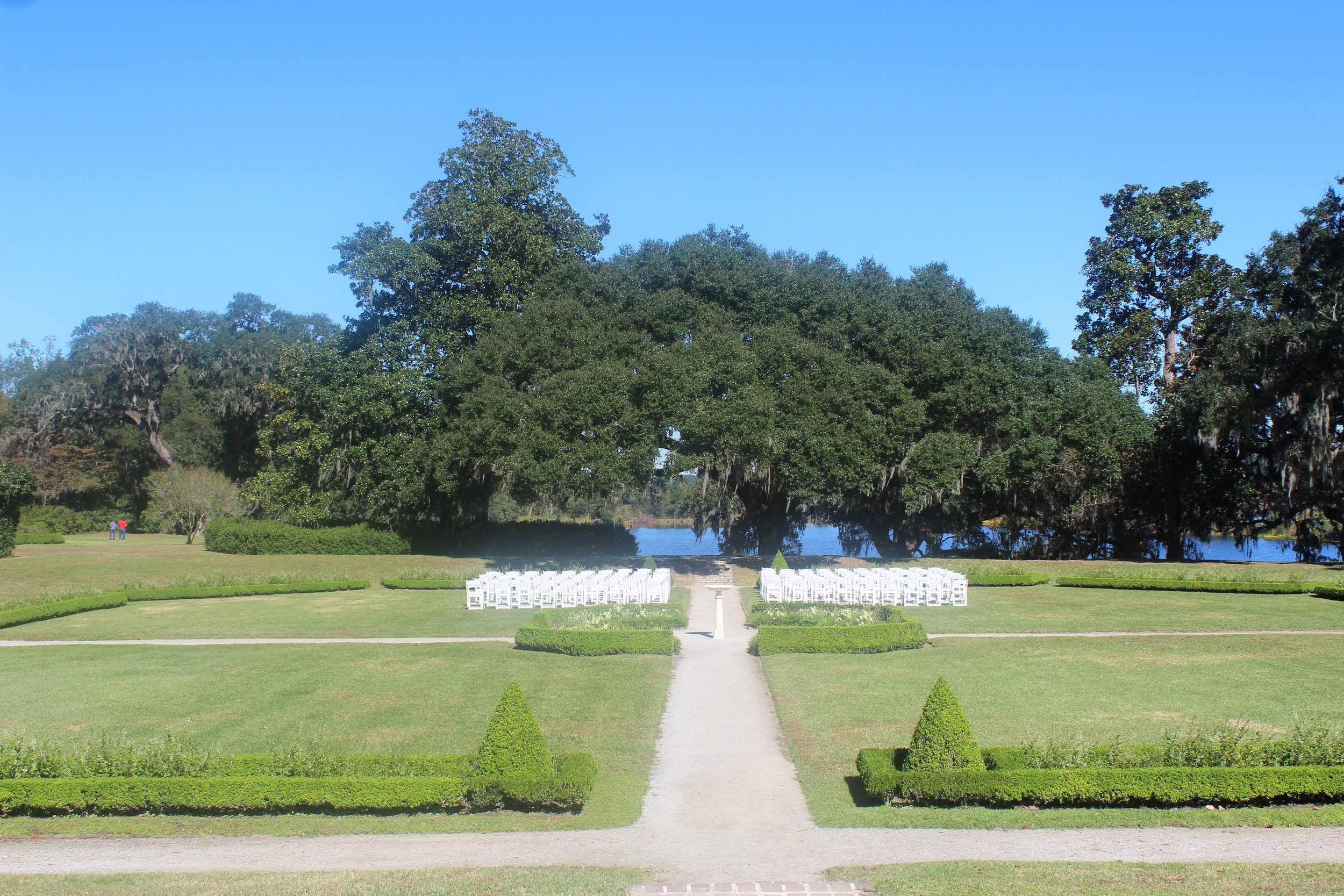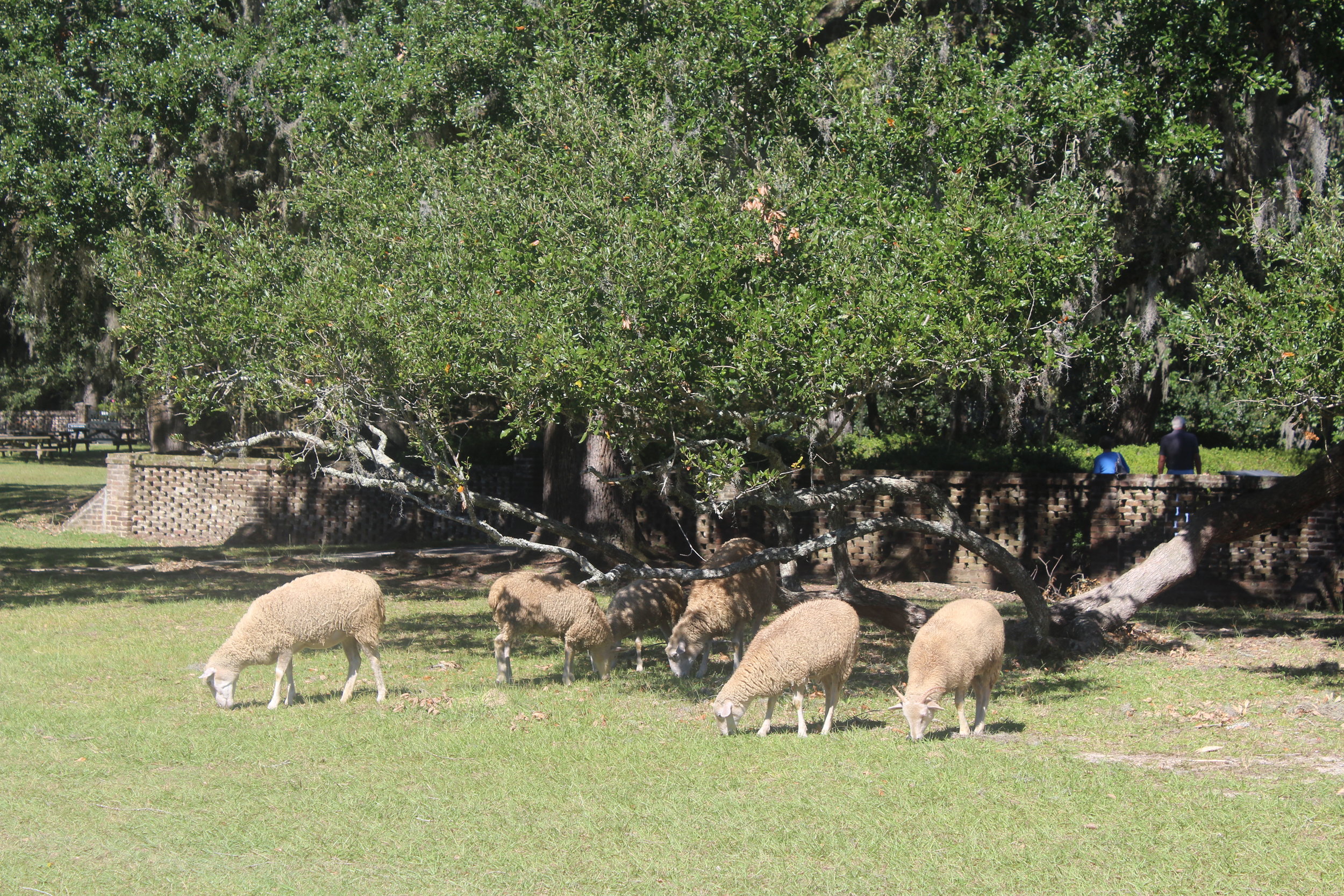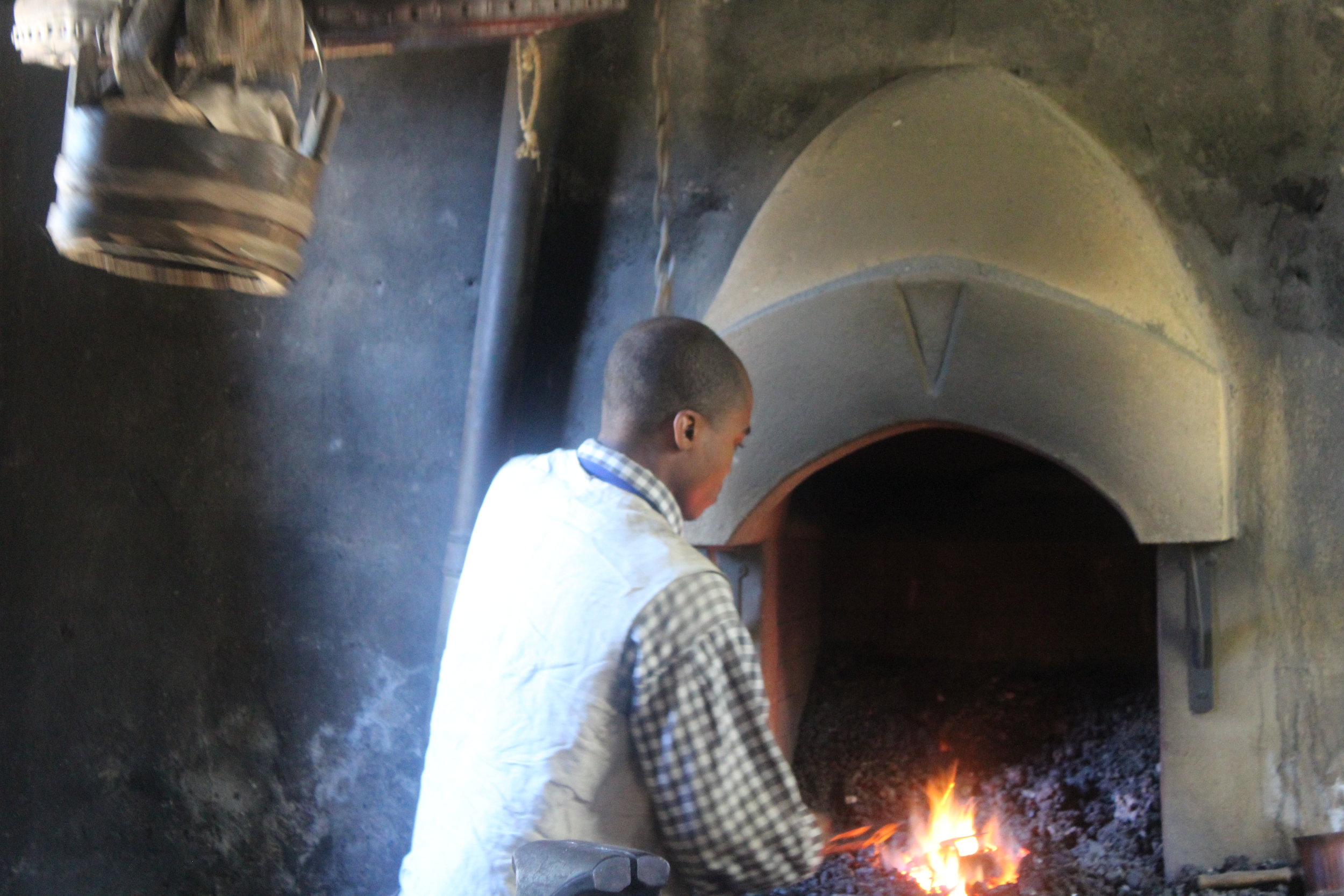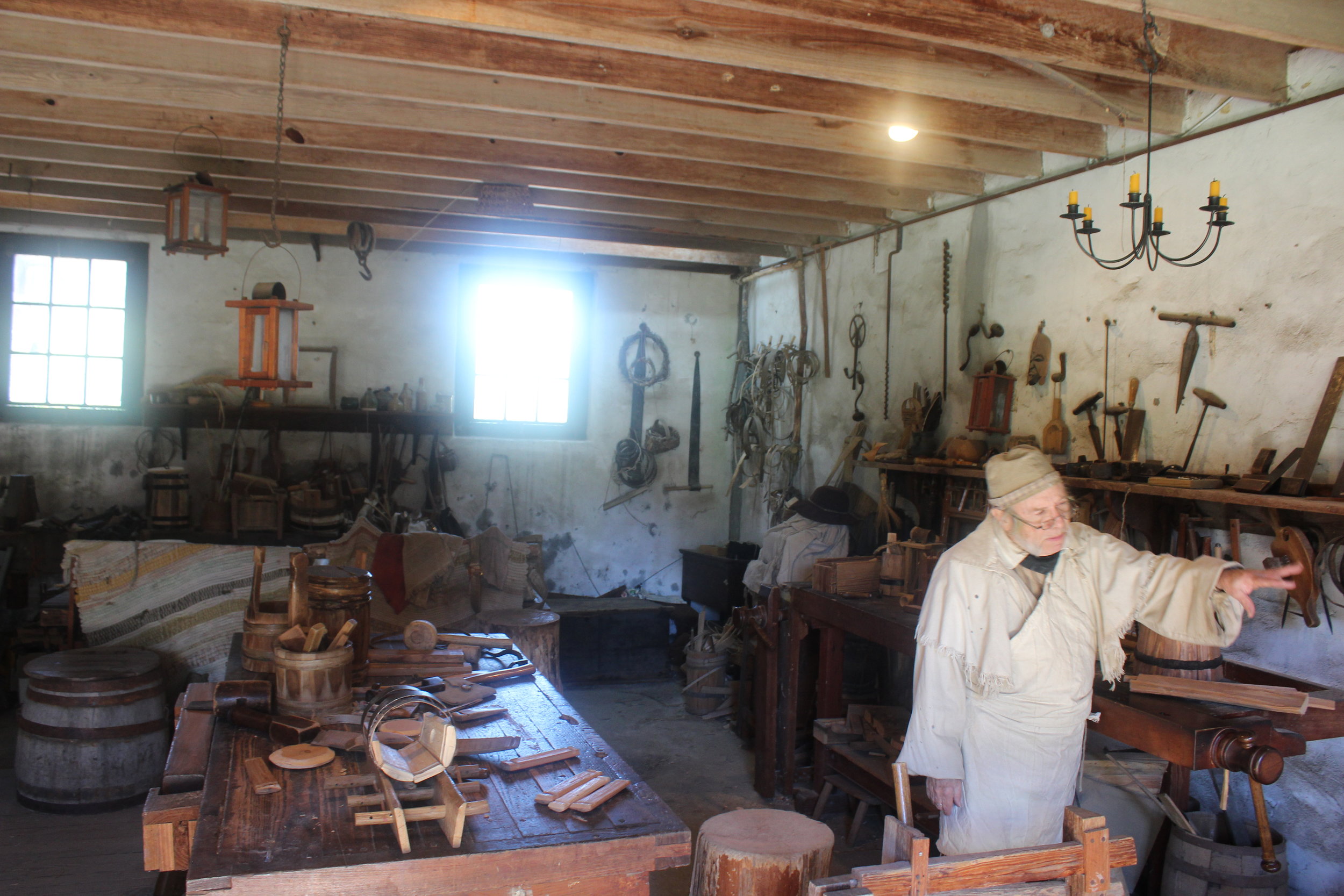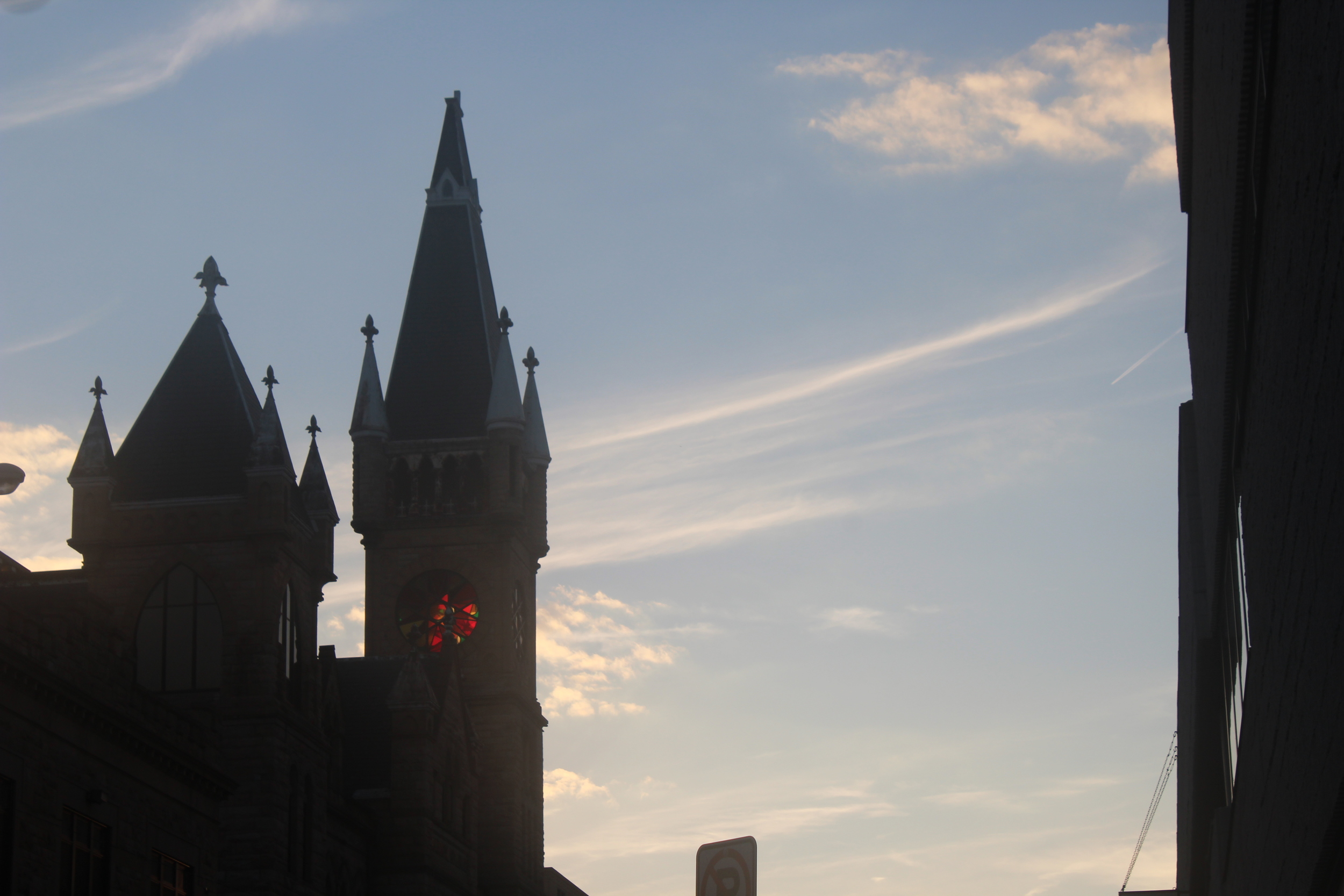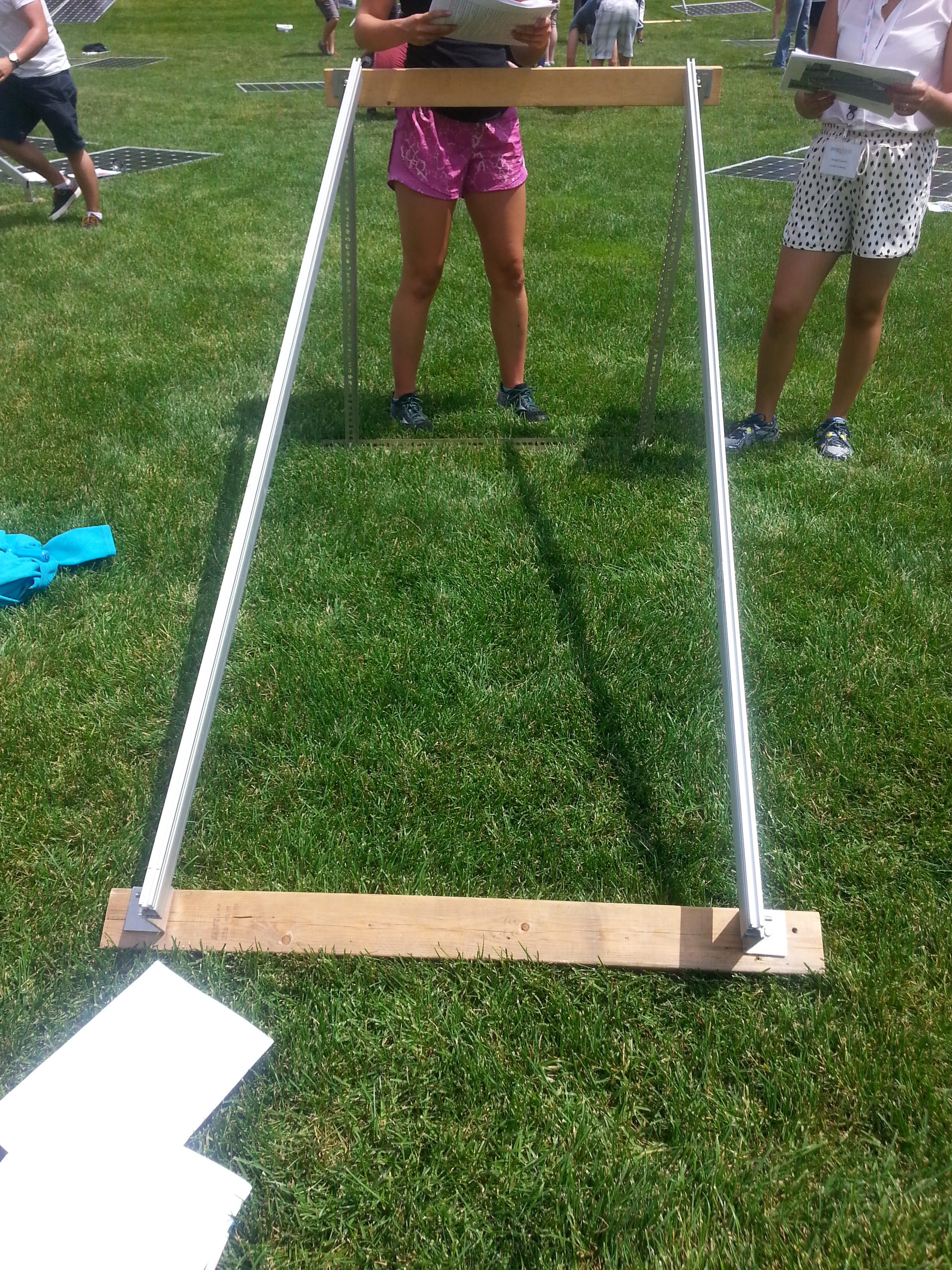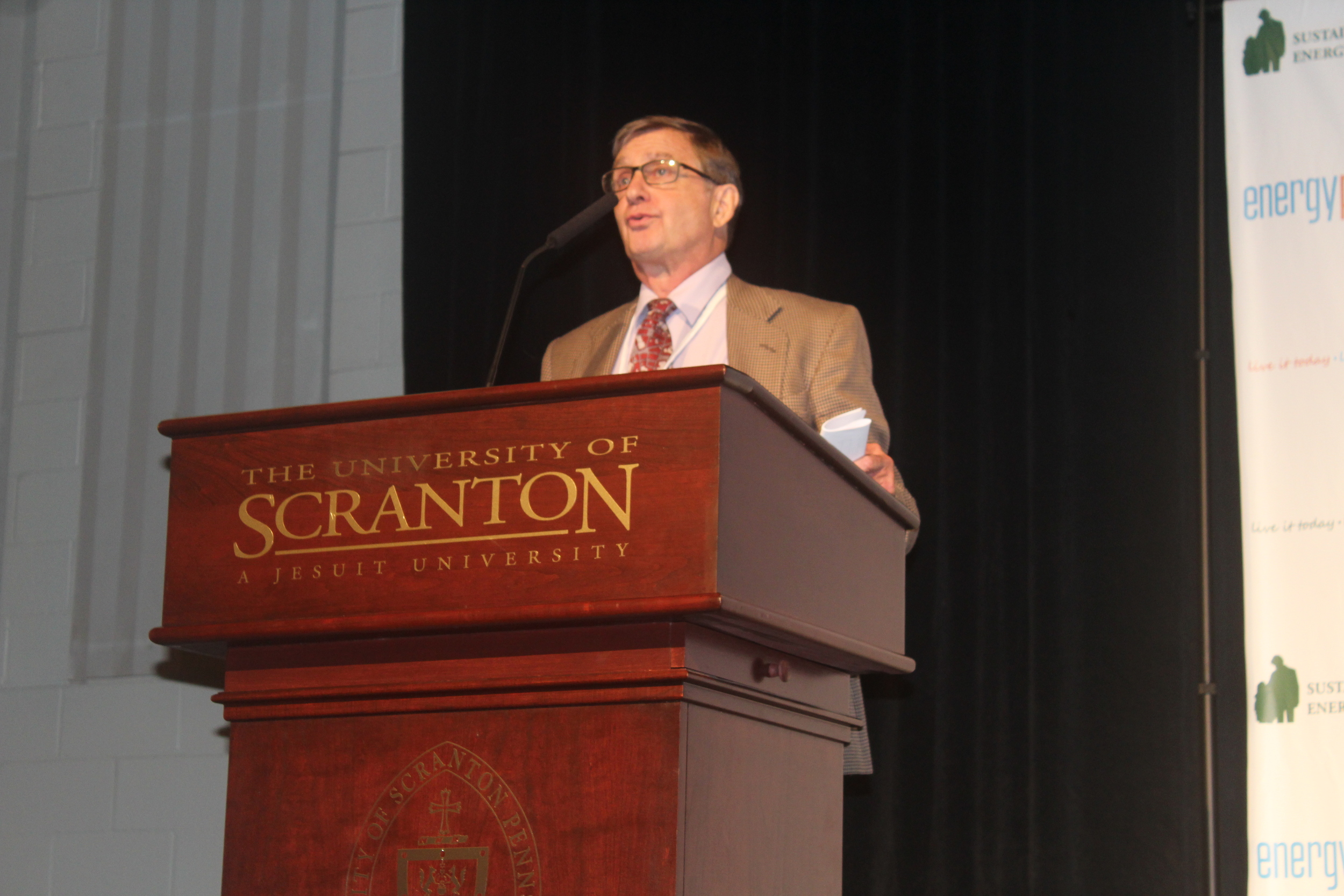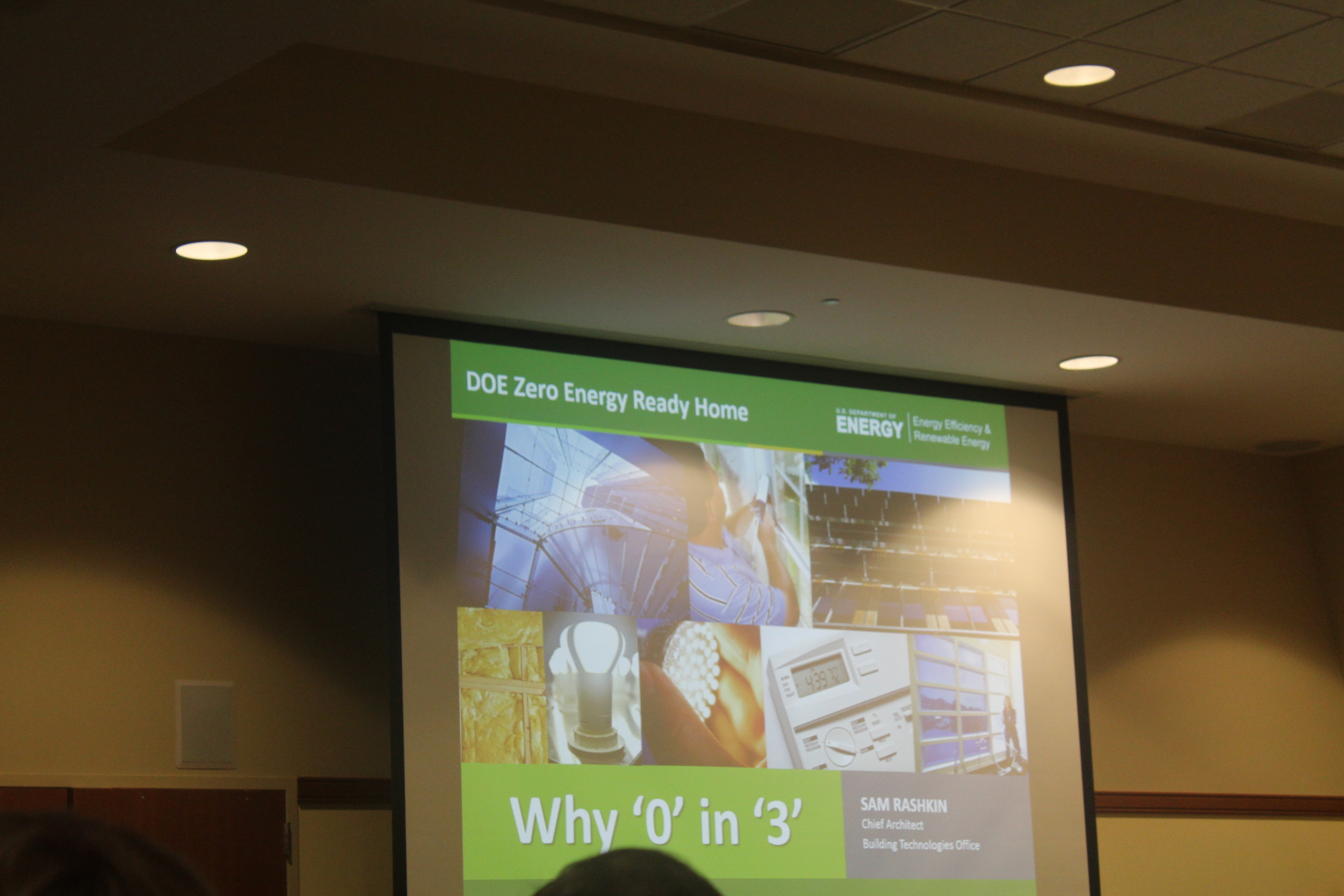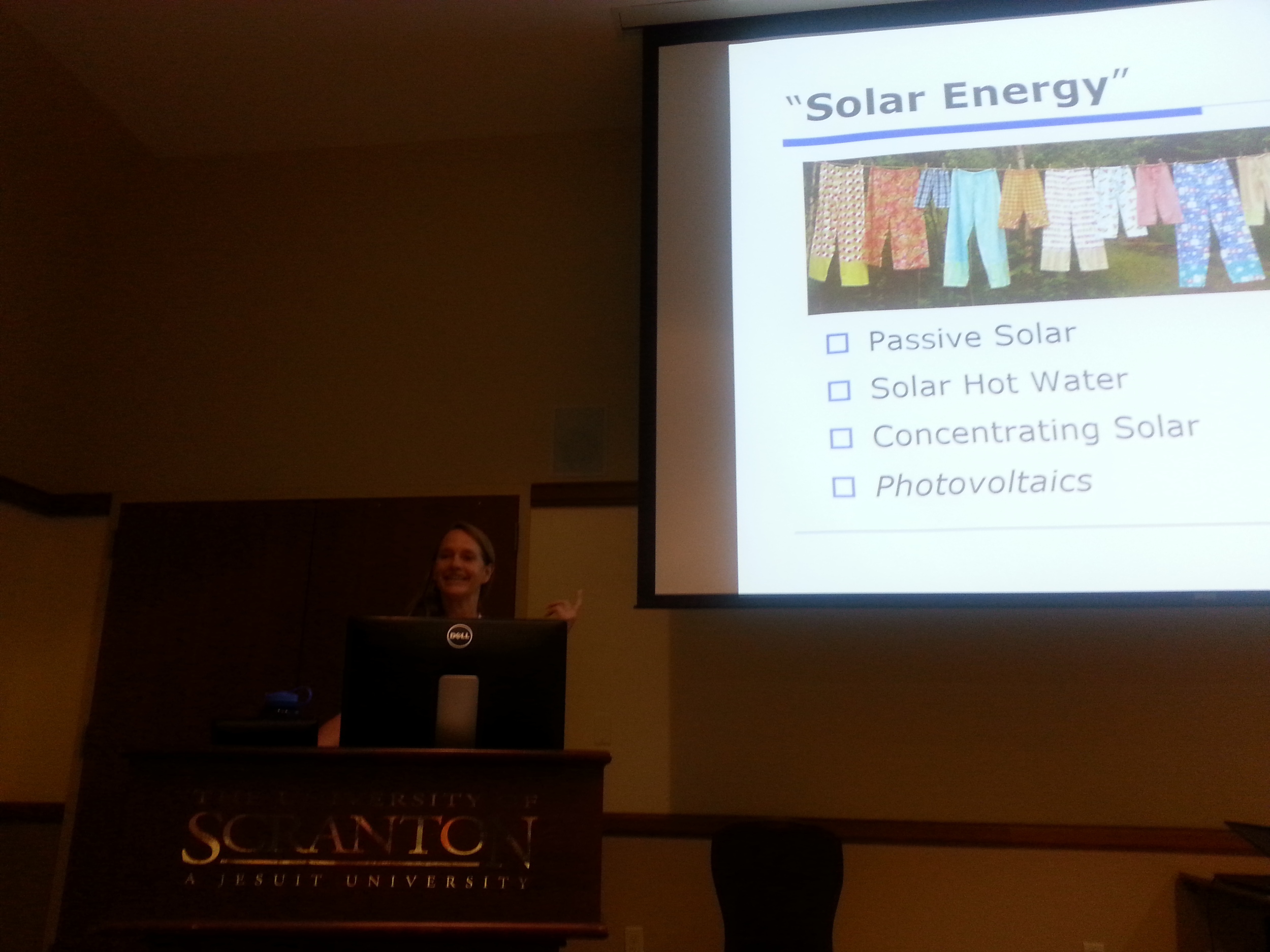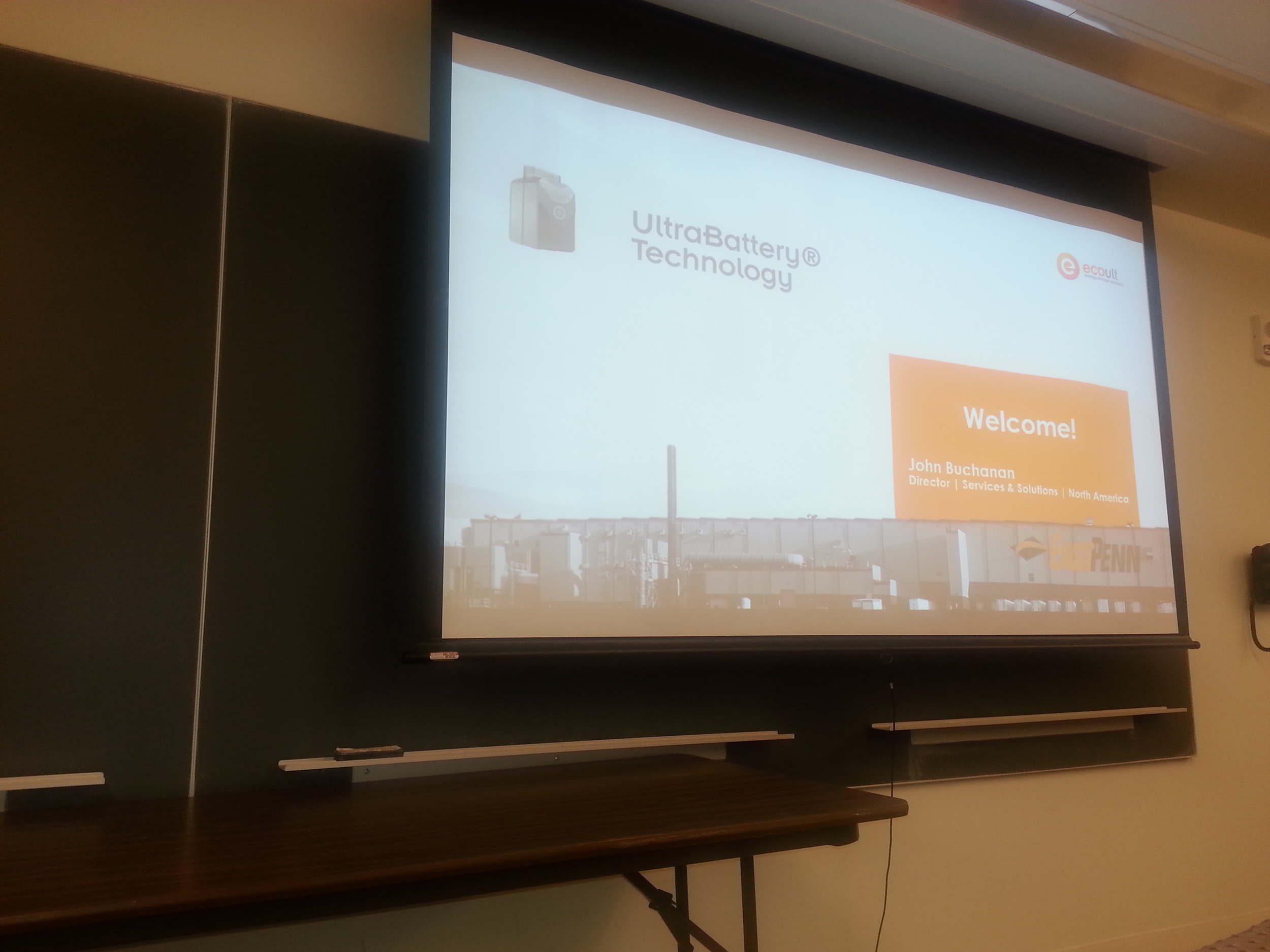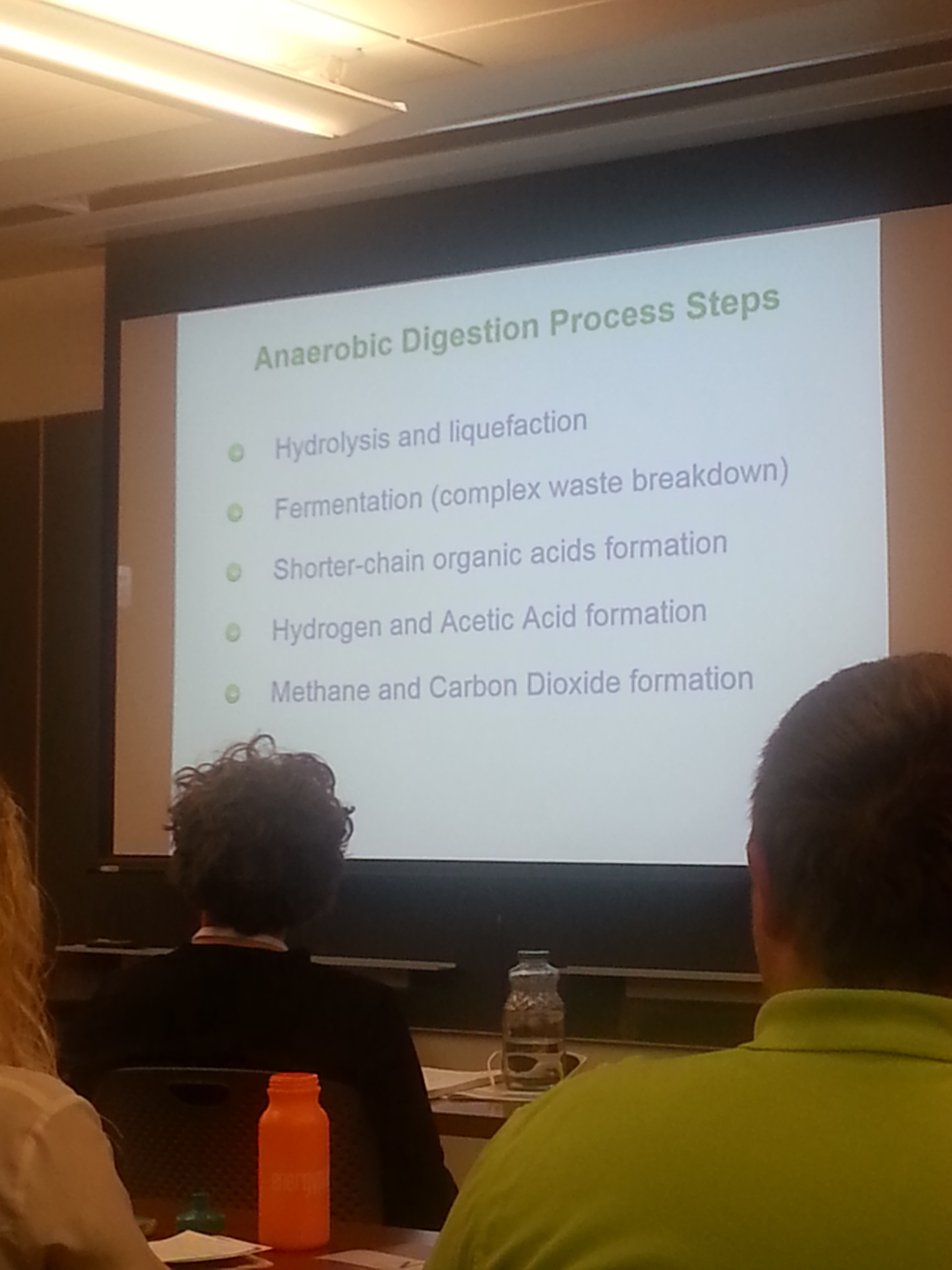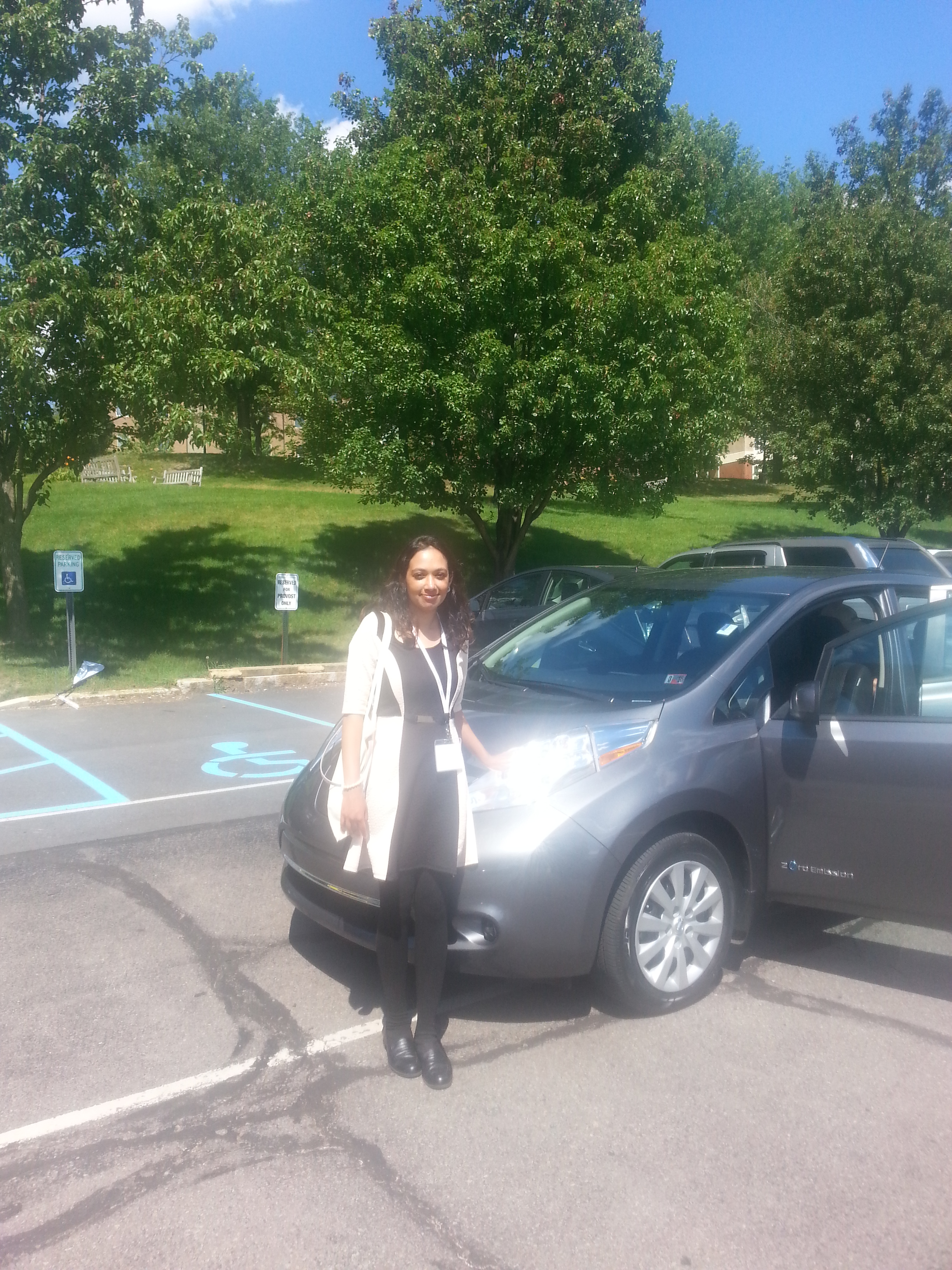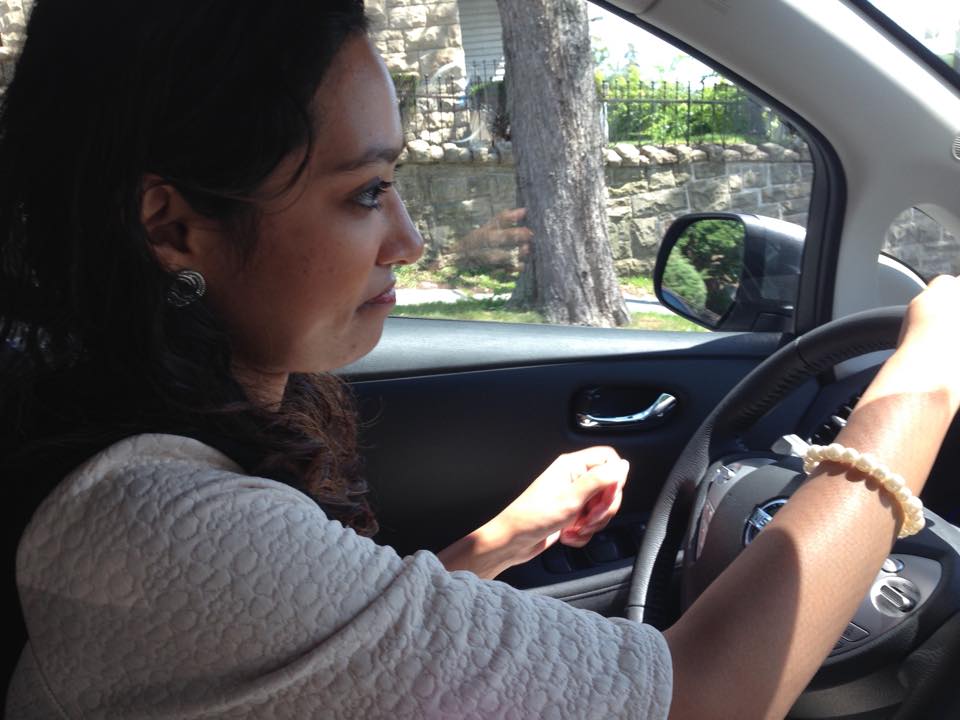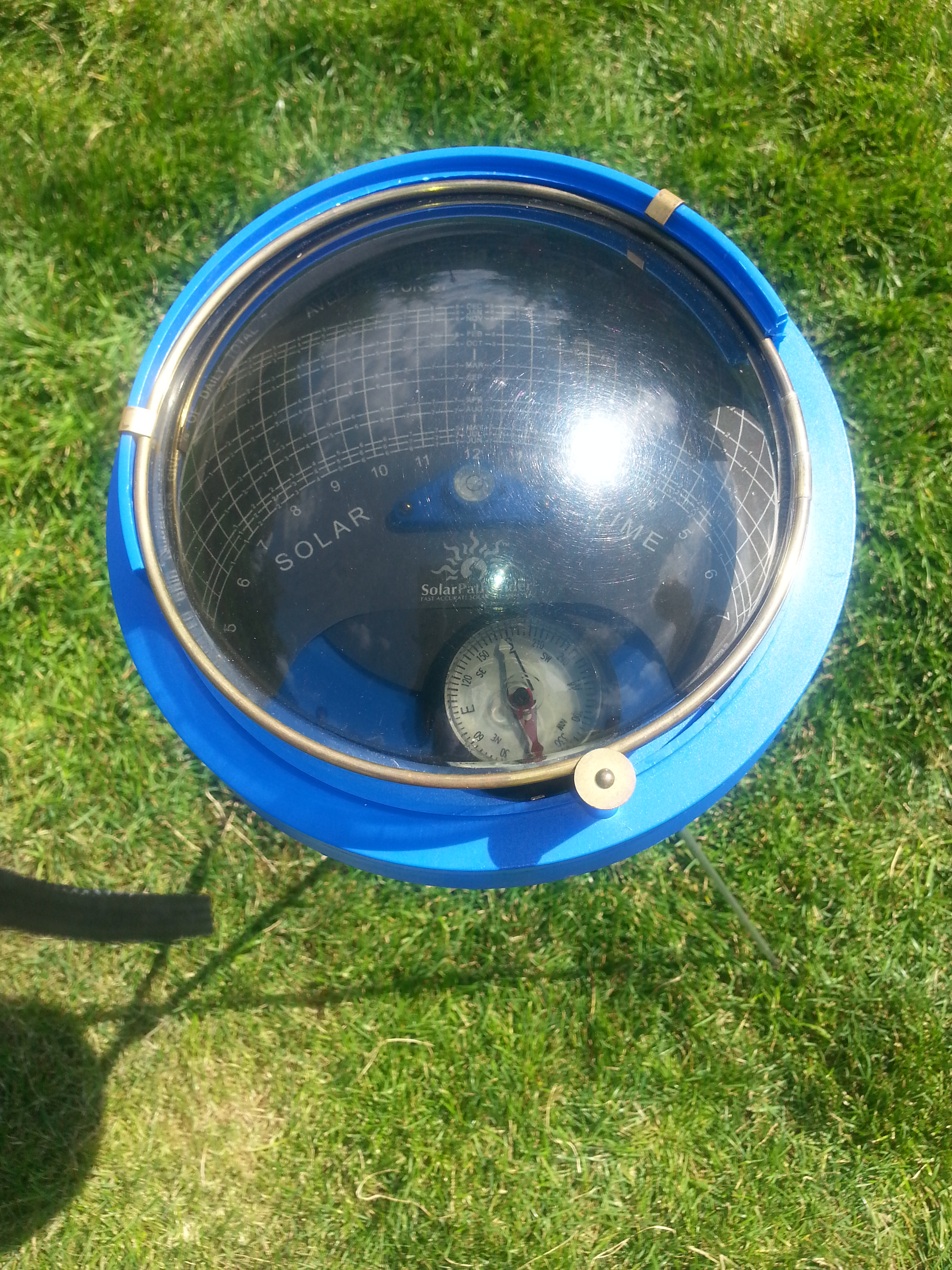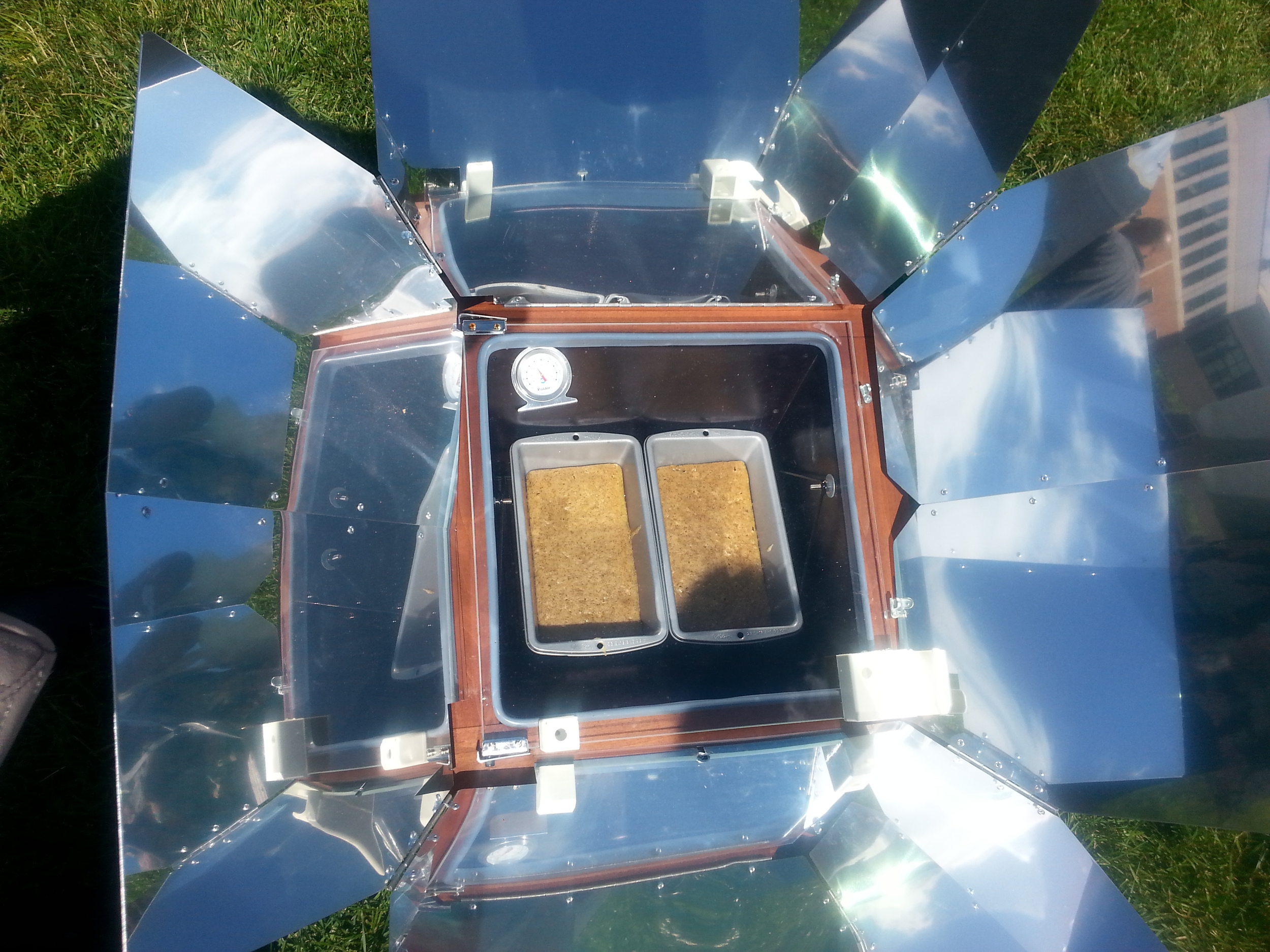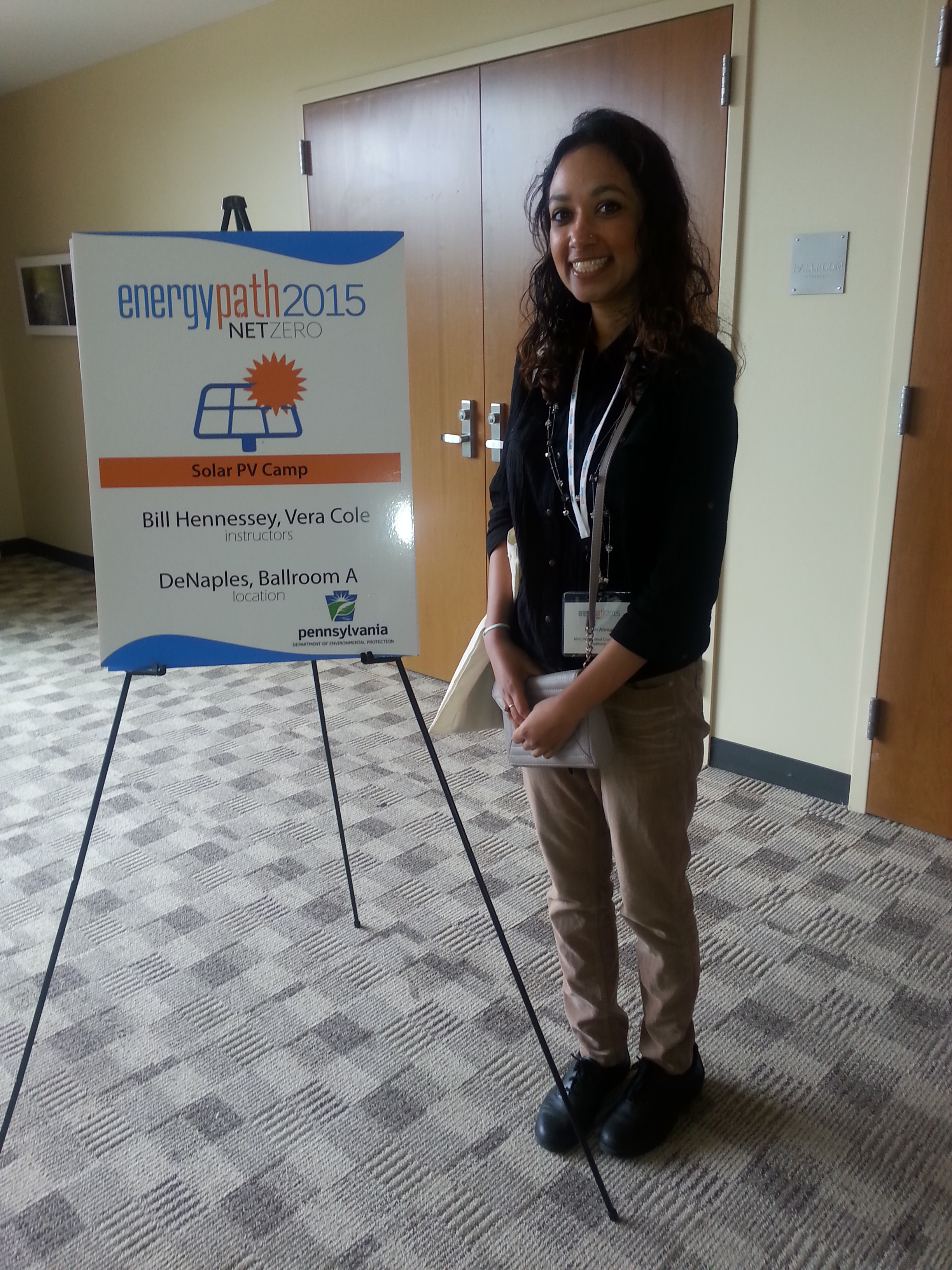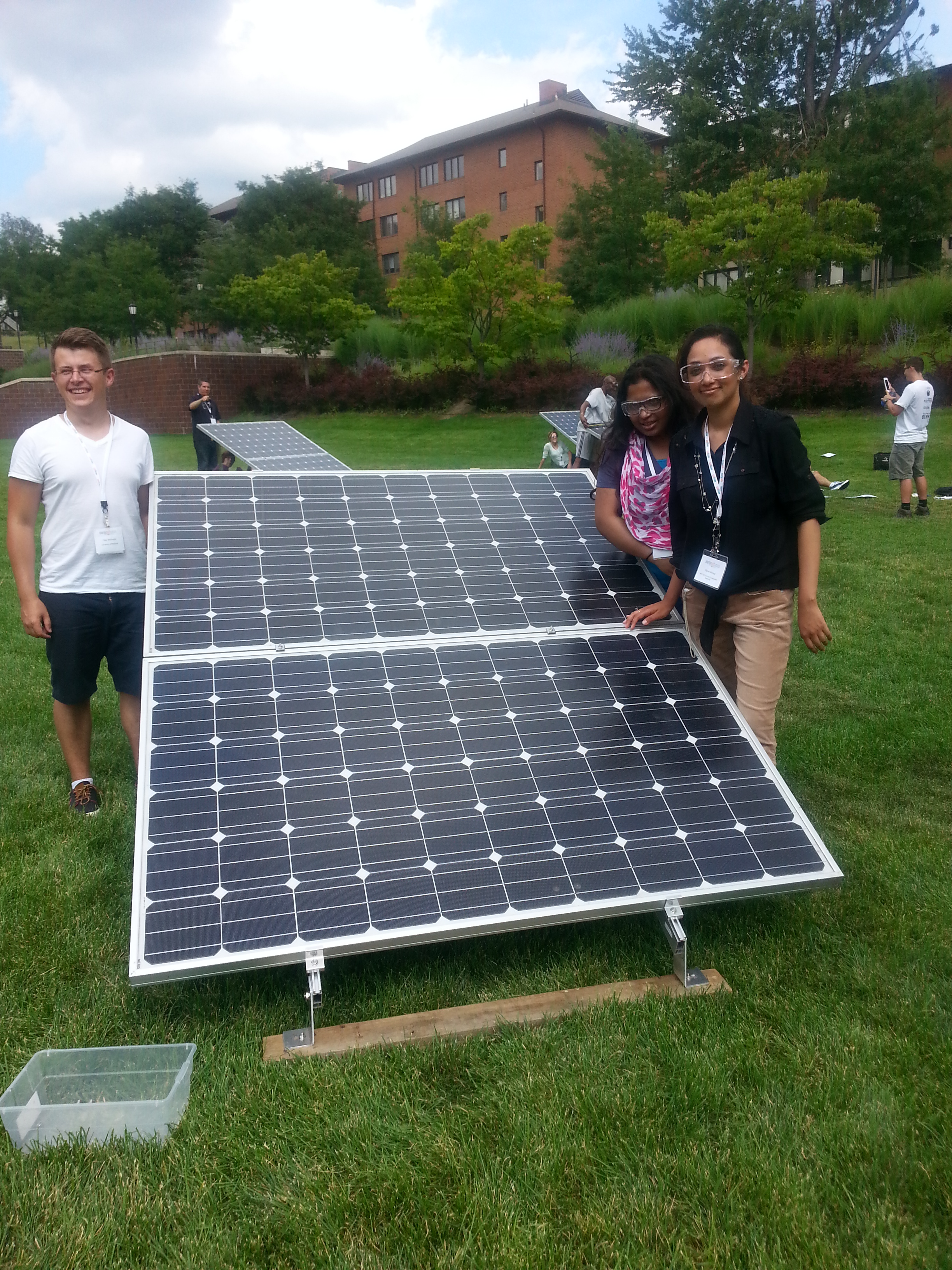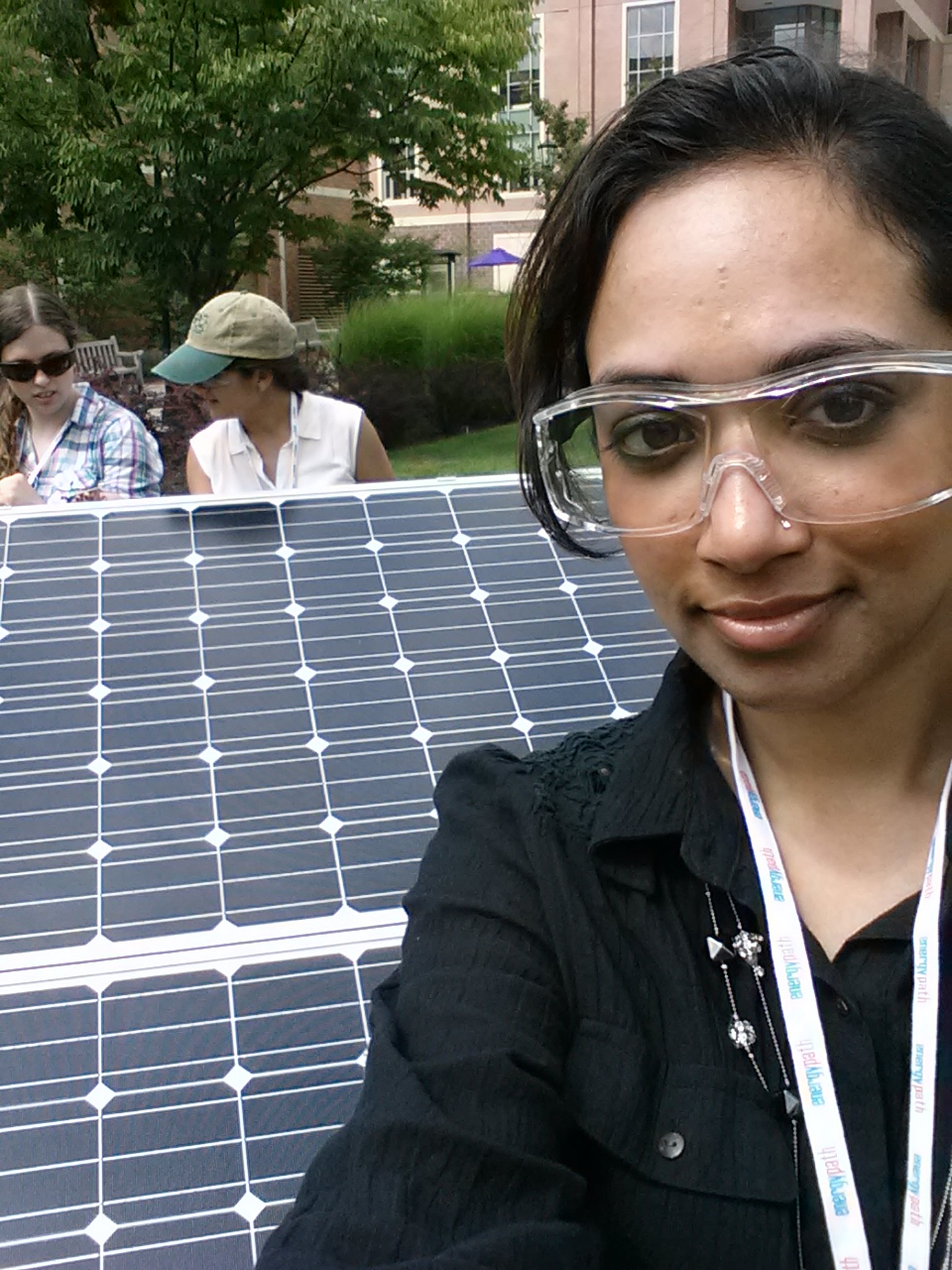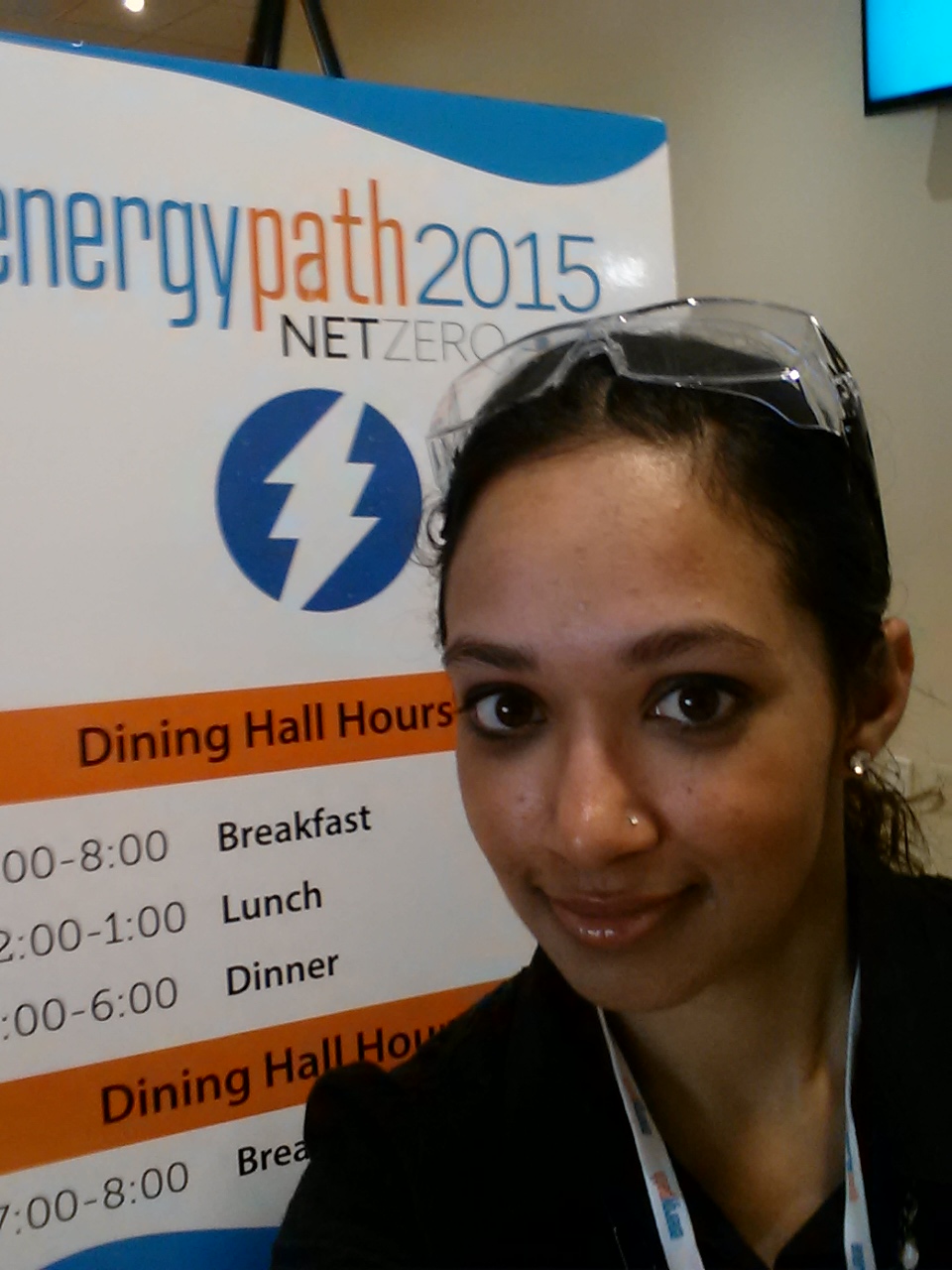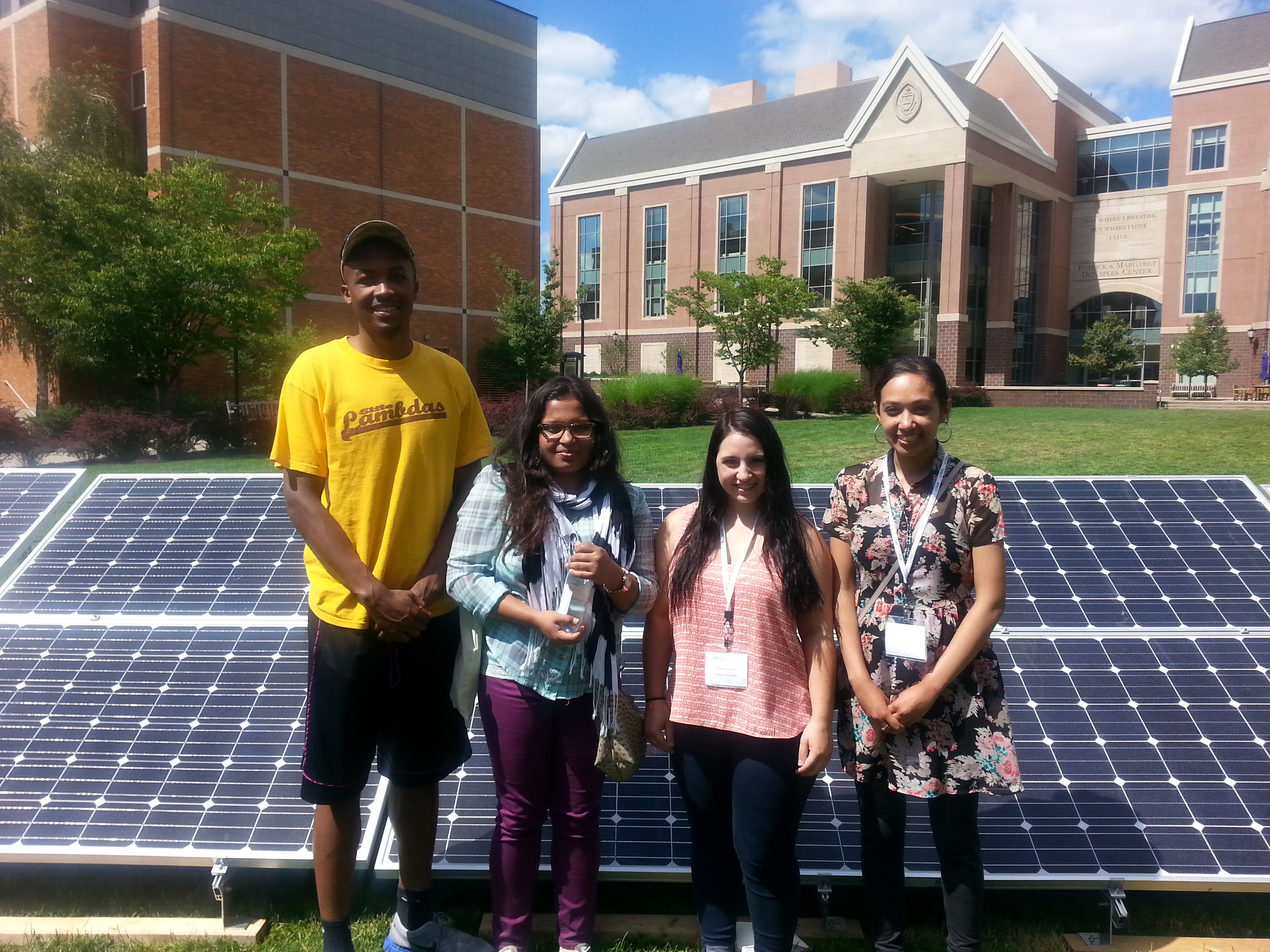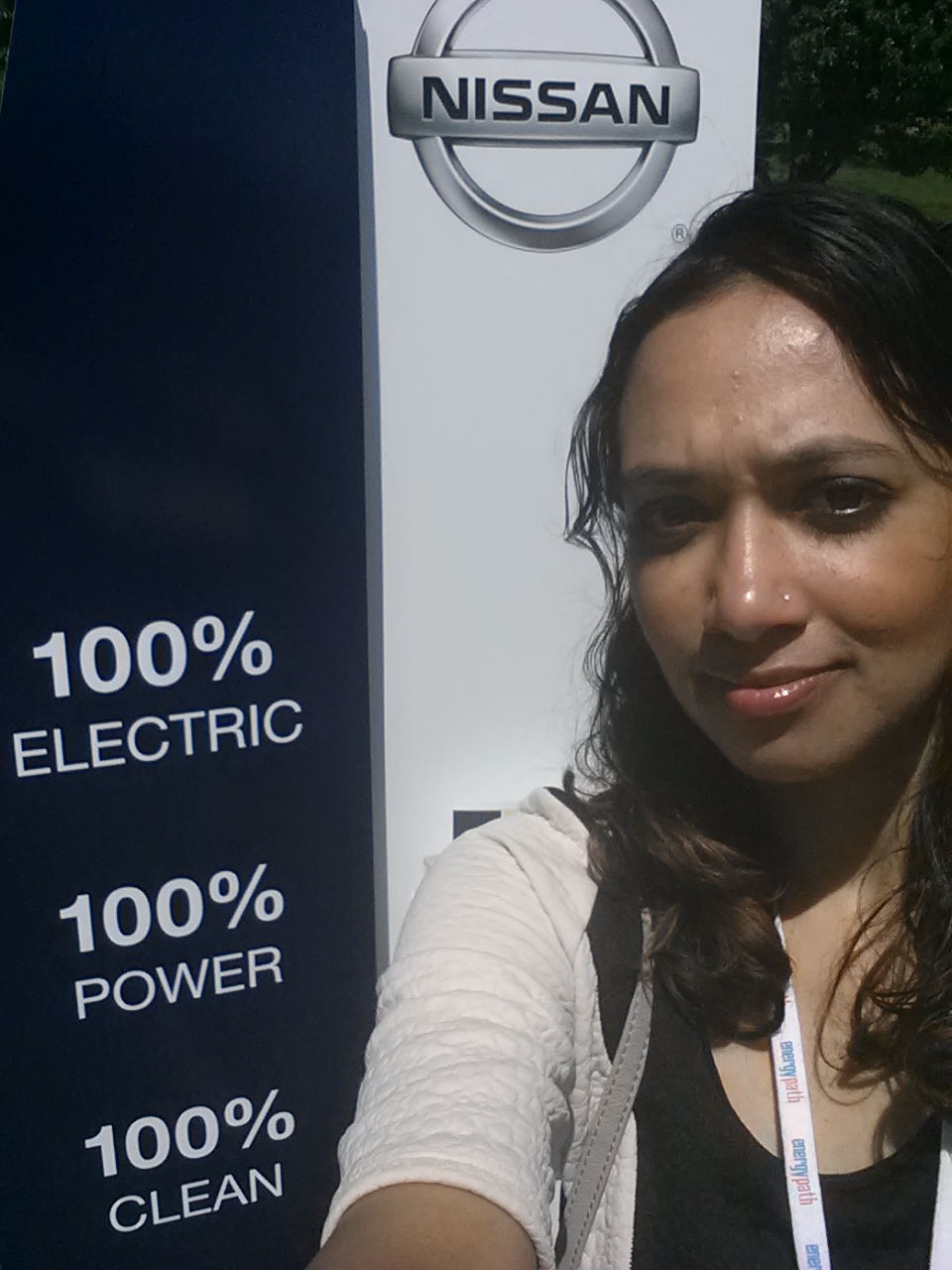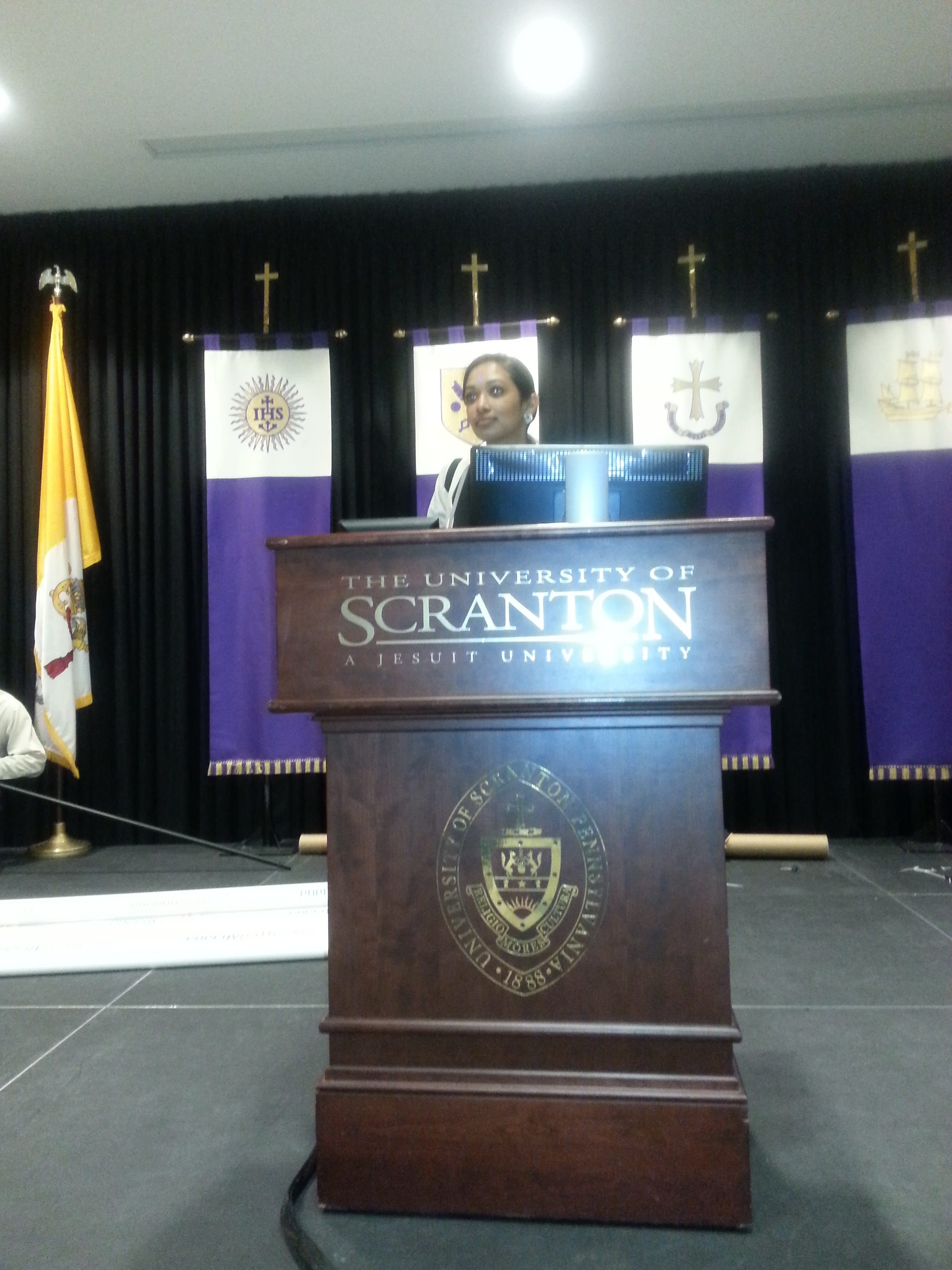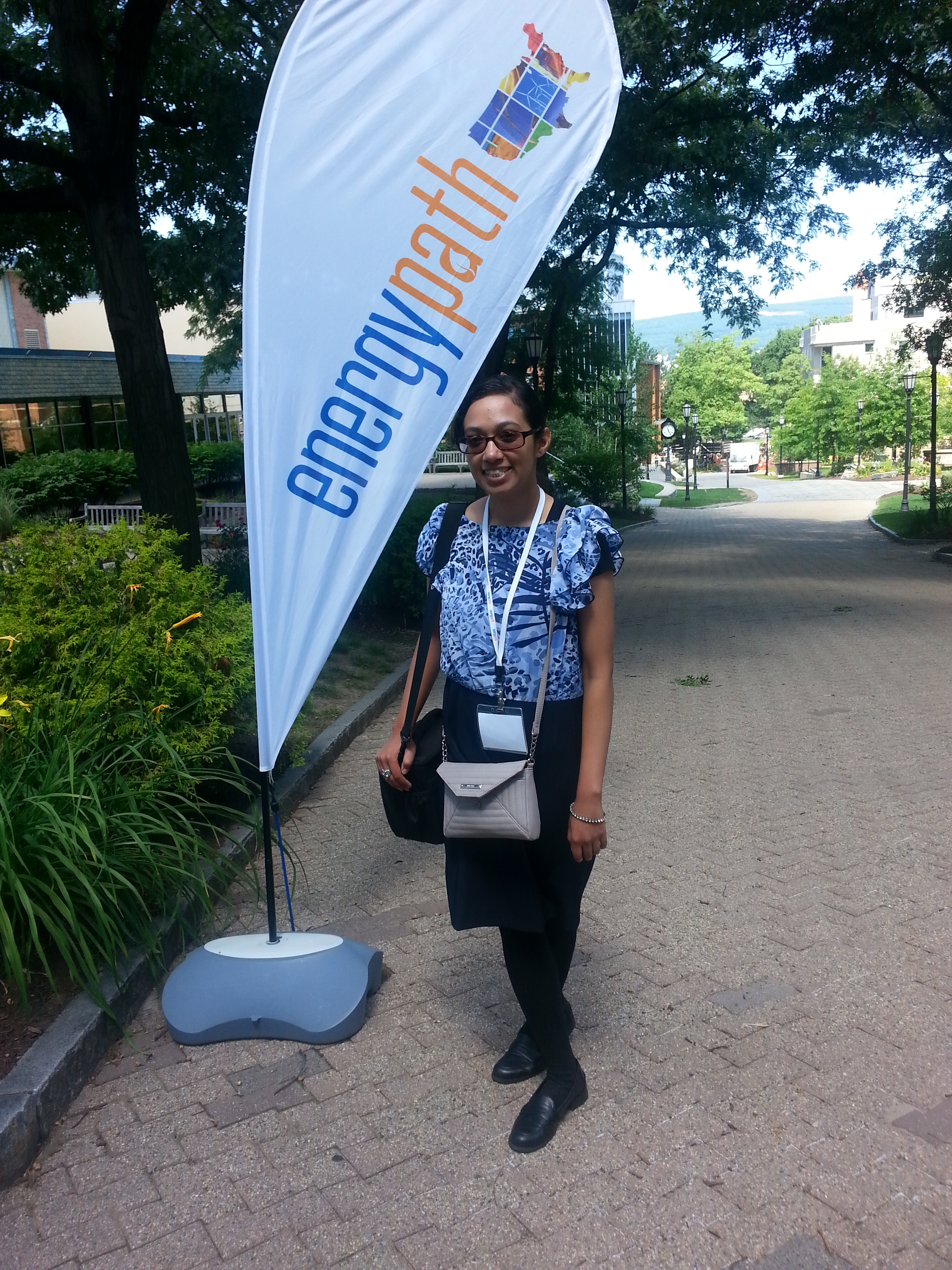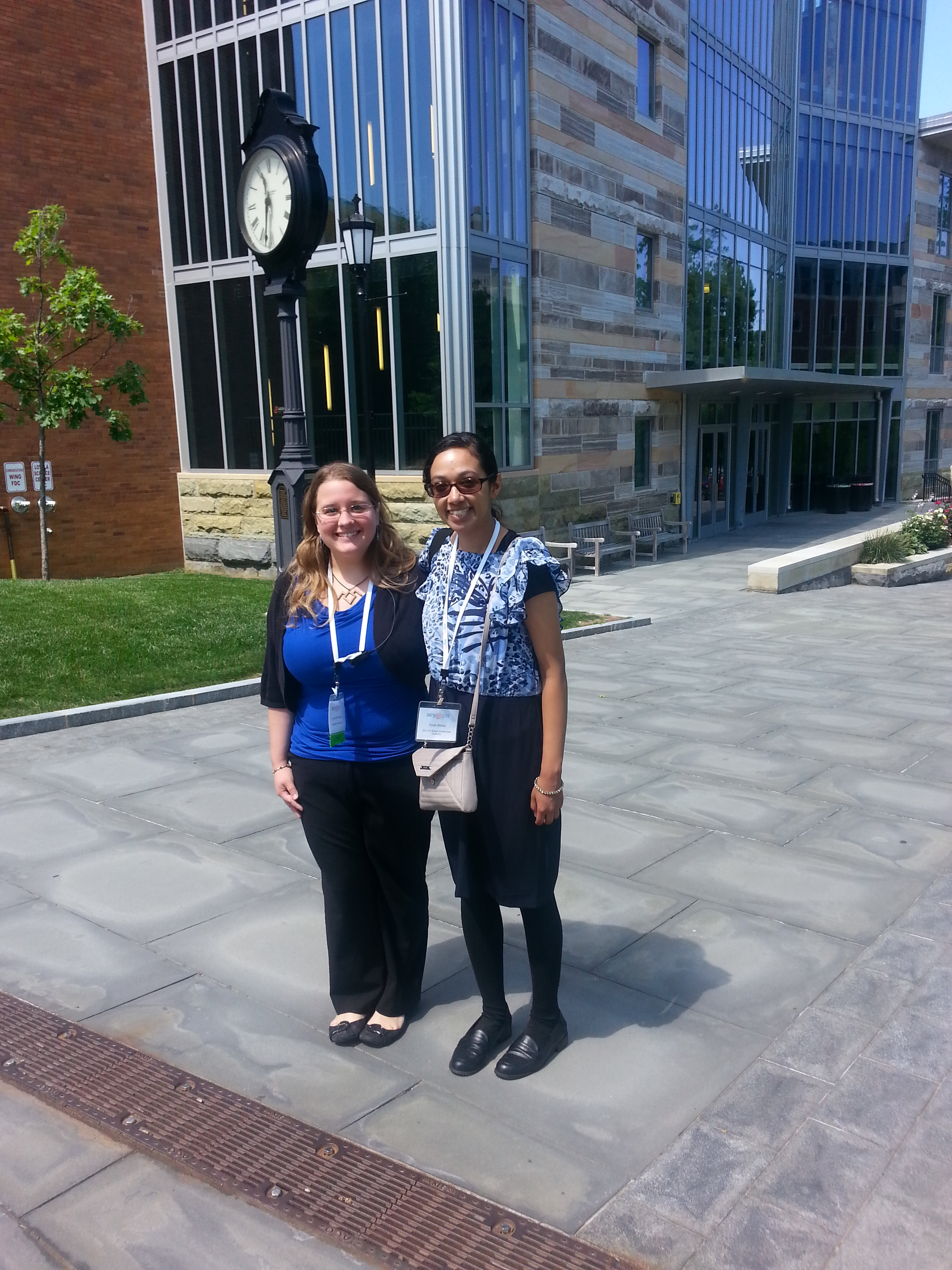SIGNATURE CEREMONY
NEW YORK CITY I APRIL 22, 2016
The historic debut and display of democracy inside the General Assembly Hall of the United Nations Headquarters in New York City was a captivating ceremony that drew the eyes of the world. I sat with other members of Civil Society (non-governmental) in the balcony of the General Assembly Hall, the area allocated for non-member states. Each of us was incredibly excited for what was to follow, as we knew we were about to witness history. Only weeks prior I had filled out the application to attend, expressing my personal commitment and professional experiences in climate change action. I was truly thrilled I would be experiencing these moments with my own eyes!
As a sustainability professional in Architecture based in New York City, I am adamant that my profession has a huge burden to dispel many of the adversary effects of climate change. Here in the United States, buildings represent nearly 40% of greenhouse gas emissions! Seven years ago, I vowed that energy efficiency and the environment would become both my social cause and career platform, within the track of Architecture. I've since embarked upon a number of projects and engaged with dozens of professionals, in order to expand my knowledge base and serve my community!
The balcony of the General Assembly Hall slowly started to fill at 8 AM, a vibrant buzz in the air filling any remaining voids of the space. To my amazement, I happened to be seated directly behind Zhang Yue, Chairman and CEO of Broad Group. Only months earlier, I had been watching a BBC Documentary on 'Sky City', which if built as planned, would be the world's tallest skyscraper. Additionally, its one-of-a-kind method of prefabrication and assembly would be conducted in a record breaking amount of time. The Broad Group conceived an assembly time of only 90 days for a 202 story tower. The project has not yet been built as it has undergone miles of red tape. I remembered watching Zhang Yue on television as he spoke of dedication and discipline in working towards achieving his dream of a constructed reality. In person, he was incredibly humble and shared pamphlets with me on the project's concept. If this was how the day was beginning, I knew I was in for a treat.
At 8:30 AM sharp, the Signature Ceremony commenced, hosted by United Nations Secretary-General Ban Ki-moon. The international delegates who had flown in were thanked for their leadership. "Climate action is essential," Ban Ki-moon adamantly stated.
The necessity of the future generation to get involved was recognized several times throughout the ceremony. Dozens of children lined the aisles of the ground floor of the General Assembly, while a video montage displayed snippets of international alliance and action urgency. "We need to listen to young people," Ban Ki-moon reiterated.
The Signature Ceremony marked the next step for countries to cement the commitment that was declared forth in Paris in late 2015, at the United Nation's Conference on Climate Change, at the 21st annual COP (Conference of the Parties). Here, discussions revolved around the United Nations Framework Convention on Climate Change, an international treaty marking global cooperation on climate change, set in 1992.
The next level, which took place in New York City on Earth Day 2016, involves signing the COP21 Climate Change agreement. On Earth Day 2016, 175 countries officially signed the agreement. 15 countries went one step further and submitted their instruments of ratification, or action plans for climate change. Additionally, some nations have already ratified the agreement in their home countries while at least 10 other countries, including major powers United States and China, have promised to ratify it at some point this year.
Joining the UN Secretary-General on stage was French President Francois Hollande. France was the first country to sign the agreement at the ceremony. Also present was COP 21 President and France's Minister of Ecology, Sustainable Development and Energy, Ségolène Royal.
Ban Ki-moon also invited several speakers to relay the message of climate change action. Several leaders spoke expressing their country's commitment, speaking for 3-10 minutes. Canada's Prime Minister Justin Trudeau received a warm applause as he stated, "We are all equal to that challenge [of climate change]." India's Anand Mahindra, representing the business world, advocated a "transition leading to 100% renewable energy in the future." Indigenous rights activist Hindou Oumarou Ibrahim delivered a fresh perspective, highlighting destitution on this international platform. Climate change, she says, is "adding poverty to poverty everyday."
United States Secretary of State John Kerry was greeted with much praise as he was present to sign the Climate Change Agreement for America. "The power of this agreement is the message that it sends to the marketplace," citing the allocation of capital and entrepreneurship. "The United States looks forward to joining this agreement." He brought his granddaughter with him, as he signed the agreement, underscoring the role of the younger generation.
Rounding out the speakers was actor and environmentalist Leonardo DiCaprio who made quite the impression. DiCaprio declared climate change is the result of human action, contrary to the small percentage of critics who have chosen to ignore the roots of this impending disaster. He stated fossil fuels should stay in the ground and denounced the role of corporations who mine these resources for profit, to which the audience applauded loudly. DiCaprio has traveled the world widely and described the devastating effects of climate change he was witnessed around the world. DiCaprio urged each delegate to go back to their country and implement change, or else the agreement would mean "nothing."
After the speakers commemorated the cause, each country was called up one by one to sign the agreement. It's hard to explain how moved I was to see the delegates of each country- Heads of States and Governments, Vice Presidents, Prime Ministers, Ministers of Finance, and Ministers of various departments pertaining to energy and the environment- walk up to the stage and officially pen their commitment!
I'm sharing some of my personal photos and videos from the event in order to try and capture the grandiose moments. In the meantime, check out the list of countries who were present and see if YOUR country has stepped up its commitment! Follow their progress and spread the message! We can all support our nations and play a role.
Want to start taking quick steps in the battle against global warming? Check out 'The Lazy Person's Guide to Saving the World.'
One more thing.. leave your feedback below! I would love to hear your thoughts.
Click the arrows below to view some captured moments. You can view my videos here.






























